Instagram Inspo Halloween is a popular holiday in the United States and many folks love to get into the spirit. One way to insert a little spooky into your life is to create Halloween inspired layouts in your bullet journal. Check out these Instagram posts. Halloween DoodlesAnother way to add Halloween flair to your bullet journal is to draw some spooky doodles on your layouts. Here are a few of our faves. Follow us on Insta over @moxiedori for more spooky doodles. October CalendarThe Halloween bullet journal stencil is shaped like a cat and contains six spooky elements. This video tutorial will show you how to make this October calendar using the gravestone element. The Tombow MONO Drawing Pen 03 is great for adding detail lines at the bottom of the gravestone You can also use a grey Mildliner to create a drop shadow on one side of the gravestone. October Bucket ListThis October word art is a spin on the traditional bucket list. Using a pencil, trace the outer edge of the Halloween stencil to create cat shaped container for your words and phrases. Pen your bucket list in various fonts and in varying directions. I suggest you use a Tombow MONO Drawing Pen 05 to pen your word art so the lettering is thick enough to create the overall cat image. When you are finished, erase your pencil markings. Geometric Bat Mood TrackerDraw a bat on your journal page and use a straight edge to create 31 geometric pieces inside the bat. Decide on your color coding system and create a color coded key for your moods. Zombie October Goals LayoutLooking for a fun way to create your monthly goals page? Zombies!!! This layout is created with the zombie arms on the Halloween Stencil. Just daube the zombie arm element with Distressed Ink in Wilted Violet and Twisted Citron. I find that outlining in an 03 or 01 black pen makes the Distressed Ink really pop off of the page. Spooky Bat WeeklyThis spooky bat weekly is so much fun! Draw a bat onto a piece of black card stock. Cut out the image and glue it to your journal pages using a Tombow adhesive. Next use a Sakura White Gelly Roll 08 to pen the days and dates on the bat. These large card stock bats can also be used as home decor. Place some double stick tape on the back of the body, fold the wings a bit and adhere to your wall. More Halloween InspirationYou can find even more Halloween journaling inspiration on this Halloween Bullet Journal Pinterest board. Remember to follow us on Pinterest as we are always adding more great links to our over 40 bullet journaling boards.
Want to learn how to make the most effective habit tracker? Chances are you've played around with a few different types and perhaps haven't found the one that works best for you. You might find the right fit in one (or more) of these three habit trackers. 1. Weekly Grid Habit TrackerThe Weekly Grid Habit Tracker hones in on six or fewer habits. Maybe these are the habits that glue your life together. Maybe three of these habits are old hat and three are behaviors you are trying to turn into habits. Or maybe you are just paying attention to how many times per week you do these things. Regardless, this handy little 6 by 7 grid box tracker can be made quickly with The 4 Piece Essential Stencil Set. You can use Distress Inks or a damp makeup sponge and watercolors to create a colorful grid. Then you can trace the box in black pen once you've completed the habit. (Pro tip: I find if the habit tracker is a bit of eye candy, I tend to use it more.) This tracker will more than likely live on your weekly spread, where it will be easily seen and therefore worked. Seeing the tracker there will be the trigger to get the behavior chain going and the habit formed. 2. The Graduated TrackerSome habits or tasks are not all or nothing, right? Maybe you didn't walk 10,000 steps today but dang it you walked 7,667! Or maybe you went above and beyond and walked 15,000. The Graduated Tracker shows if a habit/goal/task is complete or if it is partially done. It also allows room for growth to show that you surpassed your initial goal. For example, if I decided to tackle Mt. Laundry on the day in the photo below, I could use the 4 Piece Essential Stencil to pen in another square or 2 and color them in as I completed additional loads. Likewise, if I wash and fold but don't put away, I only get to color in part of the box. Make the plan, work the plan. Wash, rinse, repeat. 3. Completed Task TrackerThe Completed Task Tracker is an alternative to the full page monthly habit tracker. Just looking at all of those tasks exhaust me and I never remember to flip to that page and fill the boxes in. The result is a depressing page of incomplete tasks every month. The Completed Task Tracker is more of a "Done" list than a "To Do" list. You list the habits or tasks you would like to complete. Then you pen a box (or a star, heart, or water drop) after the task and color it in when you complete it. If you want to reset your goal, draw another box and go for it! This way you'll see a tracker of the habits and tasks you have completed. Habit Trackers are great ways to maintain or create new habits. They serve as triggers for the desired behavior and act as accountability. Your challenge is to find the tracker that works for you and not the other way around. Best of luck! If you have any questions or want to see more tips and tricks like the ones you saw here, hop over to our Facebook Group Bullet Journaling Tips and Tricks. We also have a curated Pinterest Board of Bullet Journal Trackers over here. Being present in the moment has numerous emotional and physical benefits. Besides facilitating an overall feeling of well-being, mindful presence can lower blood pressure, reduce stress levels, improve sleep and much more. It most likely won't surprise you to hear that your bullet journal is a fantastic tool to help you be more in the now. Here are five tips in using your bullet journal to stay present in the moment. Document the Past |
| Want to keep on doodling through December? Add thirty-six fun November and December doodles (Thanksgiving, Fall, Christmas, New Years, Winter, etc.) to your calendar, journal, or planner today with these easy how-to guides. Get your immediate Fall & Winter Doodle Book here. |
Stars
Spring Cleaning
Floral
Spring Green
Honey Bees
Dream Catcher
Plant Doodles
Feathers
International Women's Day
Mandala
1. What worked?
Look back through your 2021 bullet journal and take a look at the layouts that worked for you. Make a note of the layouts with lots of scribbles and check marks. The most used layouts are usually the messiest ones. Did you live in your weeklies? Are those dailies where you nailed your time blocking? Did your tracker keep you honest with yourself? Whatever worked in the past will most likely work in the future, so plan to do that again.
2. What didn't work?
Now flip through those 2021 pages again. Which spreads did you use? Did you set up that "Books to Read" layout and never use it? Did you consistently fill out that tracker or did it stress you out and you left it blank? Nix all of those layouts that you didn't use, the ones that made you feel bad, the ones that felt like a chore with little return and move forward. No guilt.
3. Try something new
1. Divide Your Page
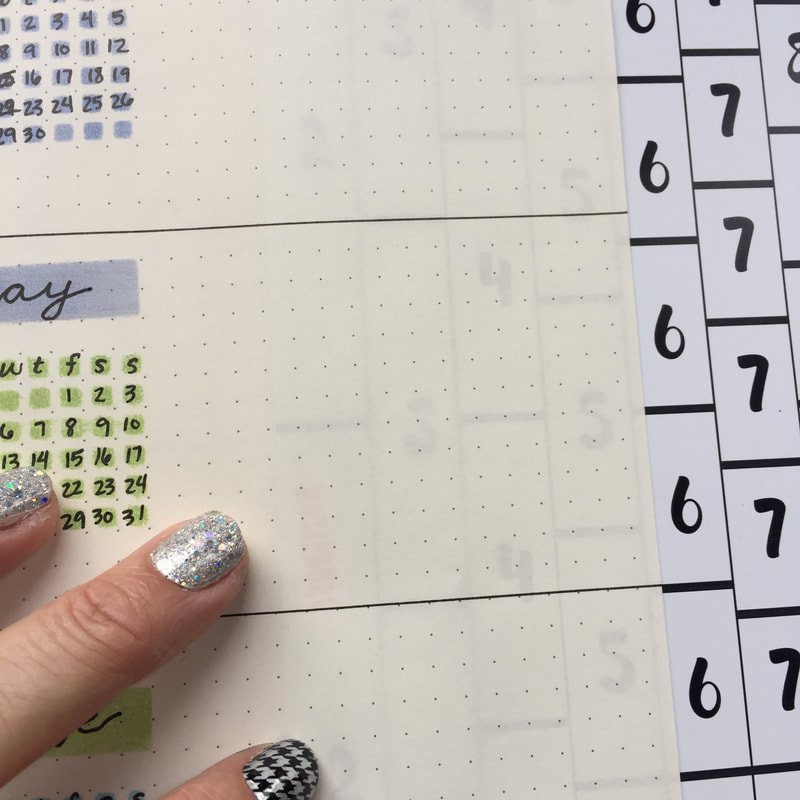
2. Create your Mini Calendars
3. Log Important Dates
1. Don't fixate on perfect.
2. Don't make all of the layouts.
3. Study the original system.
Need more support? Join our FB group Bullet Journaling Tips and Tricks.
Everyone deserves the bullet journal they desire. If you want adorable woodland animals, graceful fall leaves or cozy cups of coffee on your bujo pages, you should have it.
Keep reading and watching to find out which tools and know-how you need to create gorgeous bullet journal layouts you will be proud of.
1. Woodland Animals
Check out the little how to video below to see exactly how to make a fox wreath.
2. Fall Leaves
3. Hygge
You CAN draw and you can create gorgeous bujo layouts!
XOXO,
Amy and Kris
Back to school 2021-2022 is upon us!.
Is your student need support prioritizing and ordering the steps in a project?
Are assignments coming in from multiple platforms?
Does your student need to take class notes but they are not sure what to write down?
Are you exhausted and stressed from keeping all of this straight? Sad from the strain it is putting on the relationship with your child?
Use a Student Planner Notes Guide to create a notebook that organizes:
*schedules
*assignments
*class notes
*project details
* task lists
*teaches kids how to document and keep information straight
* helps them remember their schedules and assignments
* fosters independence
* forces responsibility
Finally, a student planner provides the academic accountability needed so you as the parent can step back from the intense monitoring and prompting.
Sound good? Of course it does. Let's do this.
Grab a Composition Notebook
Not sure how to set up or where to start?
This student planner tool breaks it down and creates layouts that are proven to work. Finally - a place for everything and everything in one place!!!!
Watch this 2 minute video to see how the Student Planner Notes Guide works. Make student layouts fast and easy. Most importantly - help your child become more independent and responsible for their learning.
Grab Your Student Planner Notes Guide Now!
Use the Student Planner Notes Guide to create the academic independence and responsibility that your entire family needs.
Happy 2021-2022 School Year!!!
Best,
Kris & Amy
Mind maps are a great way to get cognitive clarity. They are used to visually organize information and the relationships between concepts. They serve as a mind sweep and a path of action.
So grab your bujo and a pen and let's create some clarity out of chaos.
Step 1: Choose a Focus
Usually if you create a plan of action about that thing, your path to peace of mind becomes more clear. I needed to make headway on a few household projects that were feeling like a whack a mole game, so that's what I chose.
Step 2: Pick 3 or 4 Key Areas of Action
Draw lines from your center main focus to your four key concepts to document these areas of action.
Step 3: Action Steps
Step 4: Work the Plan
Now go get it!!
We would love for you to share your mind maps with us in our bullet journaling FB group called Bullet Journaling Tips and Tricks. We host a group of 26,000 kind, supportive and inspiring bullet journalists over there.
| Over the last seven weeks, we've donated mask extenders to quite a few Cleveland nonprofits and healthcare institutions. Yesterday we paired 25 of our mask extenders with 25 white cotton masks that we received from the state of Ohio that aren't needed by our own employees. I had the privilege of dropping this donation off in person at Edna House, an organization in Cleveland that gives women an opportunity to recover from alcohol and drug addiction by providing a safe, sober place to live. |
| Jenn Lasky, Edna House’s Executive Director, was recognized in 2019 as one of Cleveland Crain’s Business Magazine’s “Notable Women in Nonprofit”. Providing these services, especially during these exceptionally challenging times, is so incredibly important. Thank you to Jenn and all her staff, for what they do, each and every day. To learn more about Edna House visit https://ednahouse.org/ |
They keep us nourished, healthy, safe and alive. They sacrifice their safety and their family's safety and comfort for us. We see you and we are grateful.
If you would like to place a bulk order for a hospital, restaurant, grocery store or other workplace, please contact us for a special rate. Our hope is to get these in the hands of the people who provide our food, keep us safe and nurture our health.
Who is your favorite essential business worker? Give them a shout out on the MoxieDori FB page. We would love to fill our page with stories of gratitude and hope.
I'm with you. Or at least I was before I was recently introduced to the brain science behind habits and routines through the work of Charles Duhigg, author of The Power of Habit: Why We Do What We Do in Life and Business. Multiple whitepapers, TED, and TEDx Talks later, I started thinking about how to bring Duhigg's Habit Loop to my journal as a way of stopping or forming those habits I'd been so optimistic about in January.
Here's how I changed my habits (and you can too)
| Ask yourself what happens leading up to the habit you want to stop and write it down in the first part of the loop. In my case it was that every weekday afternoon, I would stop working and come downstairs when our kids got home from school, they'd fix themselves a snack, sit down at the table to eat it before starting their homework, and fill me in on their day. While there with them, I would also help myself to a snack - caloric intake I did not need. |
| For every habit, there's a feel-good reward - which is why it becomes a habit. The reward is not the drink, the snack, the sweet, the unnecessary purchase, the screen time, etc. We're depleting not treating ourselves with those things once they become habit. The reward is the actual positive thing you seek and/or get from the habit, like social interaction, a mental break, a sense of control, relaxing after a long day, etc. Duhigg says we need to figure out what the reward actually is, and we do that by varying our routine. |
To break the habit of snacking during this part of my day during the week, just avoiding the CUE or the ROUTINE did not work. I would still crave the reward. Instead, I needed to alter the routine that leads to the reward.
| My PLAN: When the kids come home at 3:30pm during the week, I will head downstairs and make myself a cup of tea because I get to take a break and visit with them about their day. By making a specific plan to replace the unhealthy part of the routine with something healthy, I break a bad habit and create a new positive habit in turn. Duhigg suggests we post the plan somewhere we'll see it every day (ahem, journal) and stick to it for about a week to give it time to replace the old routine. |
| The same approach can be used to START A GOOD HABIT. I fill in my habit loop with the habit I wish to start, a cue that will trigger a specific routine I visualize, and the meaningful reward it will provide for me. My plan: When it's 5:30am, I will wake up, use the restroom, put on my running gear, go down to the basement, pull up Family Guy on the old tablet that's mounted to our treadmill, and watch/laugh while I run for 30 minutes, getting the regular exercise my body needs. |
For more information about Charles Duhigg's approach, check out How Habits Work on his website.
(No we're not getting any affiliate perks - I've just found his synopsis tremendously helpful.)
And here's where to get your hands on our Healthy Habit Bullet Journal Stencil that I used for my layouts.
Hopefully this is helpful - give it a go and see if you can successfully master those habits too!
You've decided on your word of the year so now what's next? Not sure how to connect your big intention with your goals and projects? You are in the right place. We are going to backwards design your goals, projects and action steps based on your word of the year for 2020. Let's do this thing.
Pick your Goals
My top three goals that would bring me closer to my old self were: 1. Get comfortable in my own skin. 2. Facilitate the independence of my children. 3. Take a more active role in the success of my business.
Brainstorm Projects
For my goal "Get comfortable in my own skin." My projects looked like this: Get a check up. (for the first time in a decade), get an eye exam. (also first time in a decade), lose 15 pounds, invest in a few pieces of clothing not found at Target, walk the dog an hour a day, do something different with my hair, paint my nails more often, etc.
What projects need to be worked on to make progress in your goals?
Monthly Project Planning
Choose a few projects - a balance of personal and professional. Think about the amount of action steps each project will take and be realistic and kind to yourself. Some projects will need daily attention and others will need to be worked once or twice per week. Create a mix of projects that compliment each other. Be sure to not work so many that you become overwhelmed. It's better to undershoot, feel accomplished and add more later.
Weekly Project Tasks
For example, to facilitate the independence of my children, I scheduled to teach my son how to cook one new dish per week. I also scheduled a weekly family meeting where we all decide what we want to do on the weekend, what home tasks we need to accomplish and what engagements we have coming up. Each Sunday I scheduled for the kids to put away their laundry, clean out their mudroom lockers and empty out their backpacks that were still full from Friday.
As you can imagine not everything went perfectly but progress was made.
Tasks + Projects + Goals = Word of the Year
If you liked this and would like to join our newsletter for more bullet journaling ideas, please head over to moxiedori.com and sign up.
1. Fill in the Details
2. Pen the front element first.
3. Drop Shadow
4. Layer Elements
5. Use Distress Ink

2. Make note of important days, events, holidays, deadlines.
3. Organize your thoughts.
4. Doodle and be creative.
5. Work out your weekly priorities.
6. Create habits by tracking them.
7. Break goals down into smaller goals.
8. Prioritize steps of a project.
9. Brainstorm.
10. Schedule appointments.
11. Write down daily intentions.
12. Reflect on your progress.
13. Document to remember.
14. Write down your swirling thoughts.
15. Plan for the future.
16. Manage your time.
17. Create space in your head.
18. Manage your budget.
19. Be more mindful of how you spend time.
20. Express your gratitude.
1. Brush Lettering Tracing Strips
The tracing strips come in Cursive Lowercase and Cursive Uppercase, Mini Lowercase and Mini Uppercase. They also come in Block Uppercase for a complimentary san serif print font option. Priced at less than $5 a set, these tracing strips are an affordable and unique gift.
2. Brush Pen Pouch
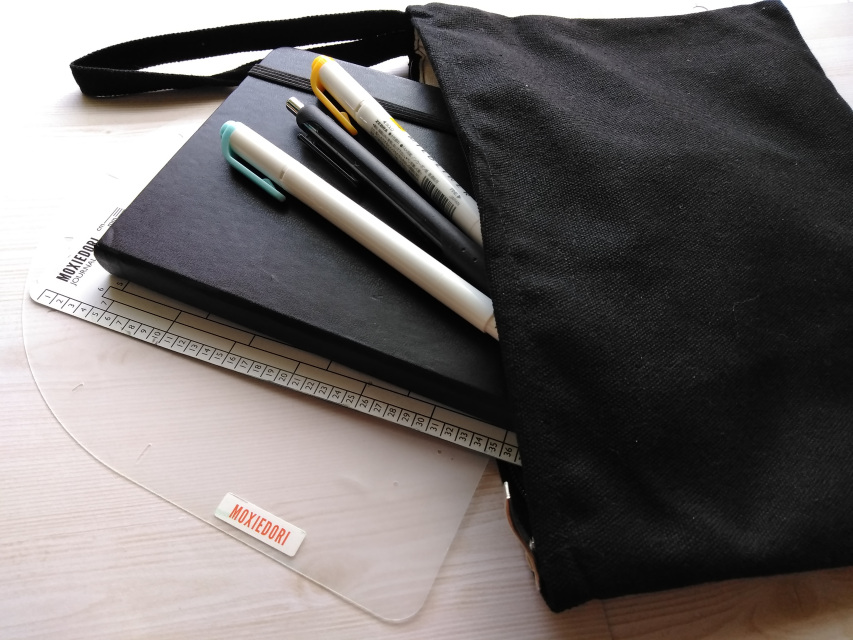
Large Journal Supplies Pouch
This 8" by 11" (28 x 20cm) zipper journal pouch is big enough to hold both your bullet journaling supplies and your journal. The pouch is made of a black durable canvas cotton fabric, strengthened by a second natural cotton canvas lining, closes with a zipper, and features a 6 inch (15cm) wristlet strap.
Keep all of your stencils, pens, and your journal all in one place, ready to go wherever you're headed. Here's a bonus: an iPad fits in as well. Store, protect, and tote your stuff in style.
3. Word Art Tracing Cards
4. Brush Pen Color Swatch Stencil
Holly, jolly Christmas bullet journal inspiration!
Hello, December!
December Monthly Calendar Spread
Geometric Mood Tracker
Holiday Card Envelope Decoration
Cat Lover Bullet Journal Supples
The Cat Doodle bullet journal stencil contains seven cat silhouettes and four kitty facial features. Mix and match to make your kitty express herself or himself in their own unique way.
The Cat Lover Stencil hosts four large cats that lounge, walk, or play on your bujo layouts. Just like real life.
The Kitty Bookmarks measures approximately 2" x 3" and made of black flexible plastic. Both front view and back view available.
2020New Year Bullet Journal Accessories
The 2020-2021 Linear Calendar is a double-sided quick reference that shows what day falls on what date during the years 2020-2021. It's super handy when making those monthly calendar layouts.
The 2020 Lunar Calendar Card displays the moon phases for 2020.
The Planner Clips are perfect layout markers to keep track of your future log, monthly, weekly and daily layouts.
Mandala Supplies
The Mandala Maker Stencil is a flat compass and protractor used to make mandalas. This 8" by 8" (200mm x 200mm) transparent compass stencil makes 32 circles in 2.5mm increments. The smallest circle is 45 mm in diameter and the largest is 200 mm in diameter. It is also a protractor that divides the circles into 2, 4, 8, or 16 segments.
The Compass Protractor is a compass, a protractor and a straight edge. It makes concentric circles from 5mm to 120mm in diameter. It also measures out segments that divide the circles into 2 to 32 equal parts.
The Mandala Elements Stencil is a template of 15 basic mandala elements that can be used in conjunction with the Mandala Maker and the Compass Protractor to create mandala art.
Brush Lettering Supplies
The Brush Lettering Tracing Strips™ sets have the letters A through Z are professionally printed on waterproof plastic vinyl. The letters are easily visible through your journal's page. They are available individually or as a set and work well with all types of brush lettering pens.
Uppercase Cursive Brush Lettering Strips are 2.5 cm - 3 cm tall
Lowercase Cursive Brush Lettering Strips are 1.5 cm - 3 cm tall
Mini Uppercase Cursive Brush Lettering Strips are 1.5 cm tall
Mini Lowercase Cursive Brush Lettering Strips are 1 cm - 1.5 cm tall
Uppercase Block Brush Lettering Strips are 2.5 cm tall
Set of 5: All Brush Lettering Strips
The set of Lettering Composition Guide Cards are double sided. In all there are 14 word shape containers that act as guidelines for your creative lettering. You can mix and match the shape box guidelines to create your perfect A5 sized composition. The card is made out of a durable vinyl and is waterproof. It will not tear and is meant to last.
Beginner Bullet Journaling Starter Kit for Adults or Children
A5 Journal Rule
Van Gogh Art Kit
The Brush Color Swatch bullet journal stencil allows you to track the true colors of each pen, marker, or colored pencil in your journal and eliminate the guesswork with this creative, durable 12mil matte stencil. The stencil itself is approximately 5" by 7" so it will tuck into you journal with ease.
The Van Gogh Coloring Card is a double sided durable waterproof vinyl card. One side of the card displays an image based on Van Gogh's "Starry Night." The opposite side has an image based on "Sunflowers in a Vase." The card itself measures 5 3/4" x 4 3/4".
The Van Gogh Washi card has a generous sampling of eight Van Gogh washi tapes.
MoxieDori Gift Card
1. Make the Invisible Visible
Ok. Now that that's done, start looking for connections. Also look for ideas that aren't part of your overall goals and ditch them. Decide which items on your list are to be scheduled, which need to be fleshed out into collections pages and which are subcategories on those collections pages.
2. Plan Ahead
You can use the Moxie Journal Rule to make the calendar. Each box is 5 boxes wide by 6 boxes tall. This means that the left side of the calendar itself is 15 boxes wide and 30 boxes tall. The right side of the calendar is 20 boxes wide and 30 boxes tall. The Journal Rule makes this job easy because it counts the boxes for you. Easy peasy.
Create collections pages for your projects, plans, and events. Include the actions that keep your household running. Some of your collections could be meal planning, gift buying, household projects, cleaning checklists, birthday parties, bills, etc.
3. Delegate and Let Go
Put your scheduled items on the family calendar, the google calendar, or wherever else your people will see them. Share your collections and decide who will do what. Delegate and then let it go. Don't concern yourself if someone doesn't do things they way you would. Just. Let. Go.
4. Mind the Chatter
5. Practice Self Care
A few years ago, a number of customers asked for tools that would work with their Hobonichi and we designed a stencil, and later, a journal rule for the Techo Planner; the English planner Hobonichi offers in a sea of otherwise Japanese products. Both the stencil and the journal rule matched the Planner's quirky A6 size and 4mm grid.
Well, it turns out that most of our Hobonichi customers use something other than the (English) Planner AND Hobonichi recently announced eagerly anticipated 2020 A6 and A5 Techo Day-Free bullet journals.
We've predicted this new Day-Free line will have a significant following, as customers are already asking us for accessories to match and they won't even be released until November 1st. The grid inside these beauties matches all the other Hobonichi products (the Techo Original, Techo Cousin, and Techo Weeks), at 3.7mm.
All this to say, we've decided to change up our Hobonichi offerings:
New MoxieDori tools for use with Hobonichi
| The Hobonichi Stencil We've redesigned our Hobonichi stencil to be a bit more stable, feature, one additional box, and fit the 3.7mm grid of most Hobonichi products - including the new Day-Free journals. |
| The HTA6 Journal Rule Sized to fit within an A6 Hobonichi, featuring the 3.7mm-based box count and page divisions. |
| The HTA5 Journal Rule Sized to fit within an A5 Hobonichi, featuring the 3.7mm-based box count and page divisions. |
| The A6 Pencil Boards Write without indenting the next page! Fits A6 Hobonichi, durable plastic, tabbed top, matte finish. Set of 2! Because we all lose things from time to time. |
| The A5 Pencil Boards Write without indenting the next page! Fits A5 Hobonichi, durable plastic, tabbed top, matte finish. Set of 2! Because we all lose things from time to time. |
| The A5 Hobonichi Bundle All of the above A5 items, together in on money-saving bundle! |
The stencil contains 18 tick boxes so you spend less time making the list and more time working the list.
Create Only the Layouts You Use
Use the Layout Orientation that Feels Right
Pick the style that feels right and you do you. If you're not sure what style feels right, try one out. You'll quickly know if it fits the time you have to spend, whether you enjoy the process or not, and whether or not you're drawn or inspired to return to your journal regularly. The style you choose should work for you and alleviate rather than cause additional stress.
Layout Orientations
Don't overthink this. Use your intuition more than logic to identify how you best process information.
Horizontal
Vertical
Circular
Artistic
Minimalist
Your Bullet Journal is All Yours
If you are looking for more inspiration, hop over to our FB group called Bullet Journaling Tips and Tricks. We host a drama free, kind and helpful bujo group of about 19,500 people
I designed this Balance Wheel because I was weary from fussing and fighting over screen time with my children. As we rolled into summer break, I knew we needed an instructive, long term plan about how we would spend our time.
I wanted to teach my children to monitor time spent and areas that deserved more attention and care.
While this particular Balance Wheel is for the purpose of tracking and being mindful about how my family spends our long summer days, the concept can be applied to a multitude of situations.
Here is the step by step process I went through to create our Summer Time Balance Wheel:
1. Brainstorm Topics to be Balanced
Your areas might be professional in nature. They might be personal. Think about your investments in time and how they contribute to your overall goals and happiness. Once you have identified an area, think about its opposing area.
For example, social media can be countered with in face interactions. Both are important and both need to be nurtured. Are you clear about how much time you spend on either throughout the week? Would your life be improved if you balanced the two better?
2. Create your wheel
Next label the sections of the wheel, placing opposing concepts opposite one another.
3. Use your Balance Wheel
Tracking your time forces you to monitor time spent and to be mindful of the areas that need more tending.
Follow
Index
September 2023
March 2023
November 2022
February 2022
December 2021
January 2021
September 2020
July 2020
May 2020
April 2020
February 2020
January 2020
December 2019
November 2019
October 2019
August 2019
July 2019
June 2019
May 2019
March 2019
February 2019
November 2018
October 2018
September 2018
August 2018
January 2018
November 2017
September 2017
August 2017
July 2017
April 2016
Shop MoxieDori for journal stencils, tracing cards, tabs, rulers, & supplies!
© COPYRIGHT 2022. ALL RIGHTS RESERVED.
|
Find Your Next Bujo Essential! |

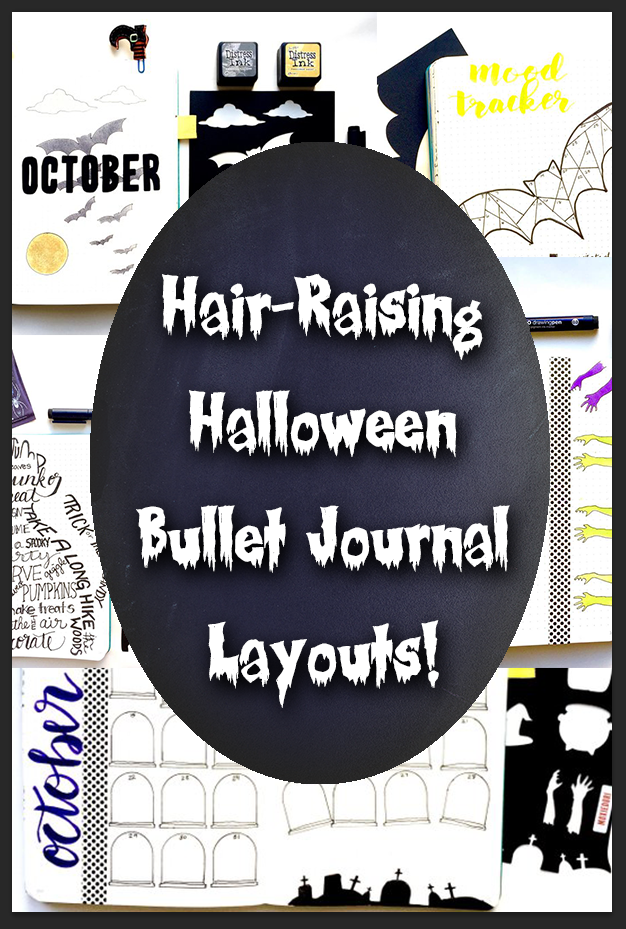
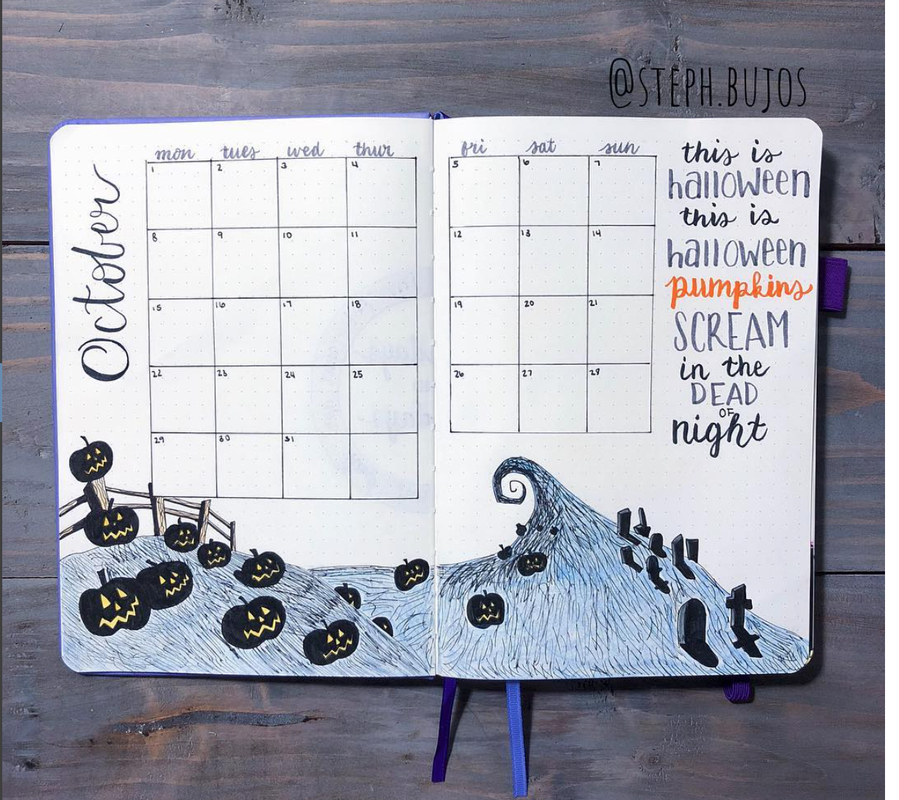
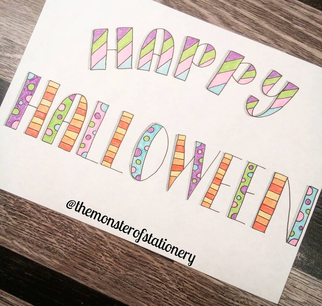
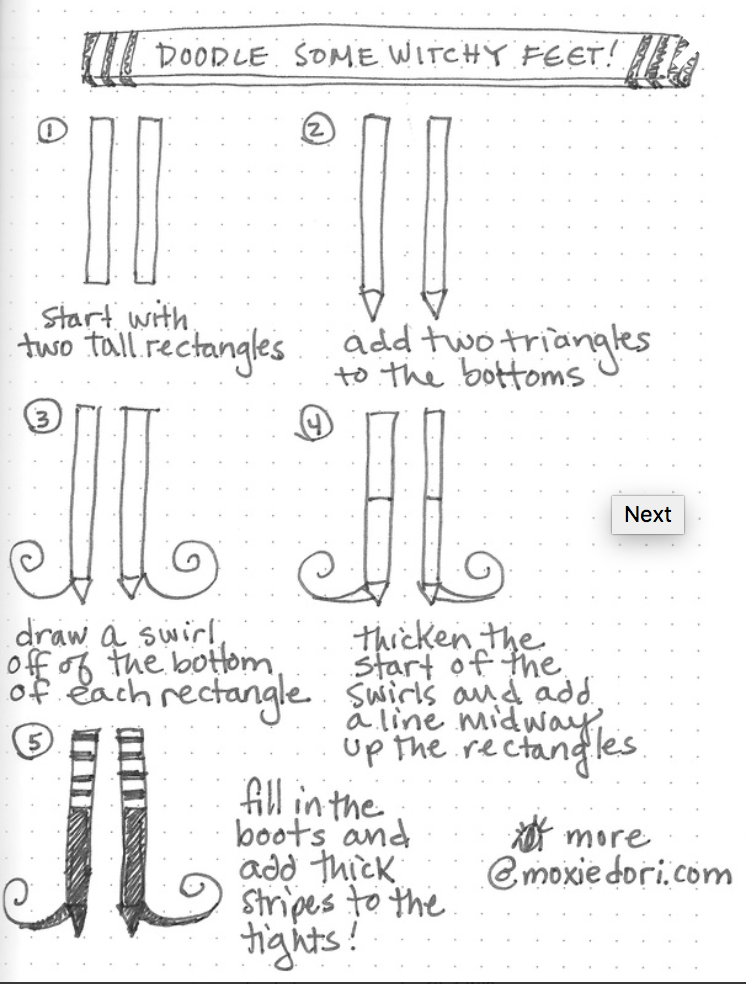



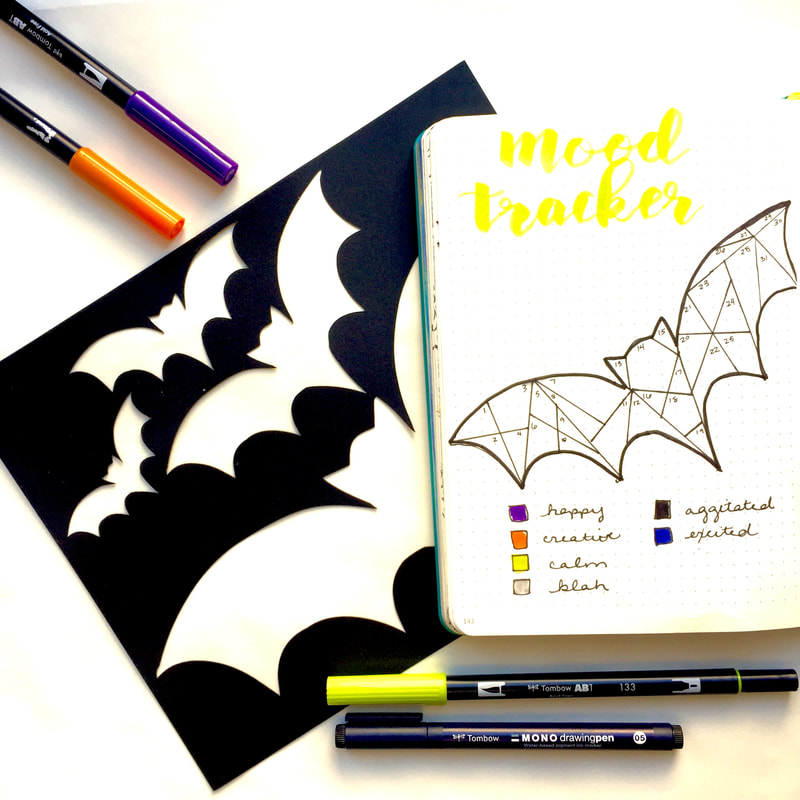

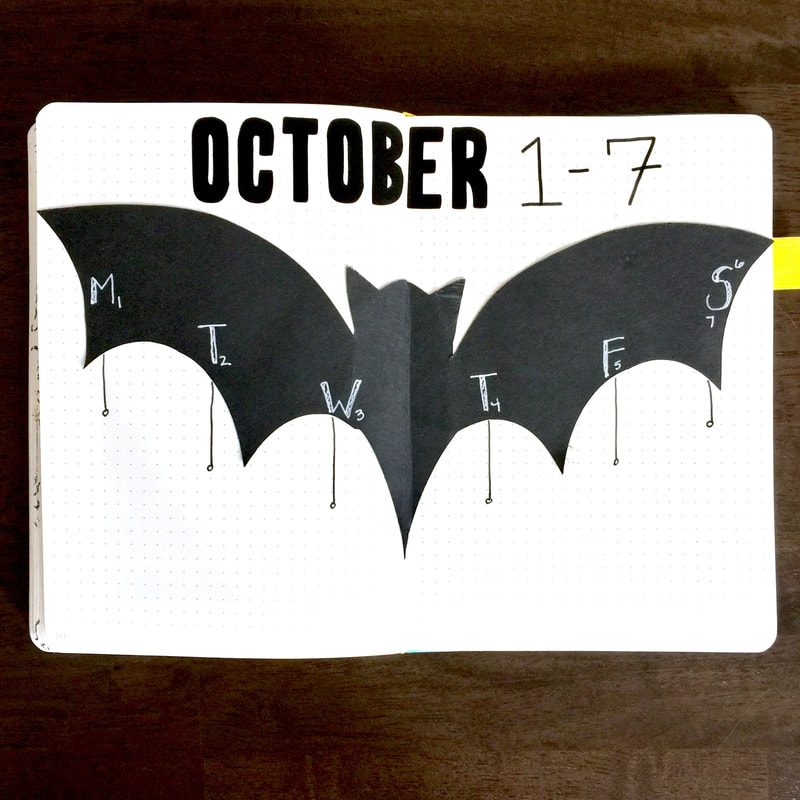
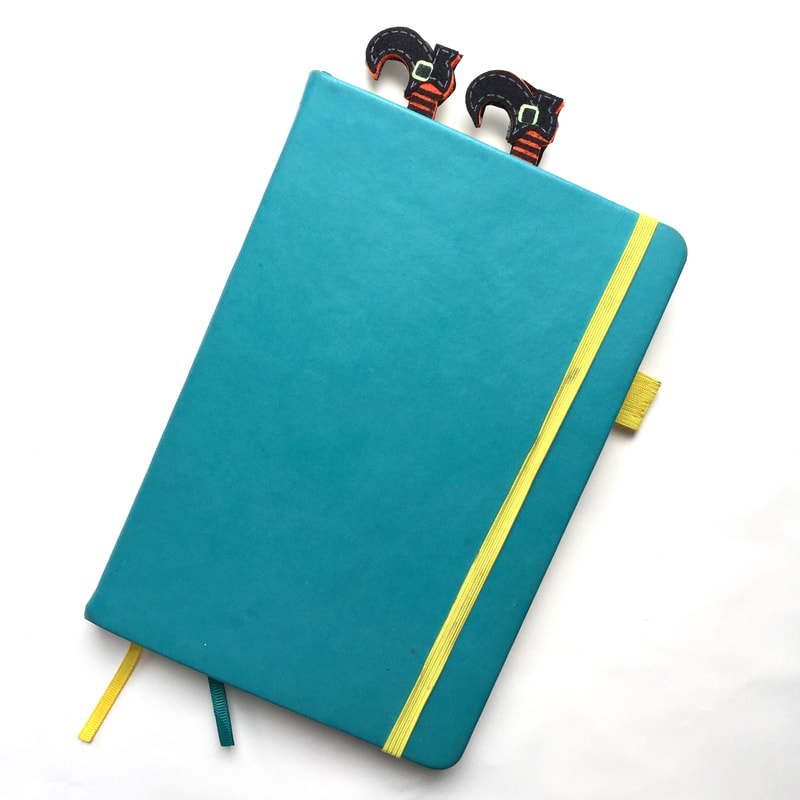
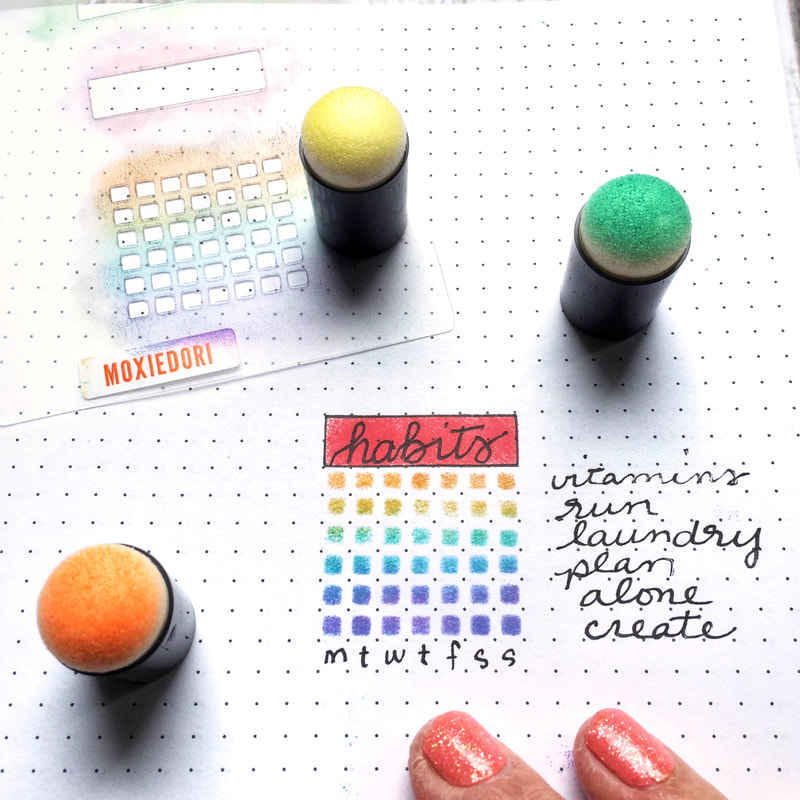
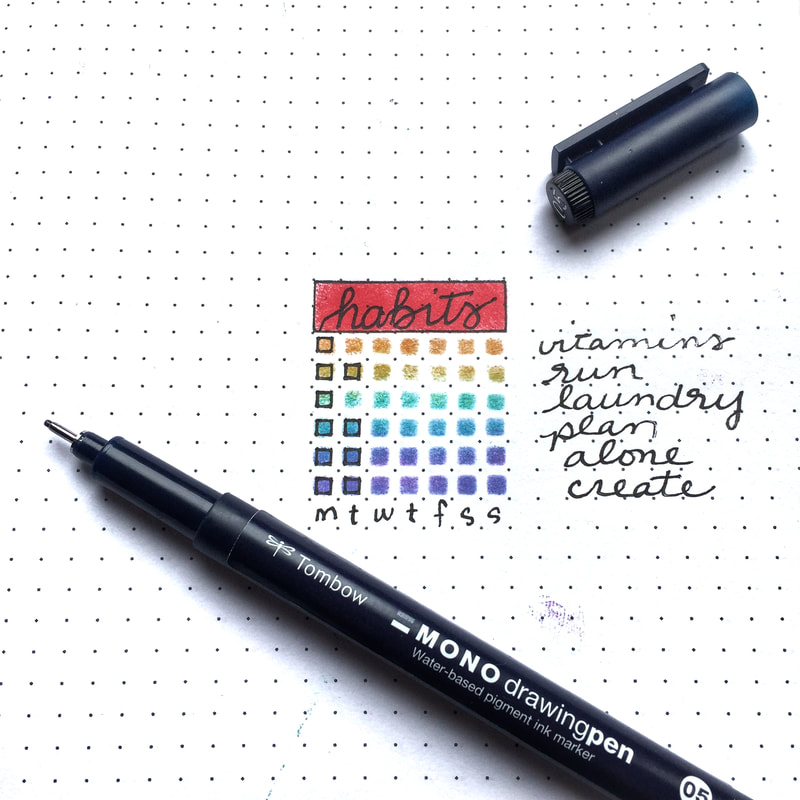
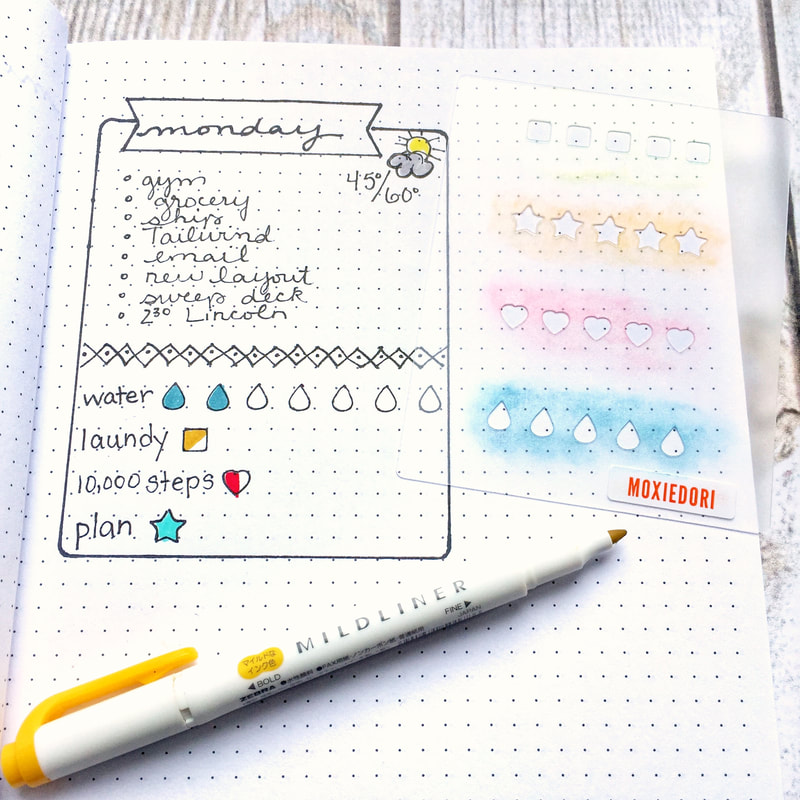
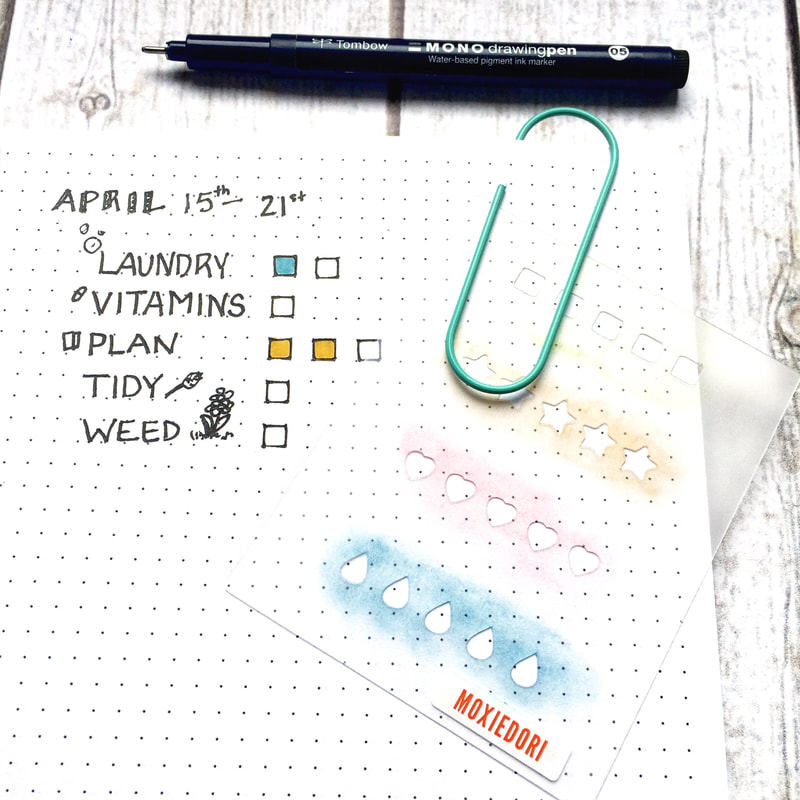

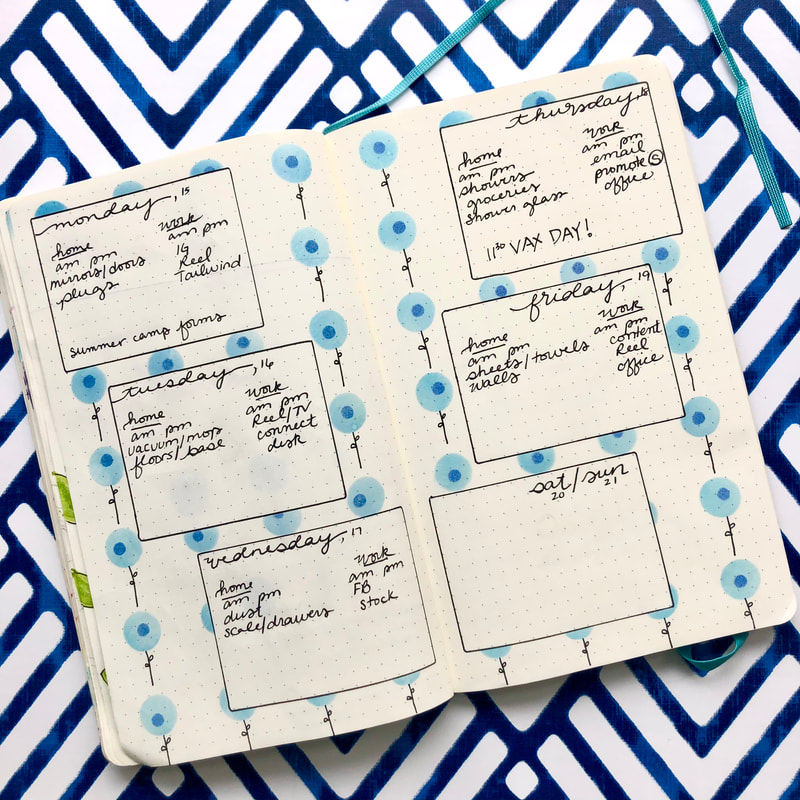
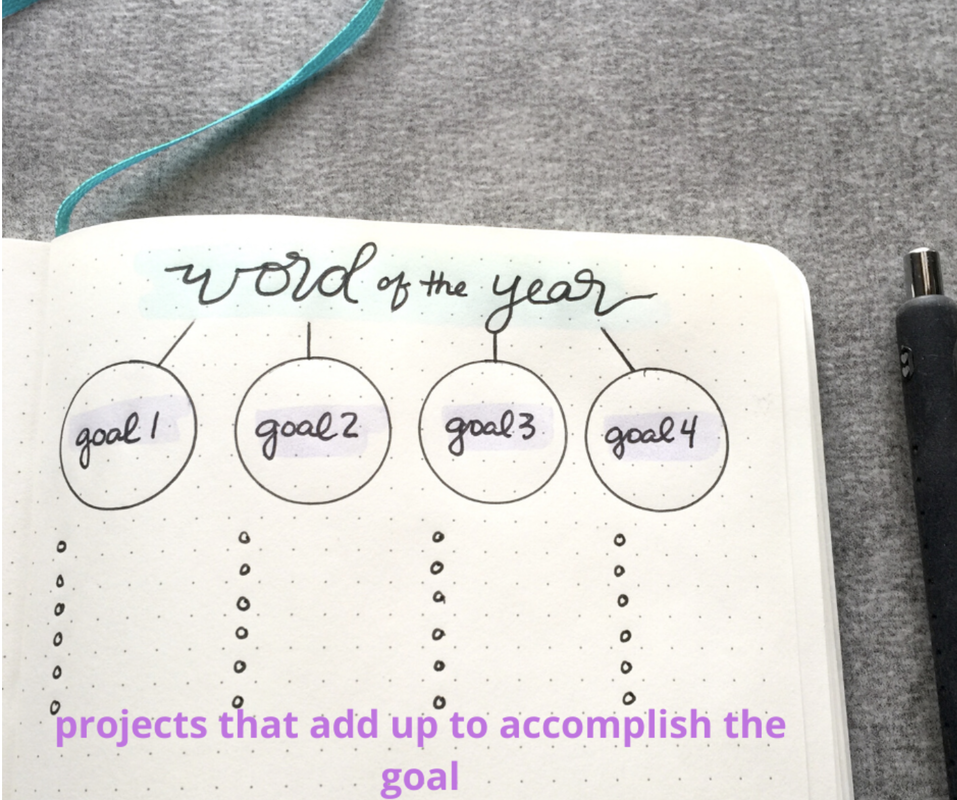
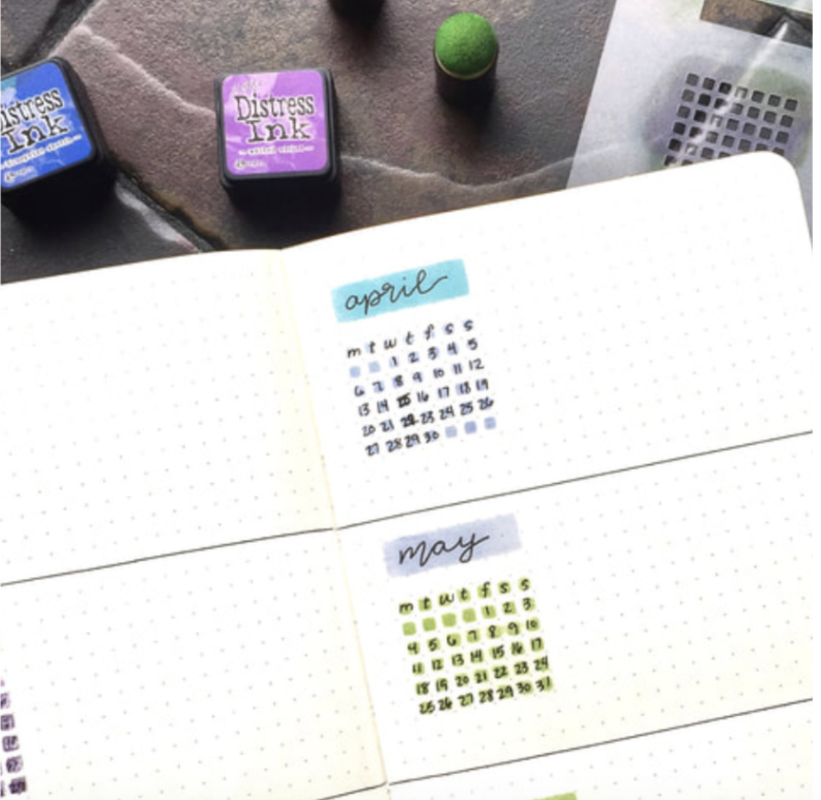
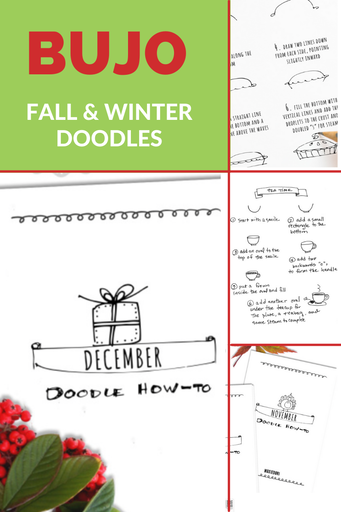
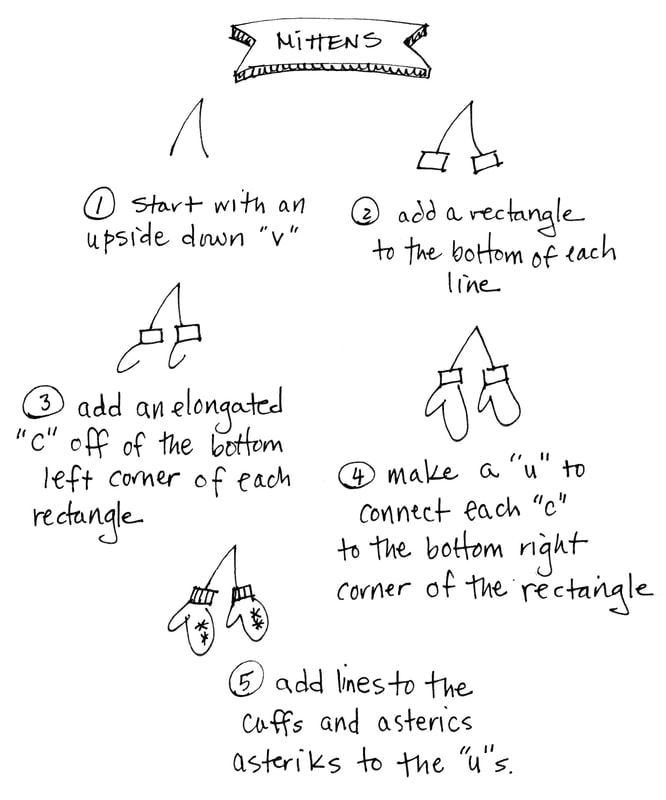
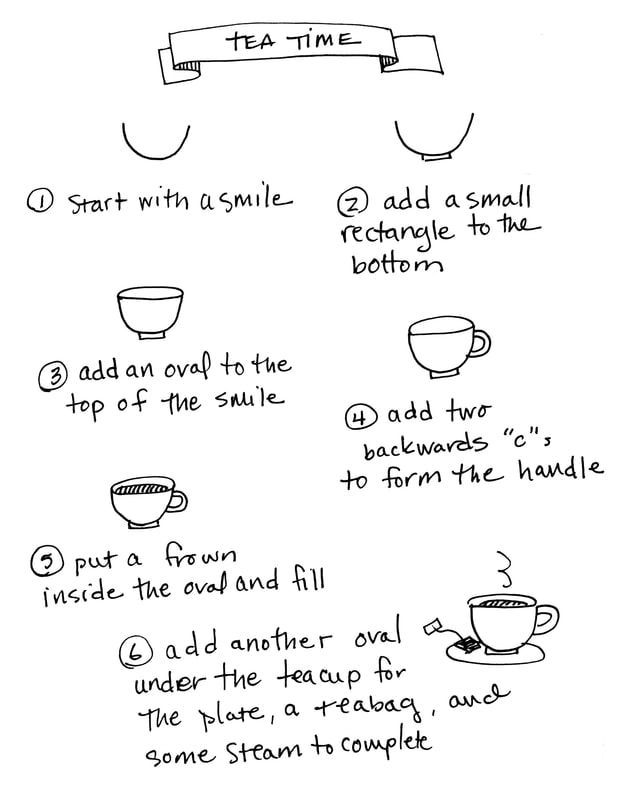
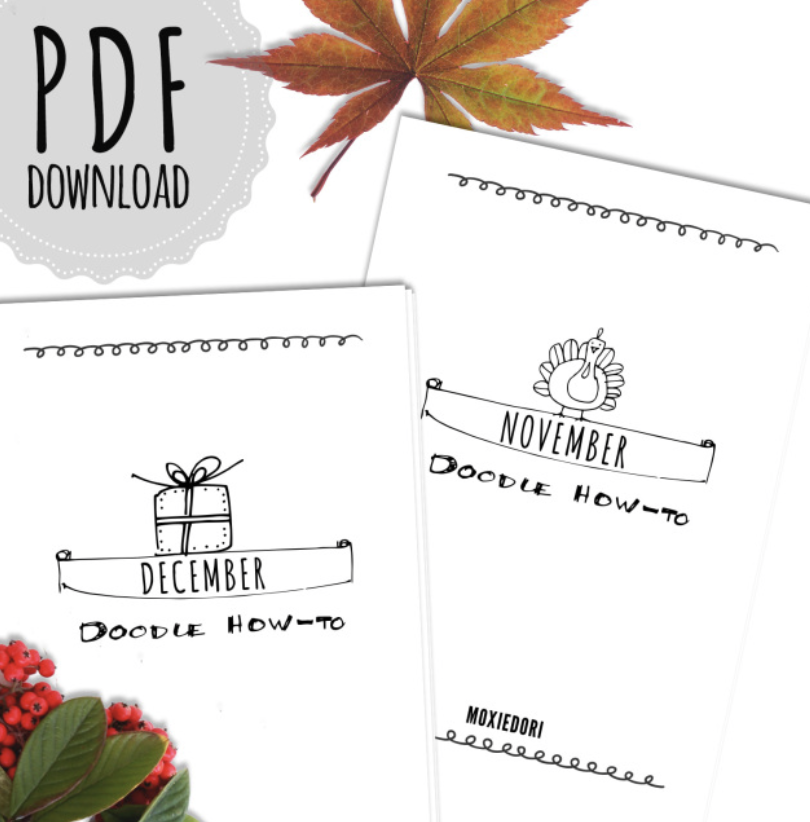
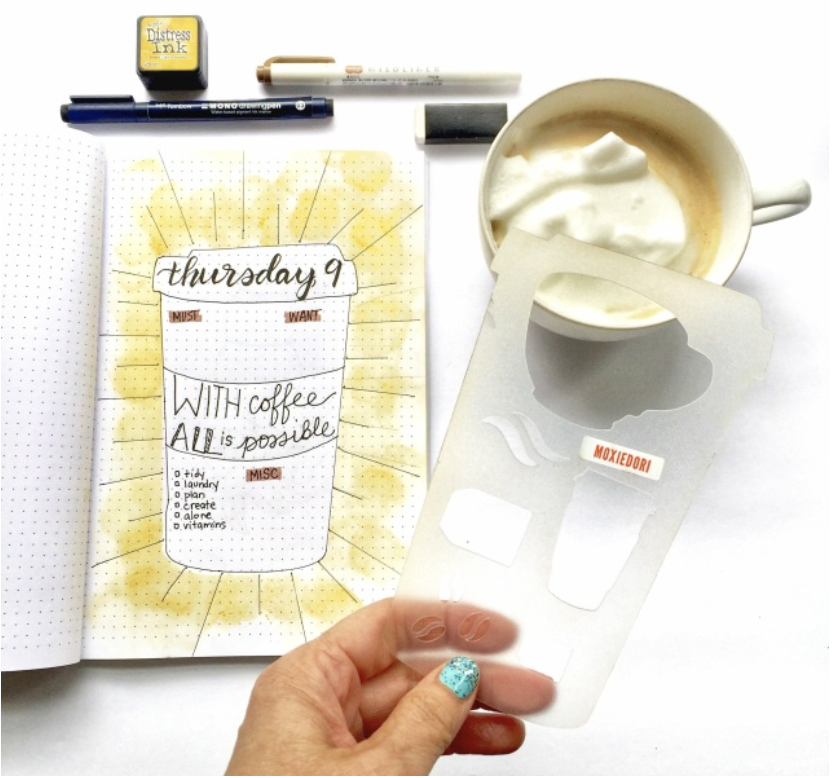
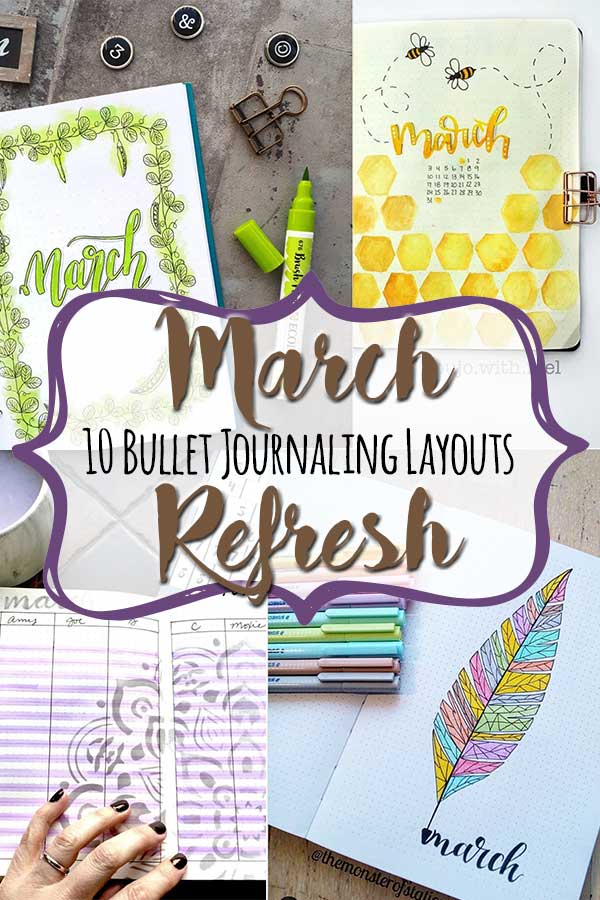
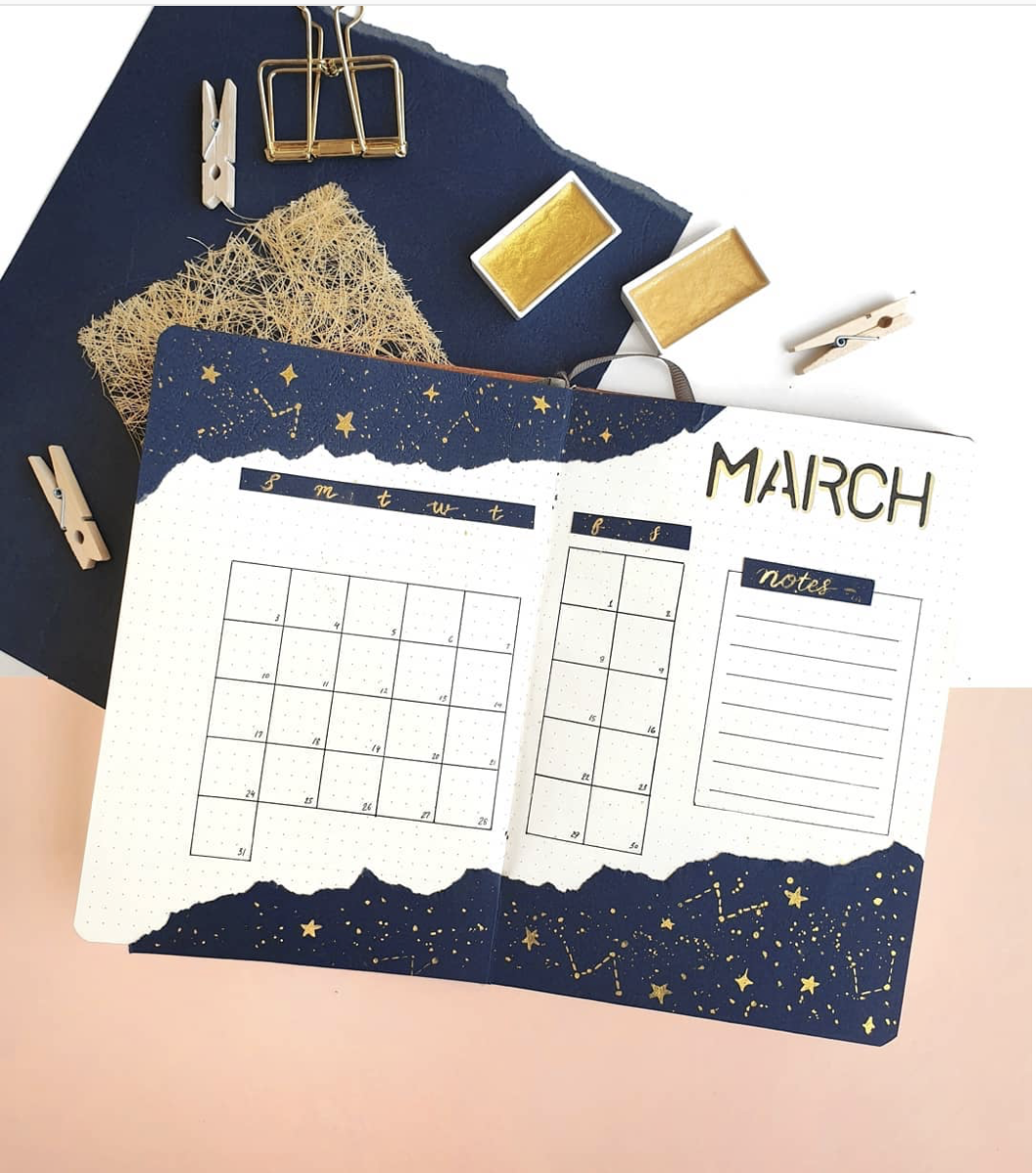
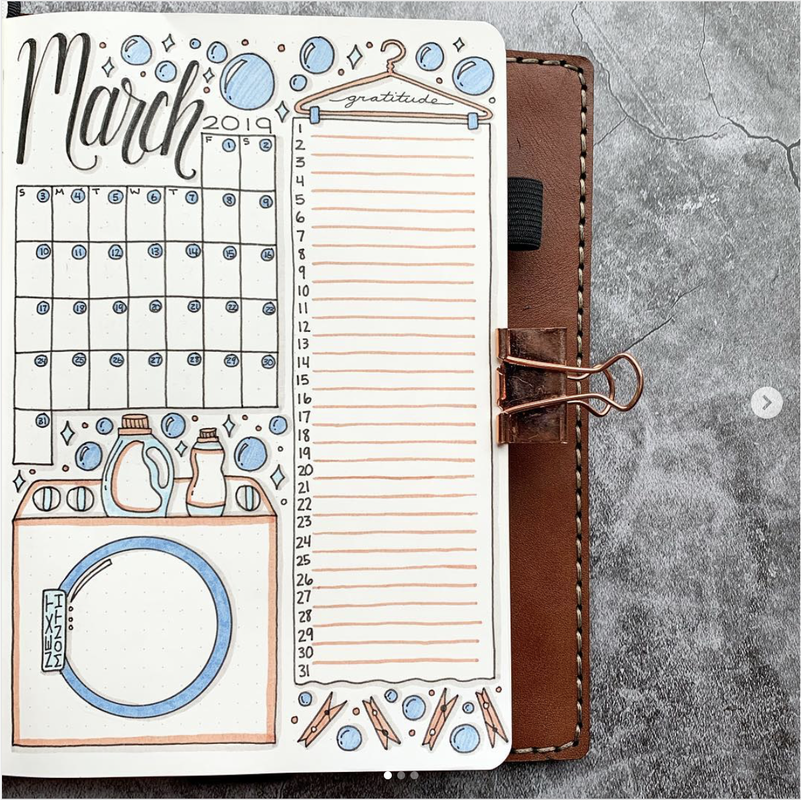

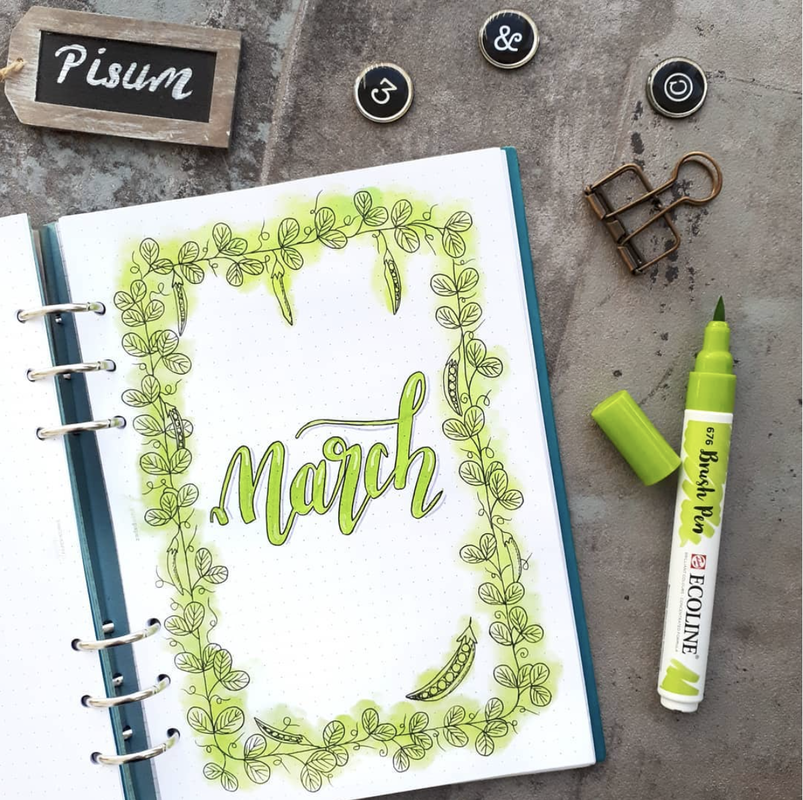
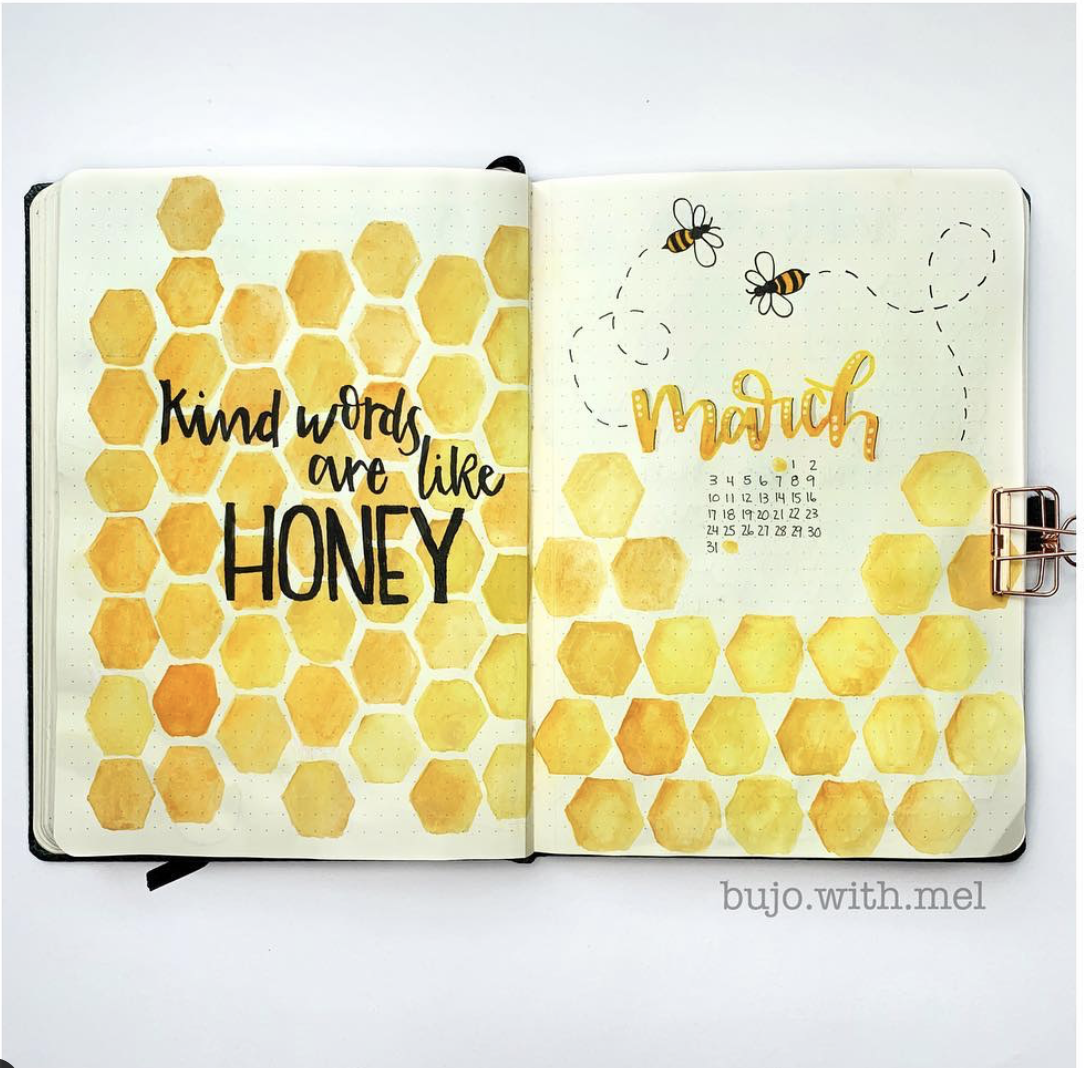
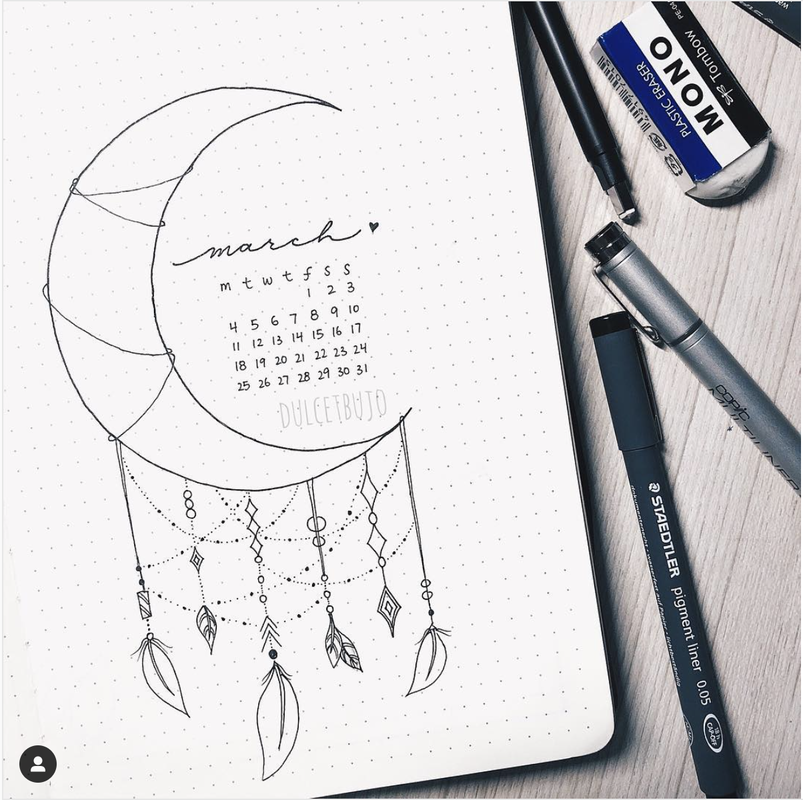

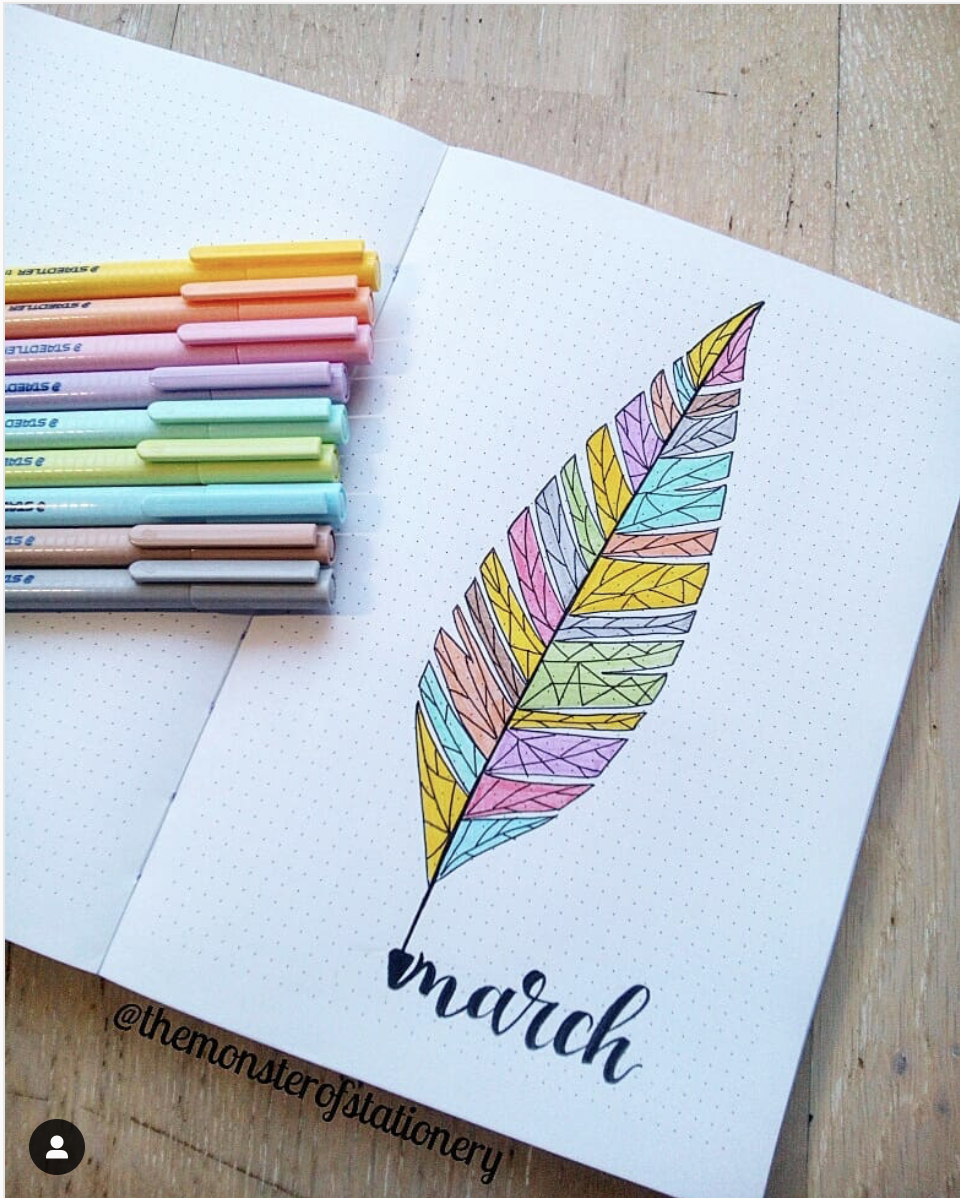
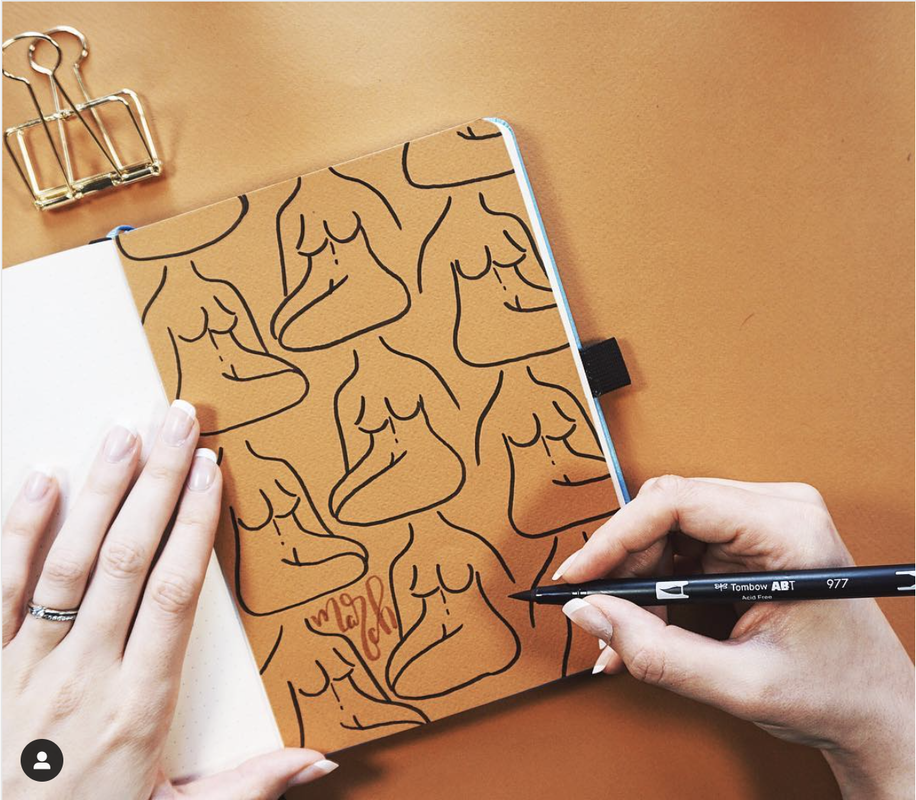
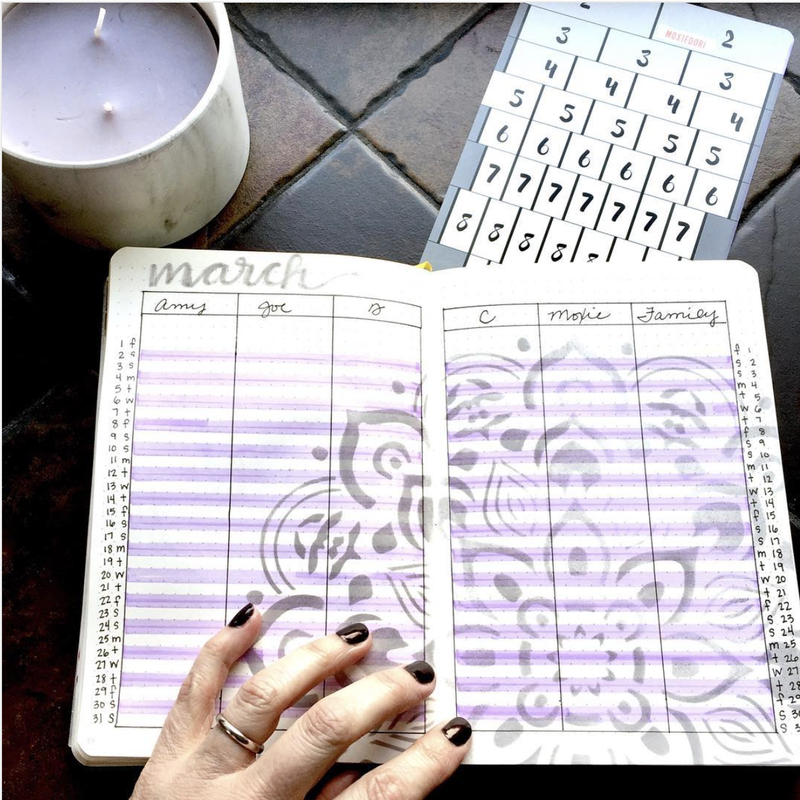
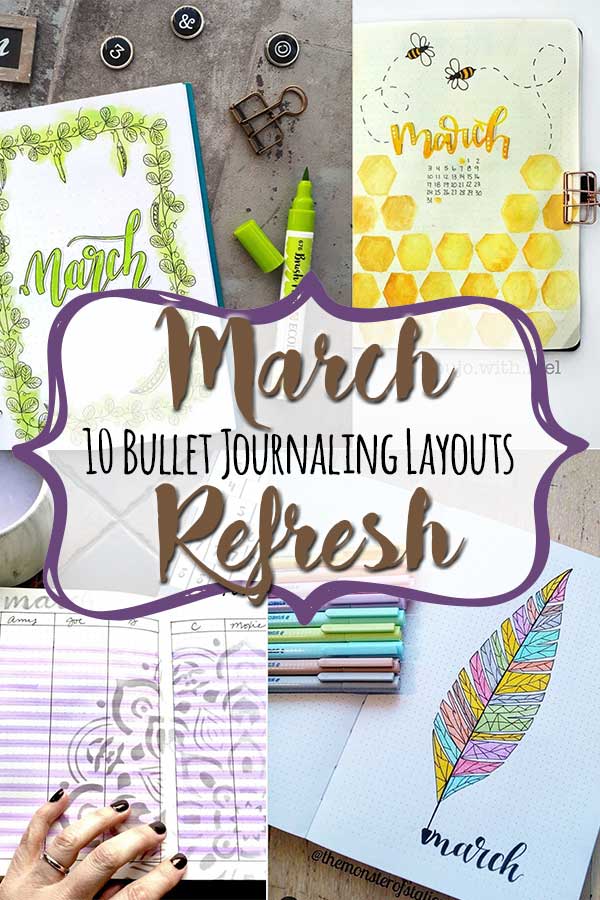
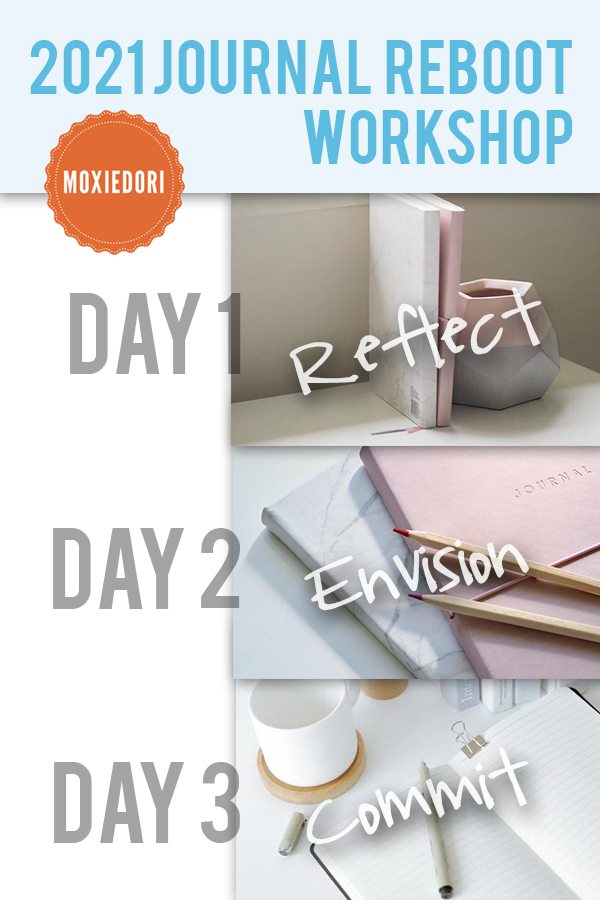
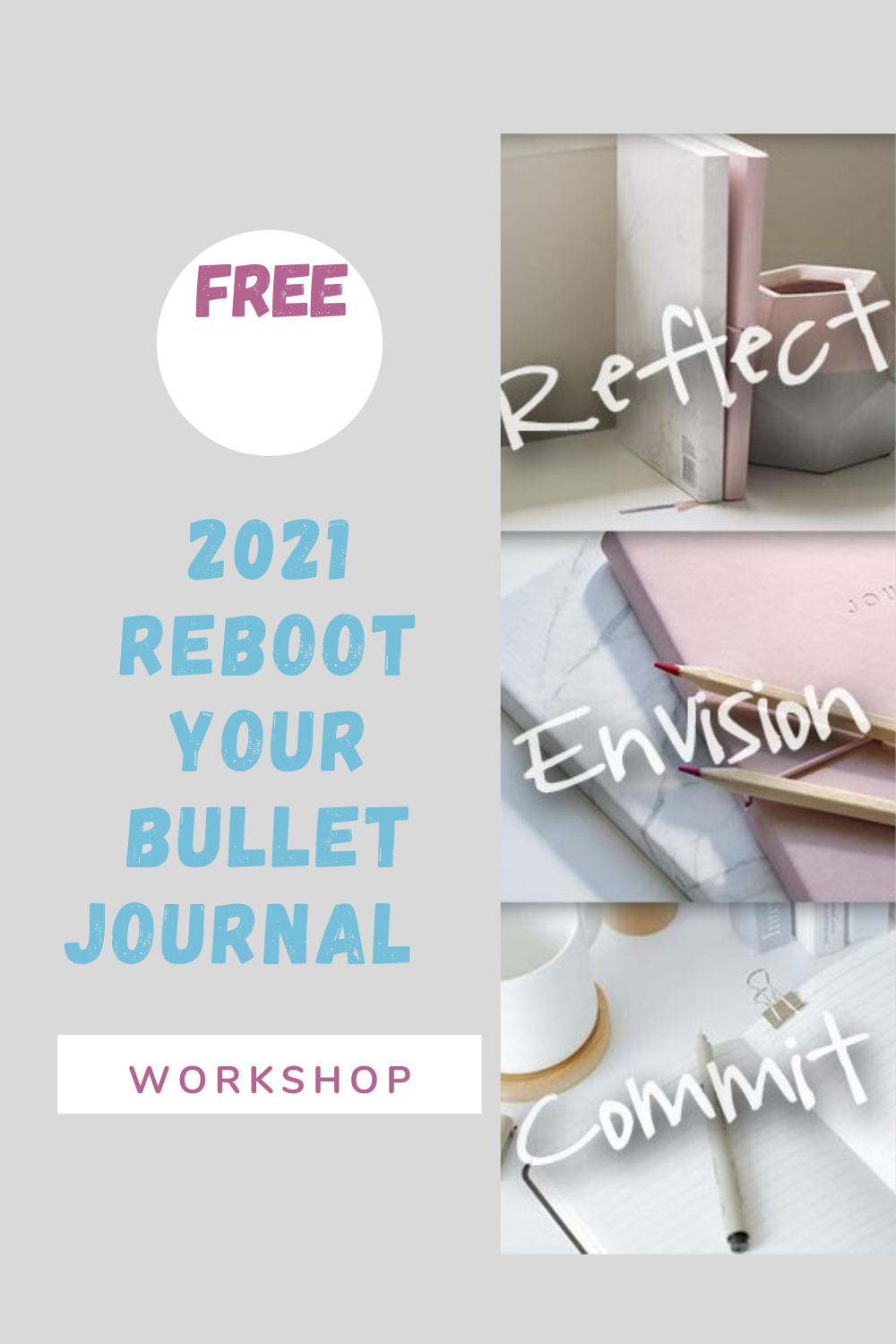
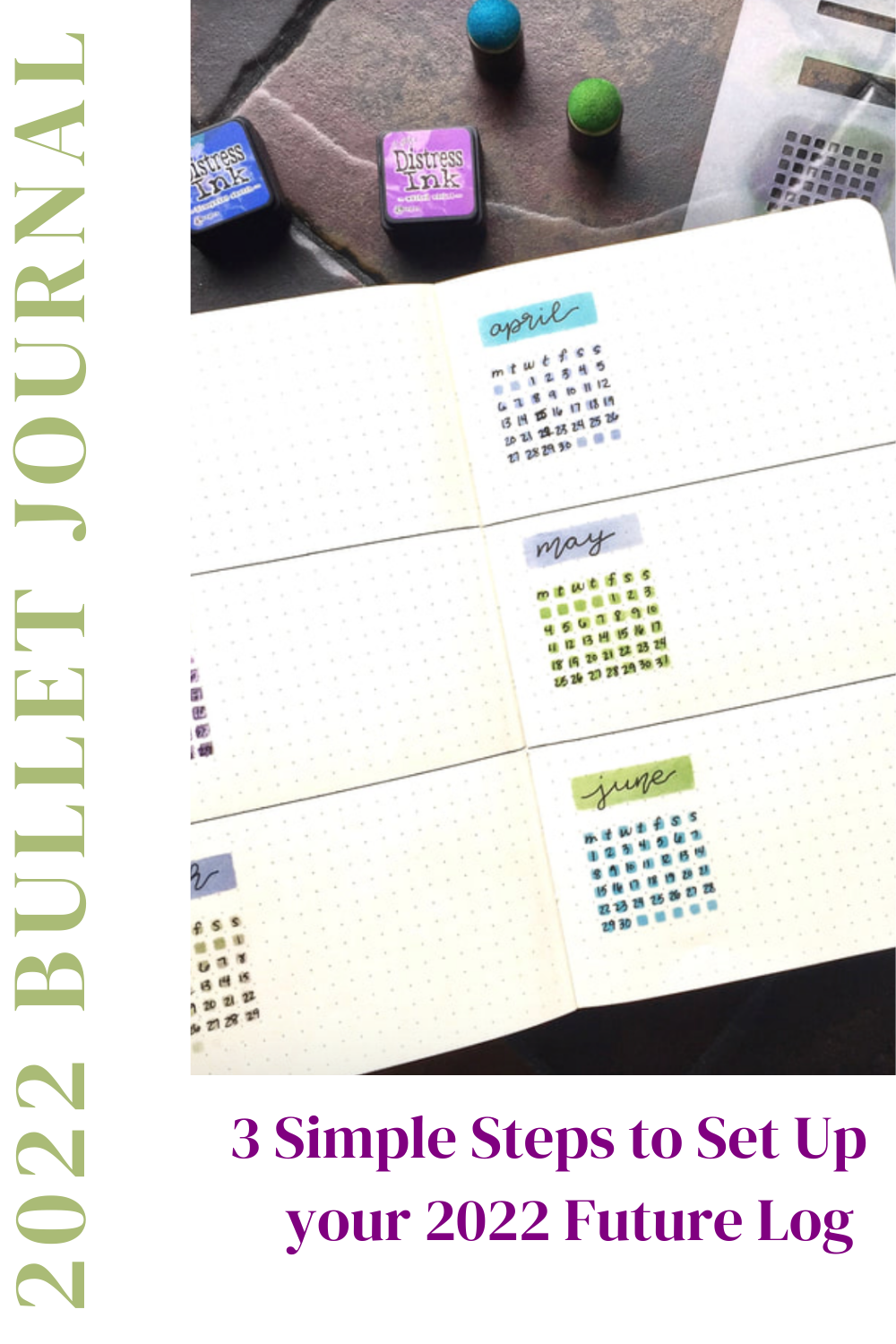
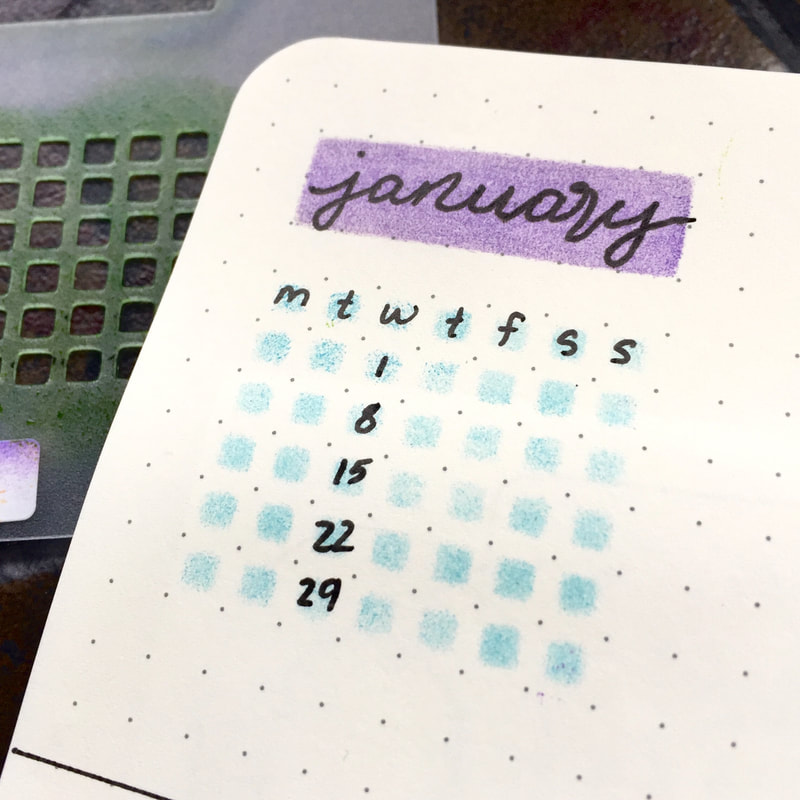
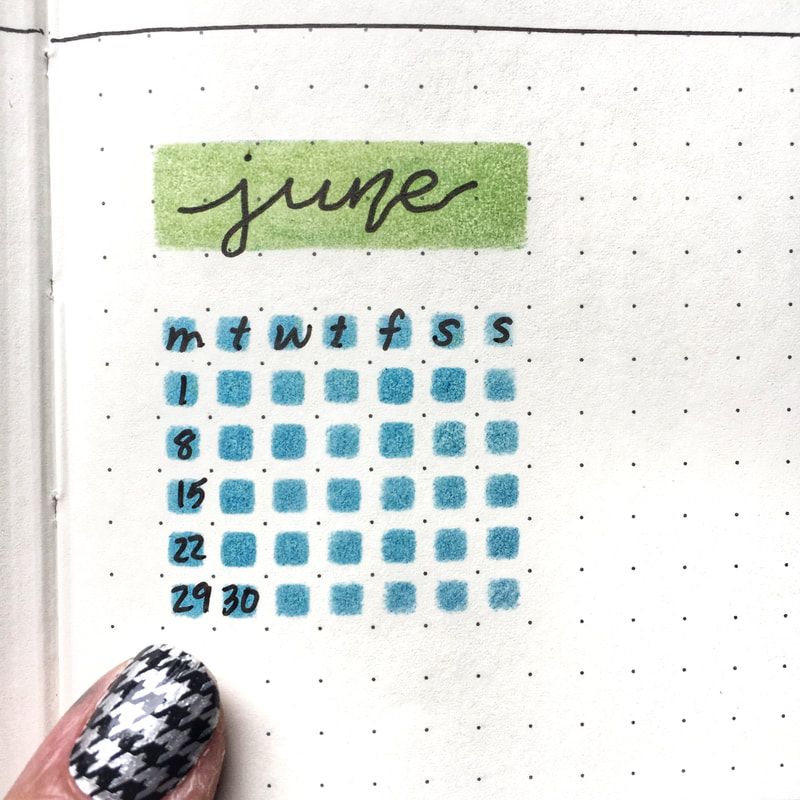
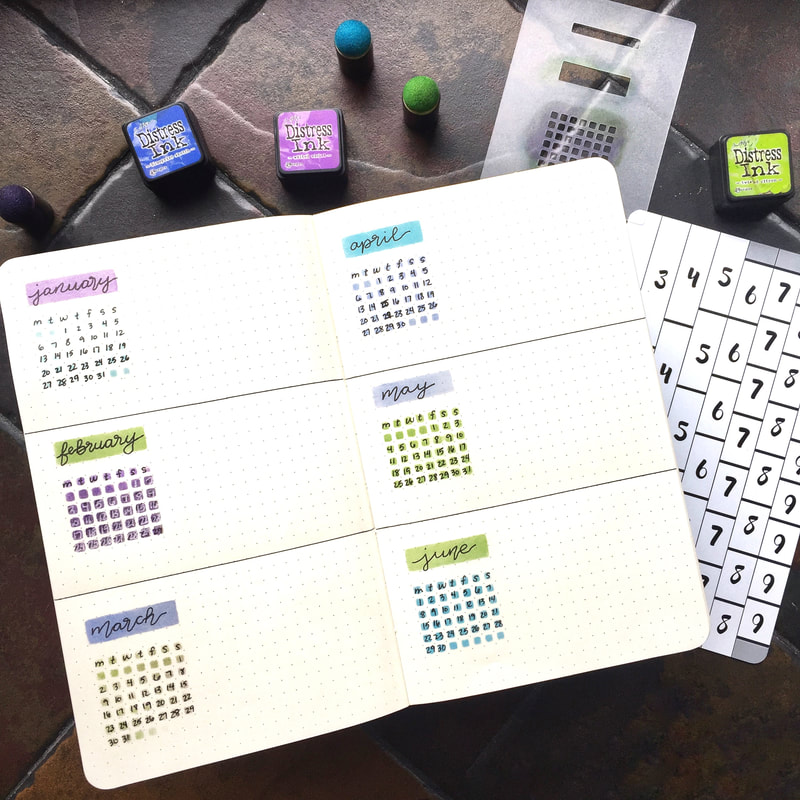
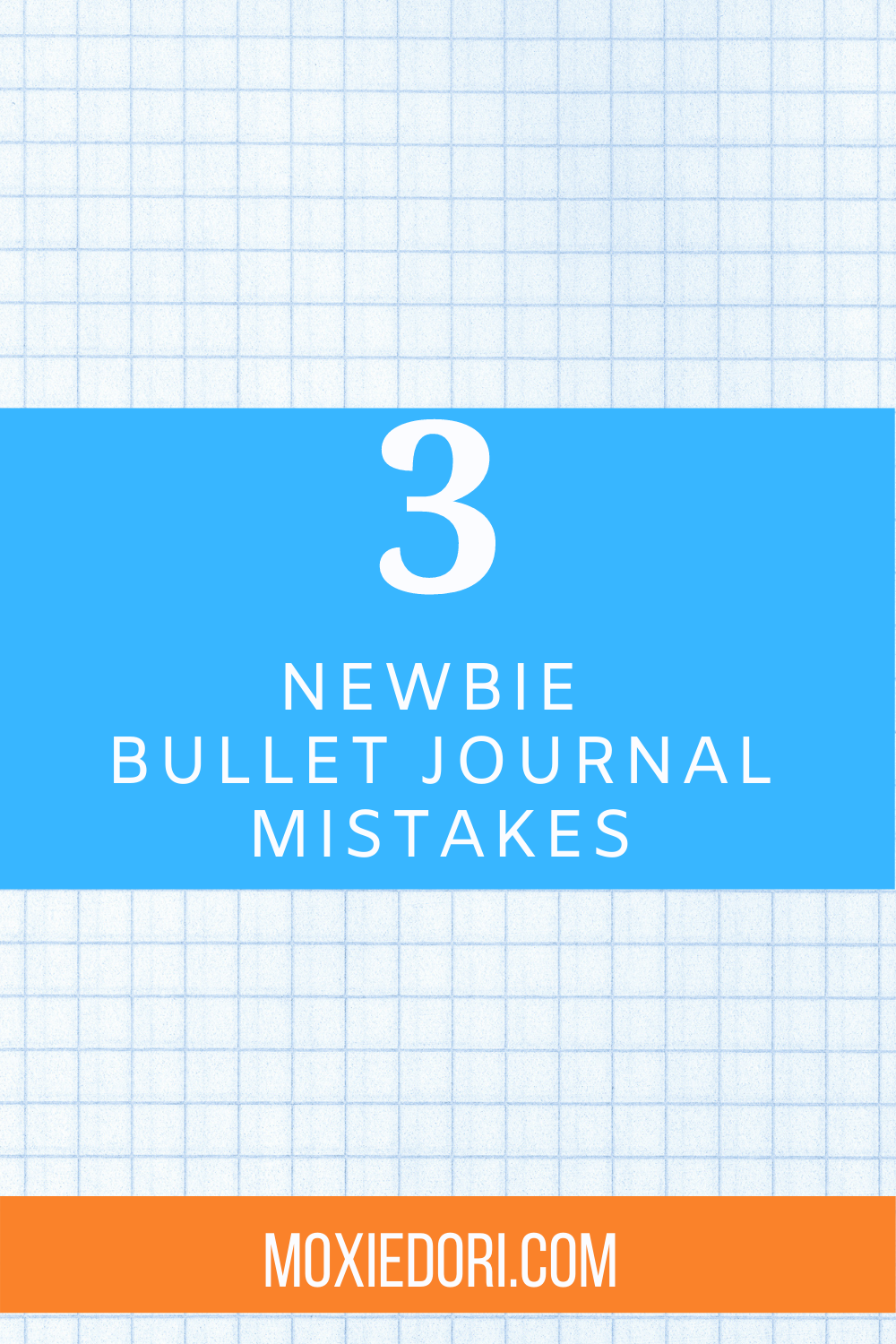
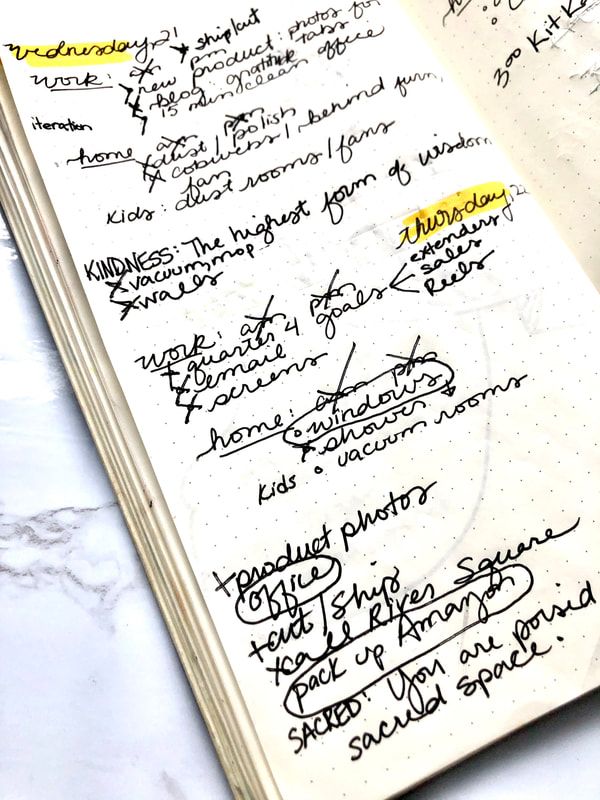
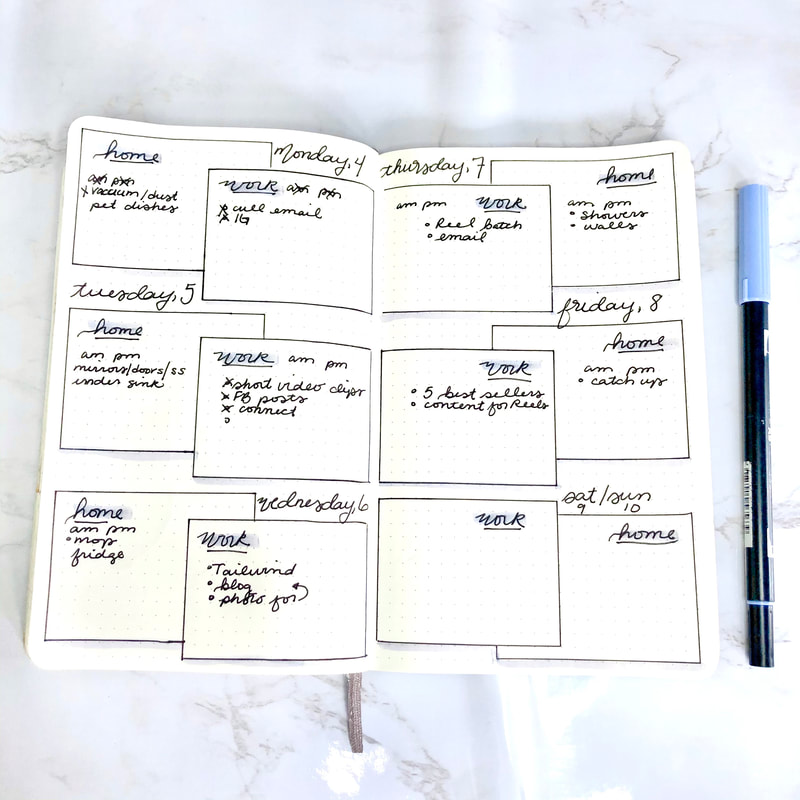

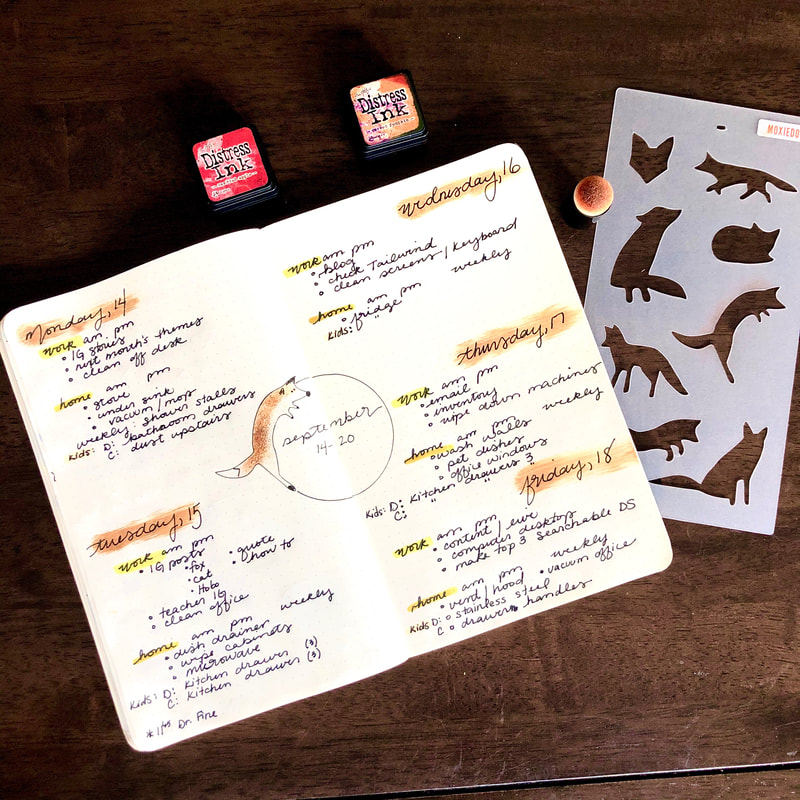
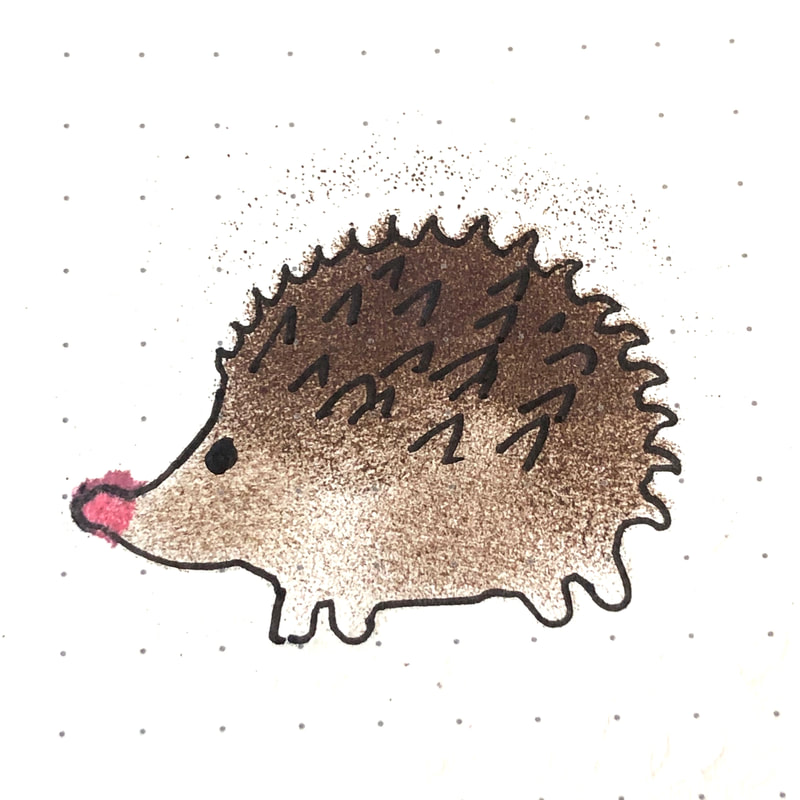

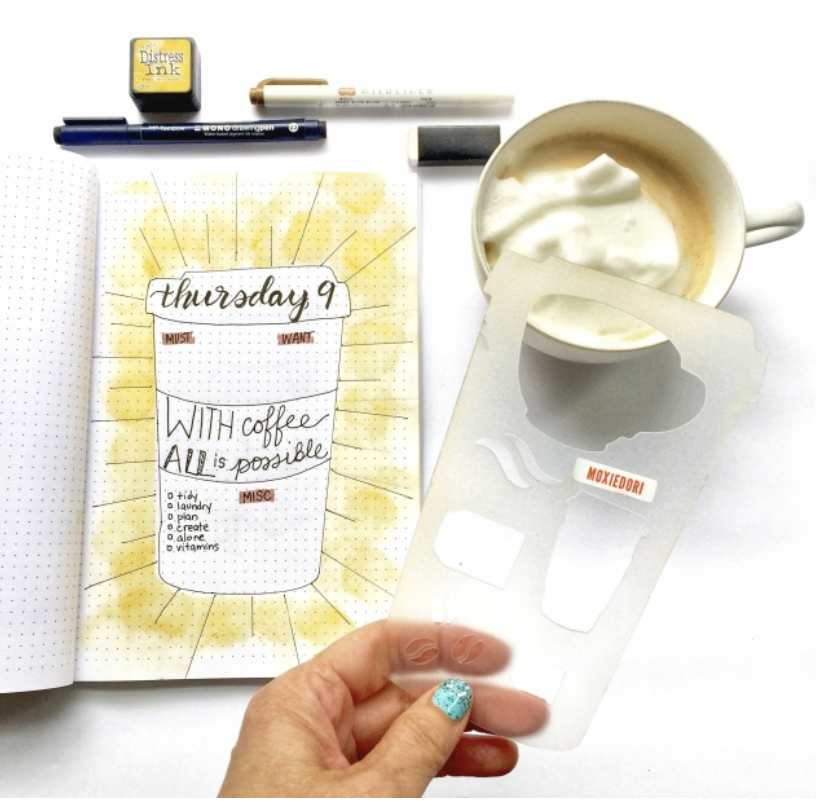
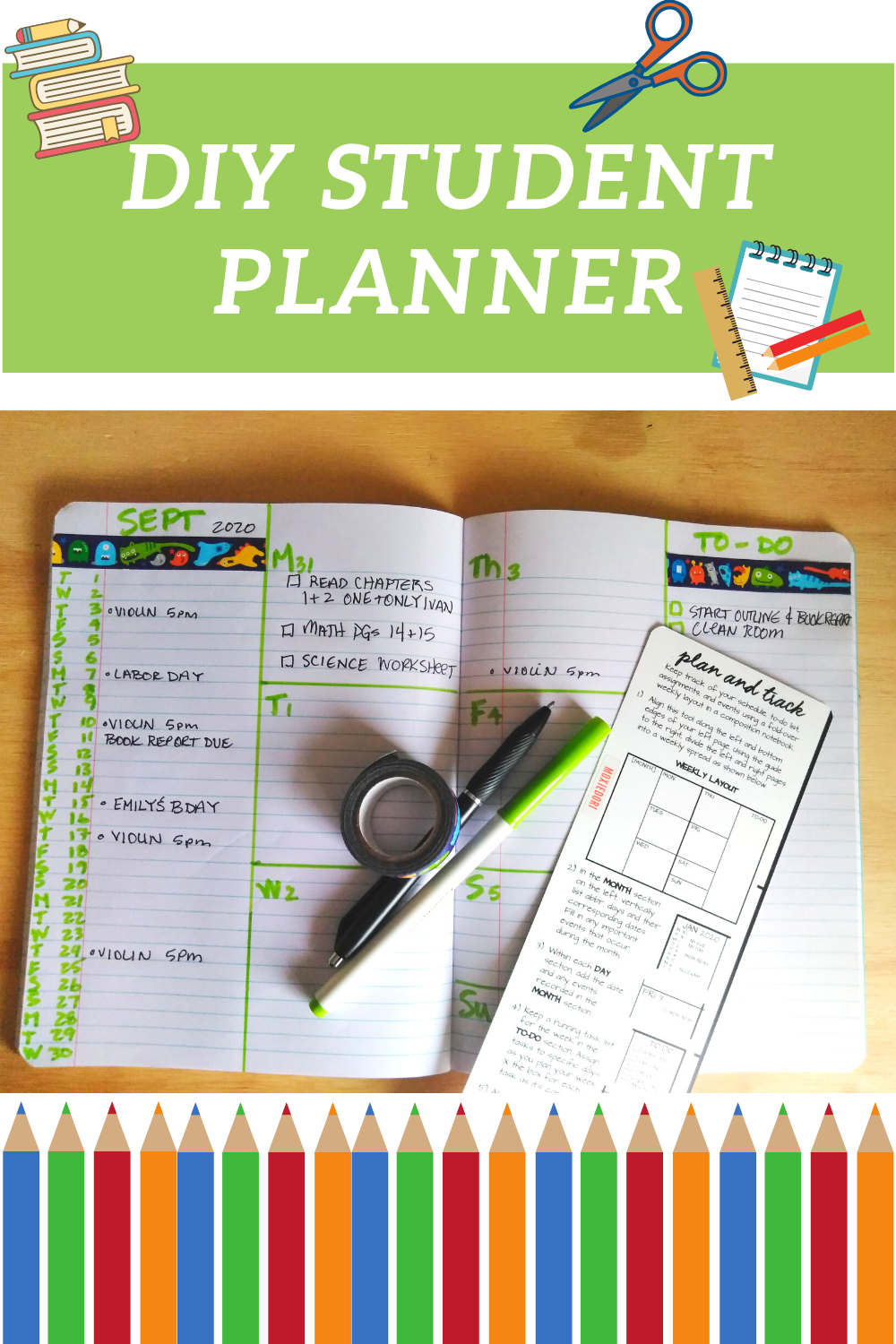
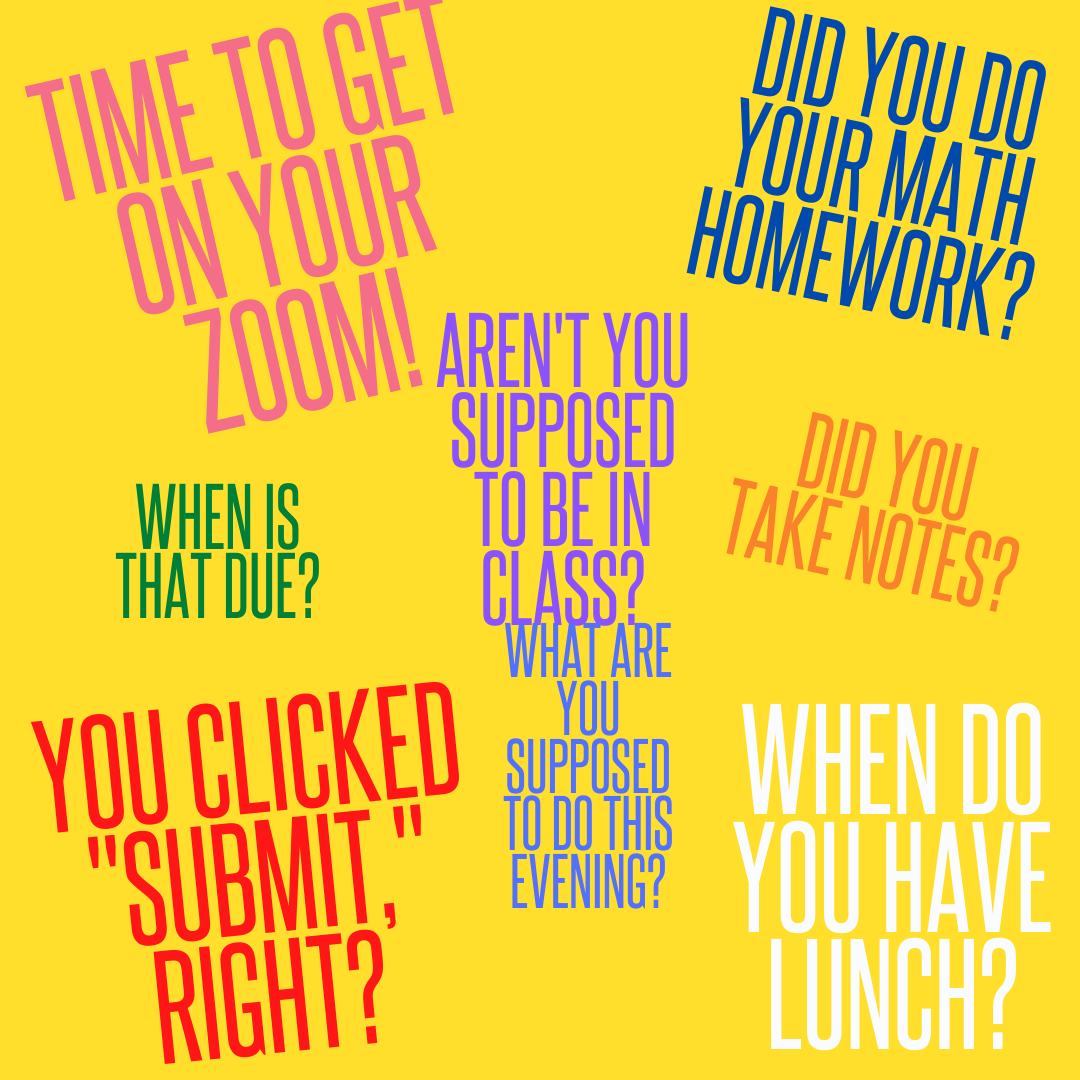
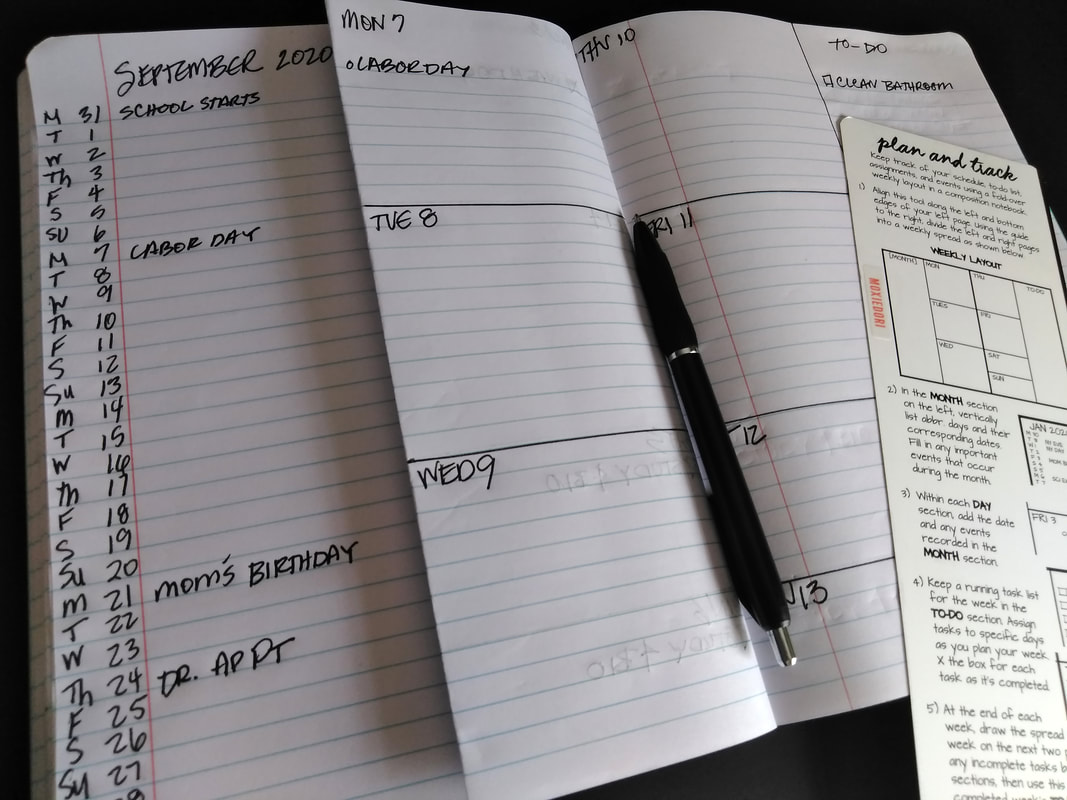
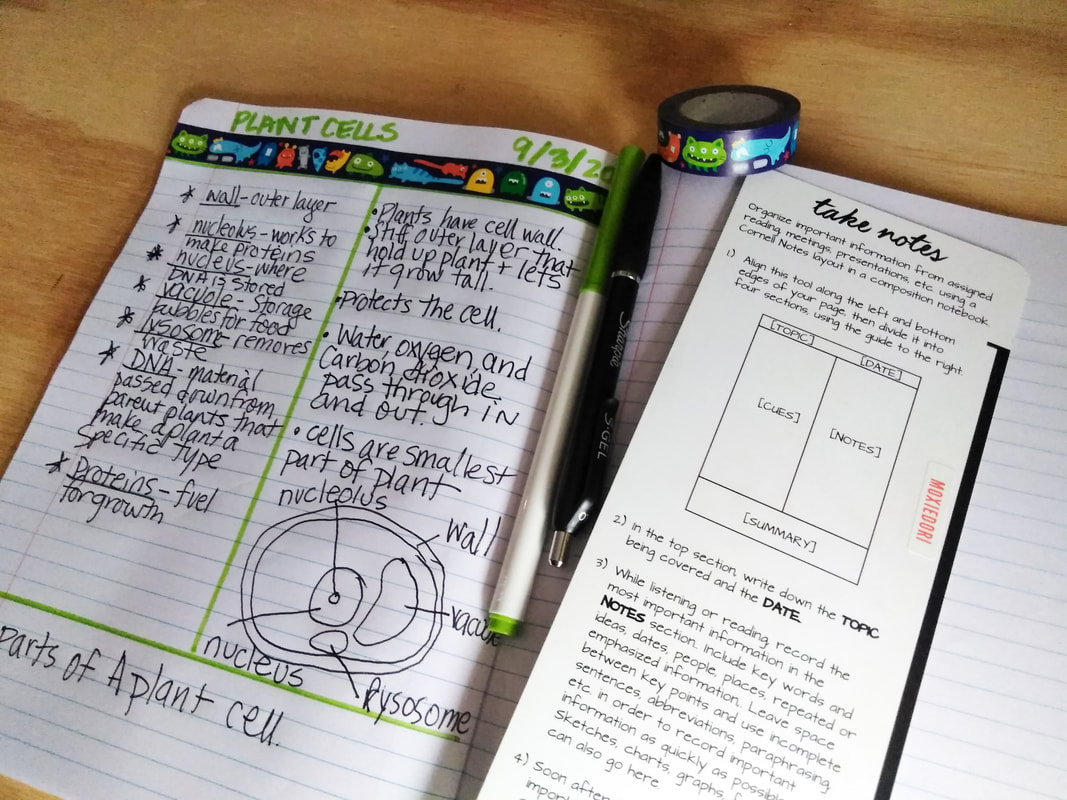
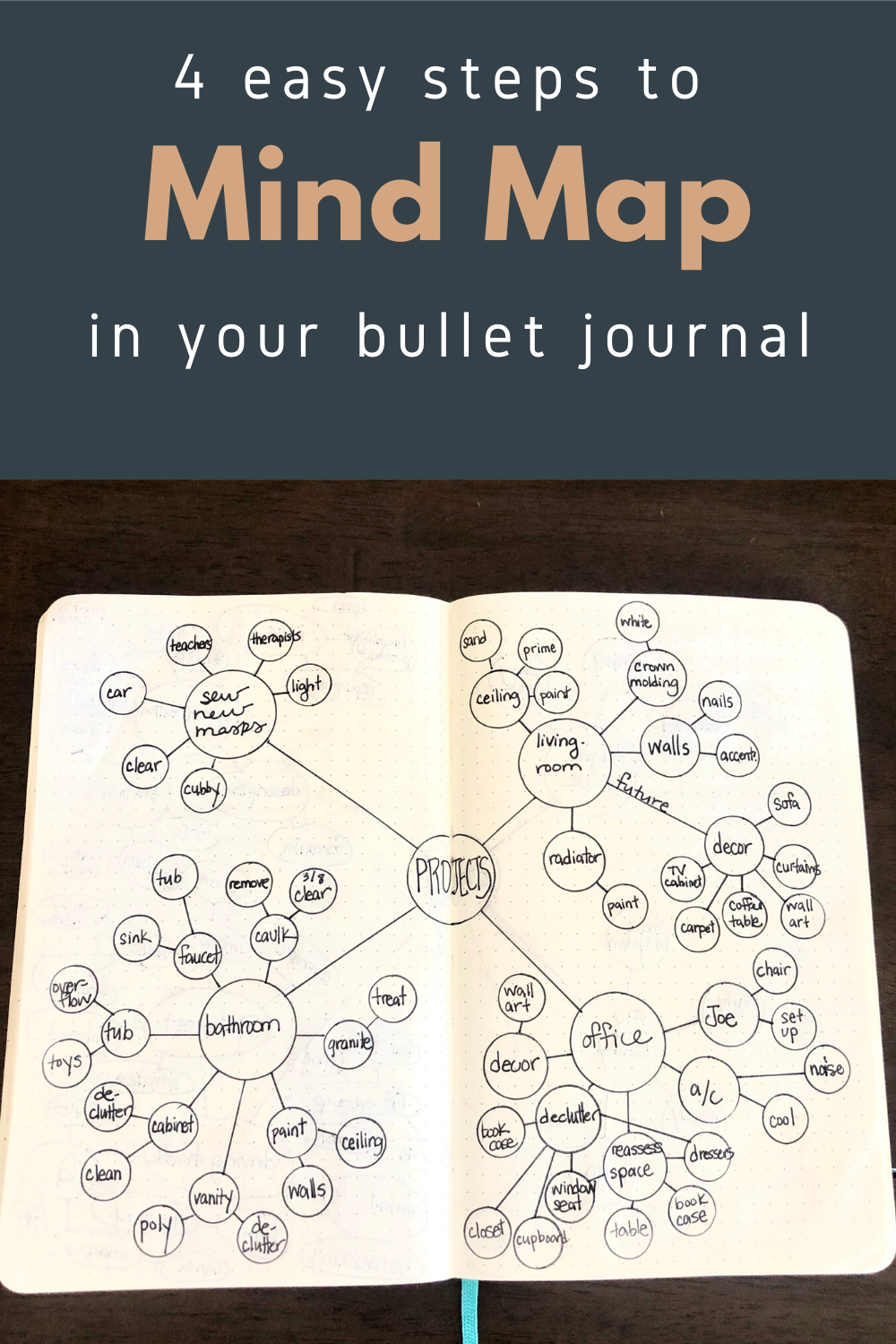
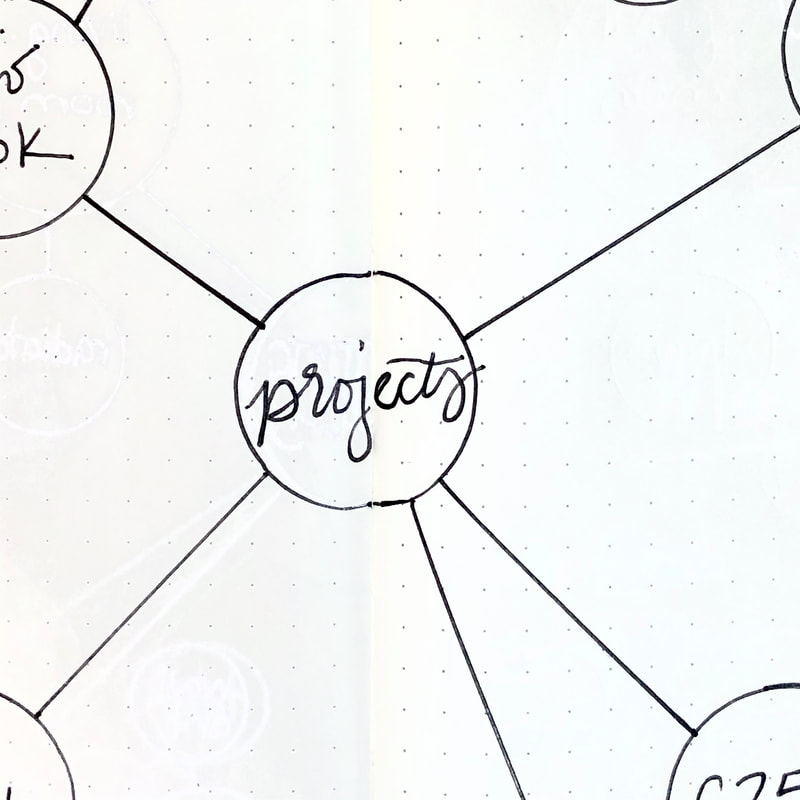

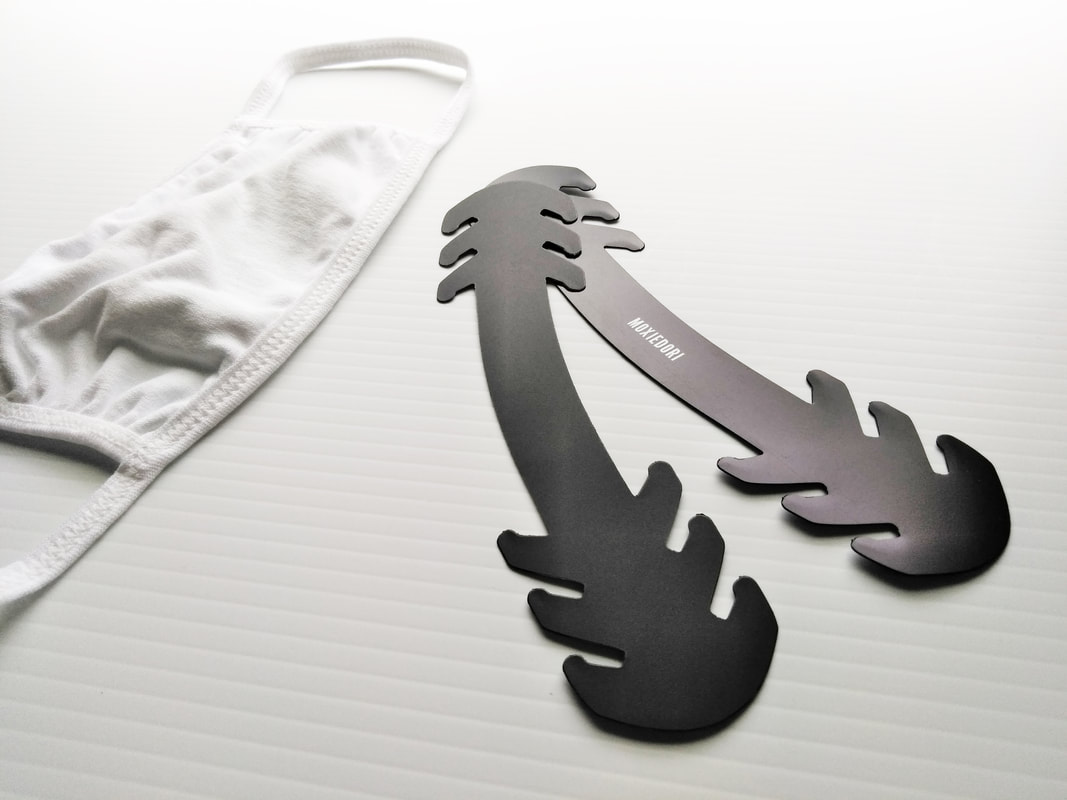


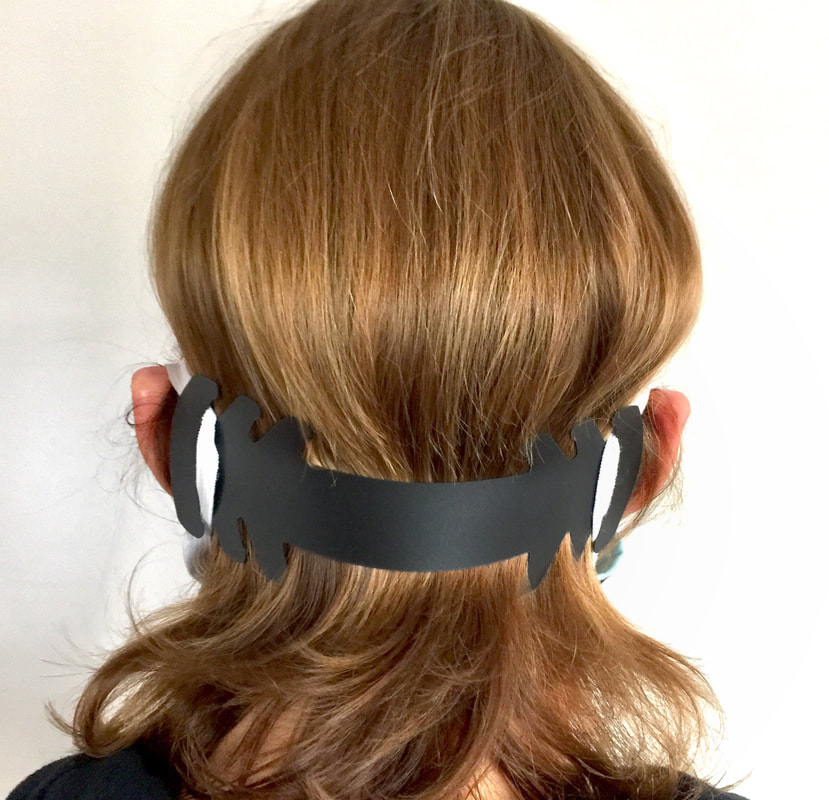

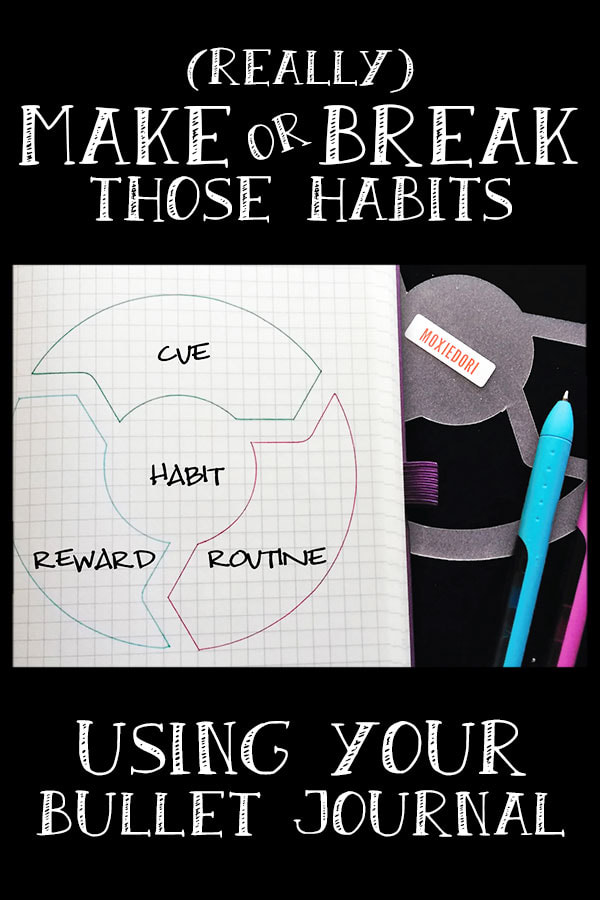
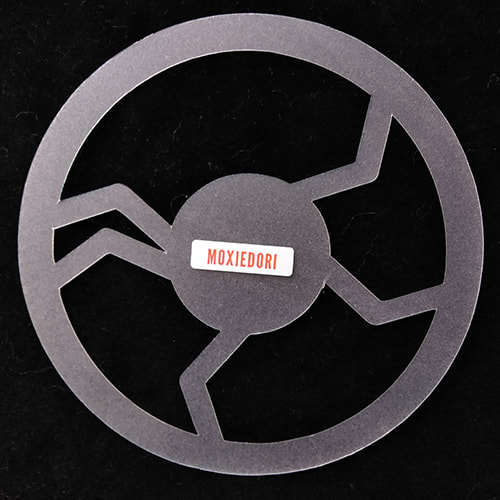
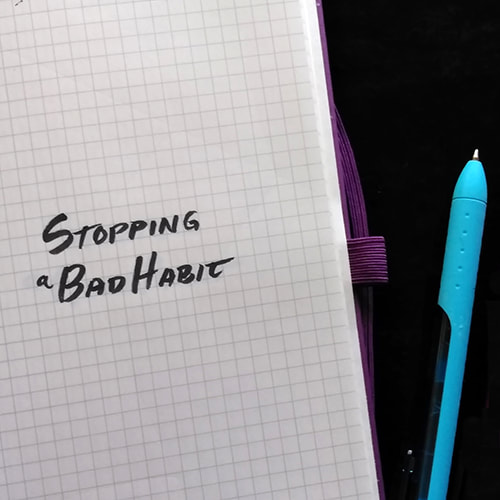
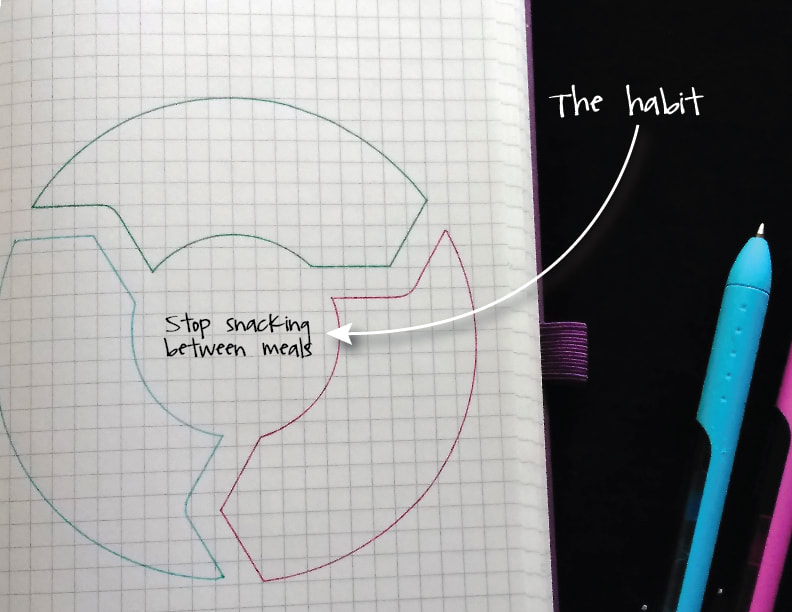
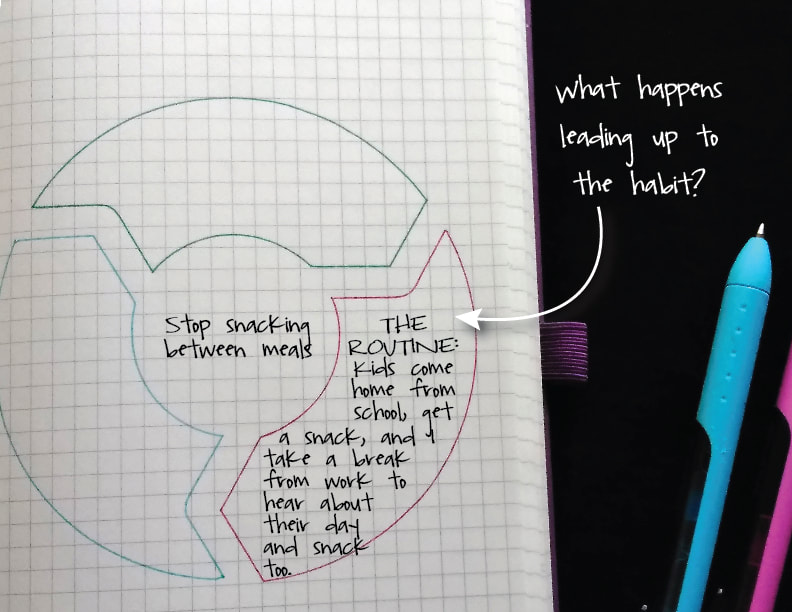
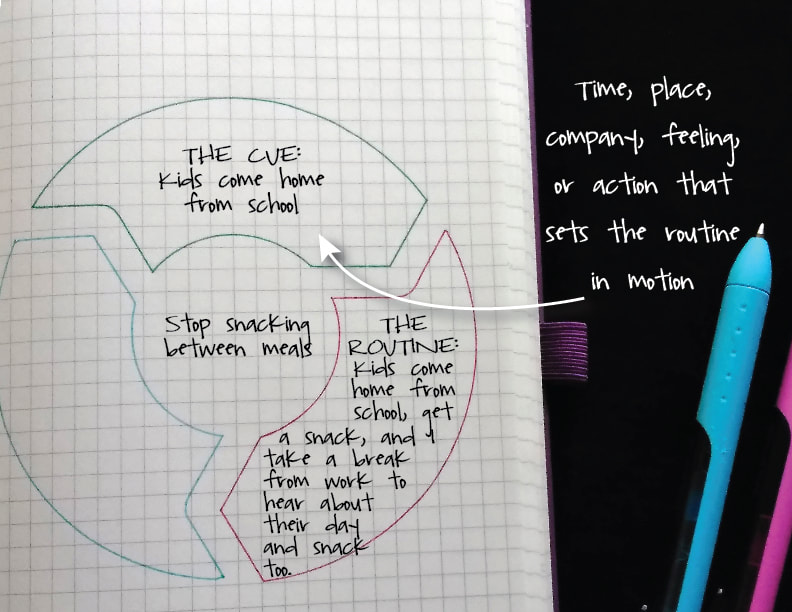
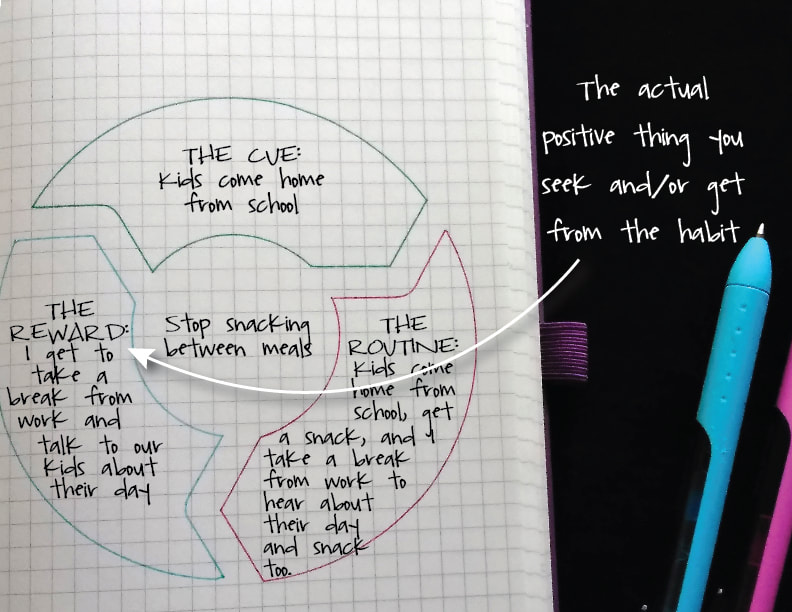
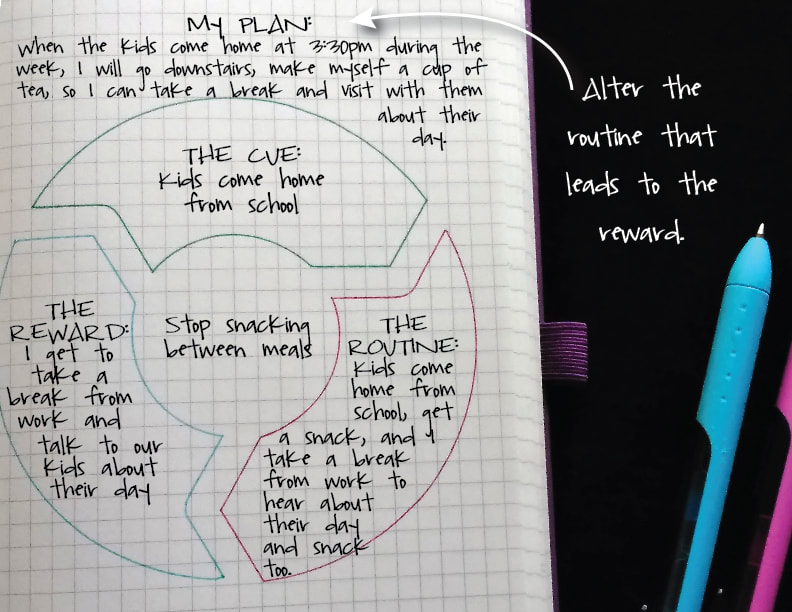
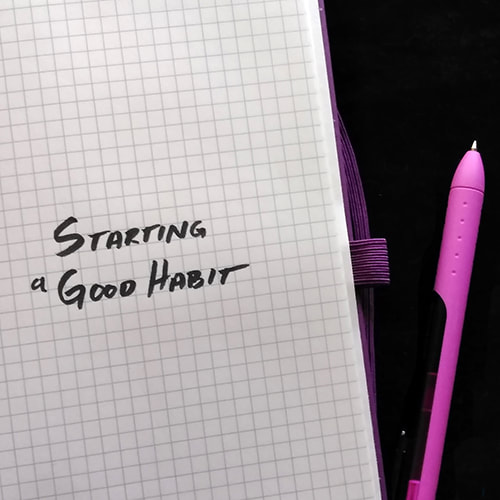
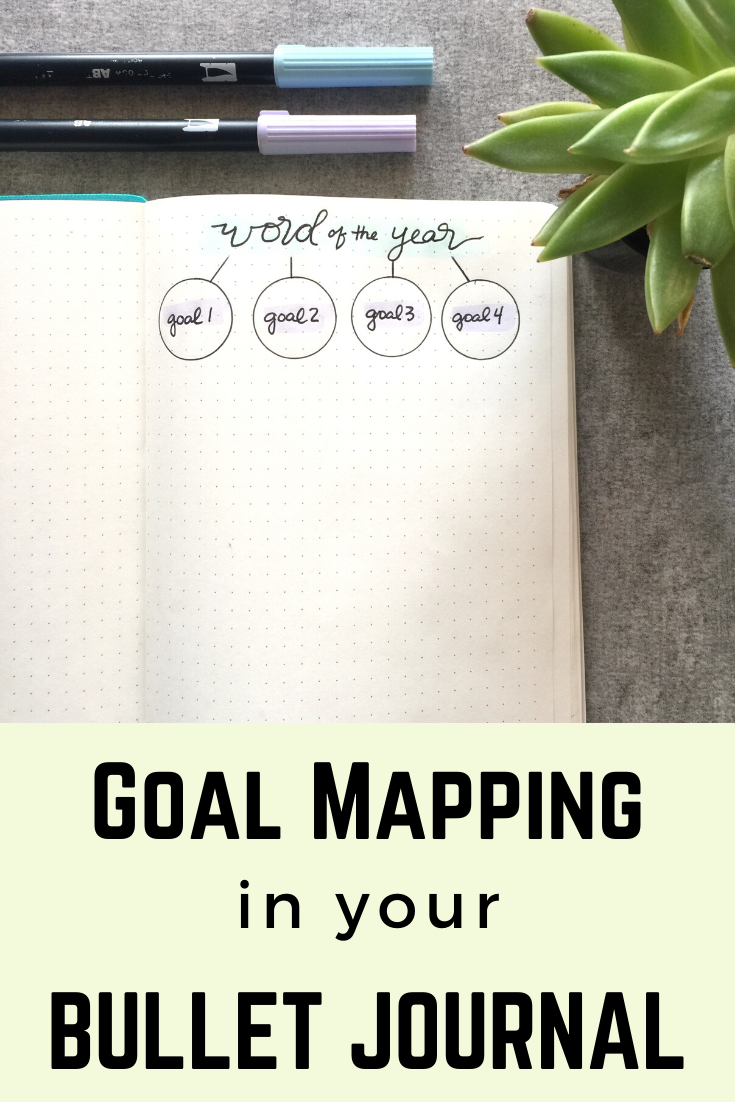
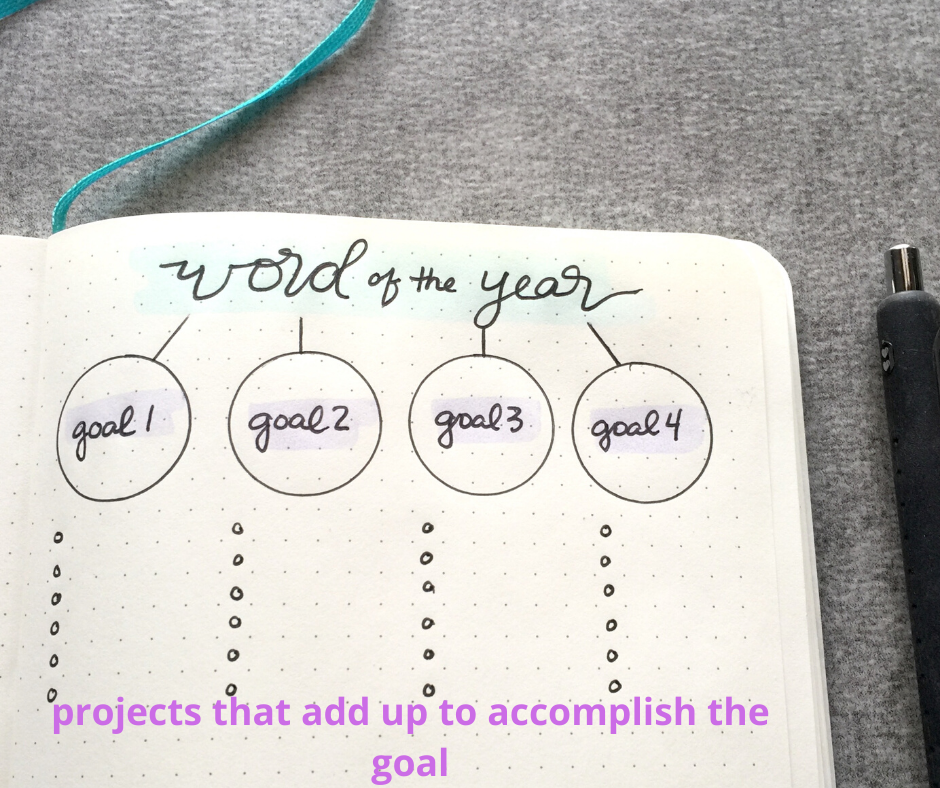
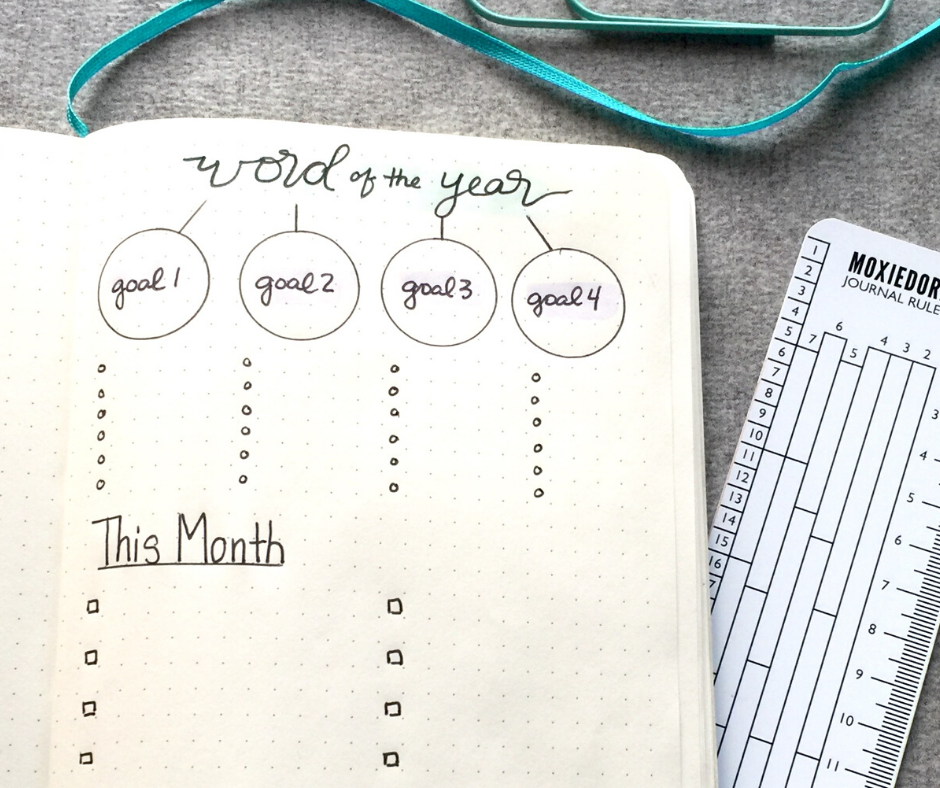
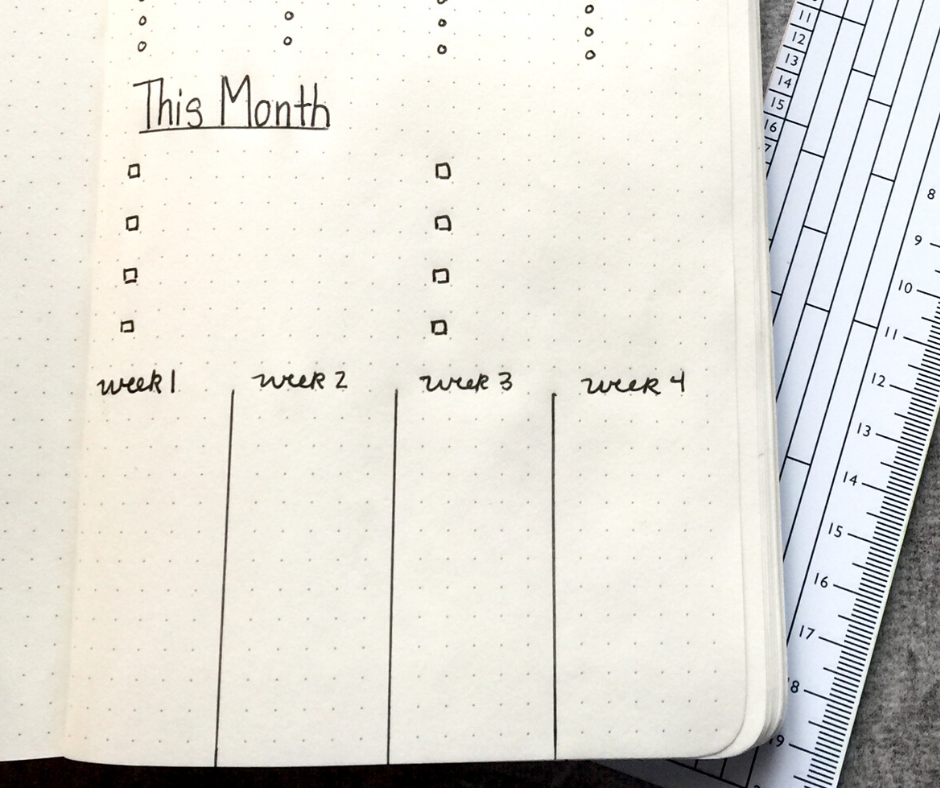
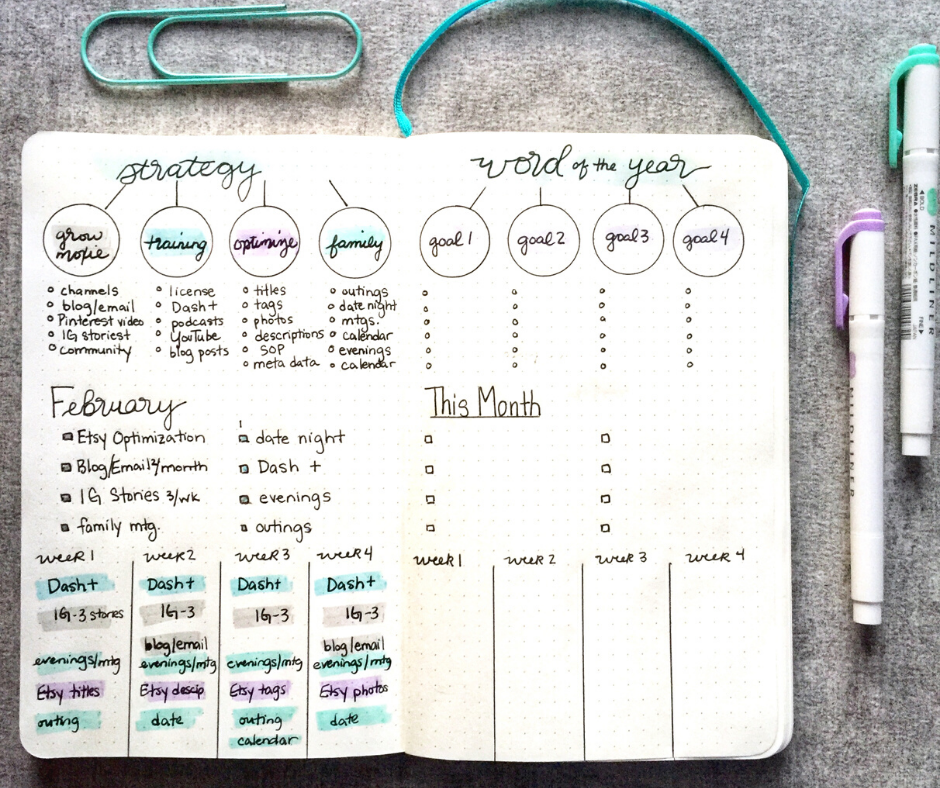
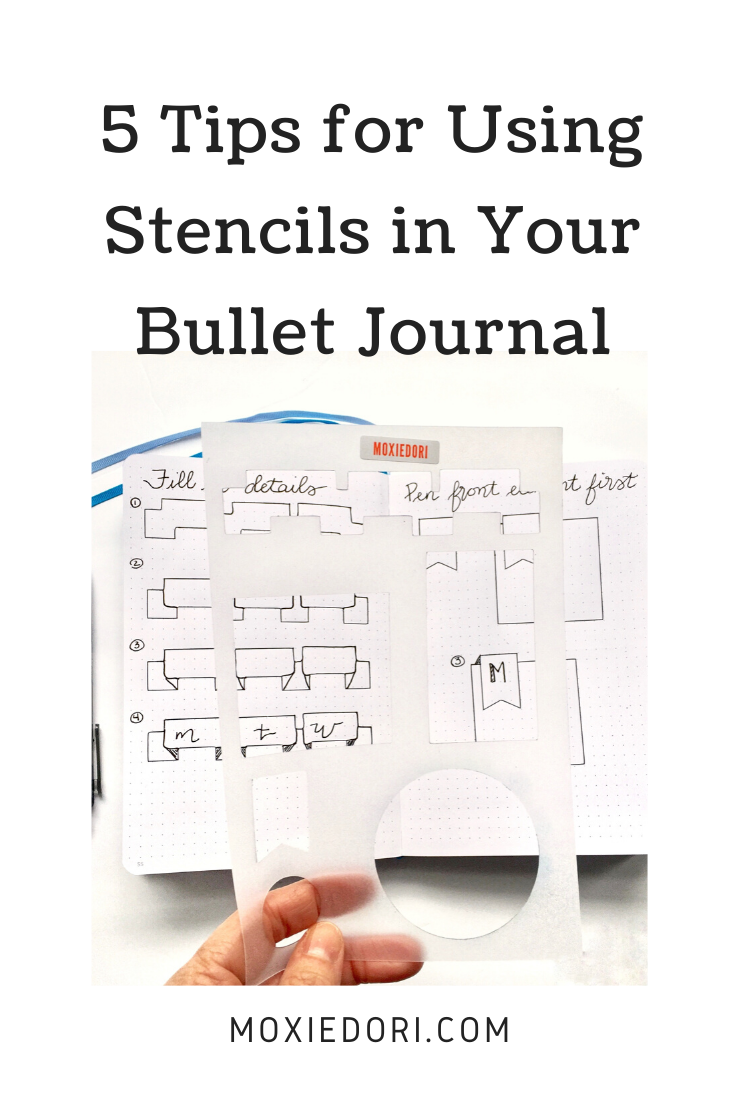
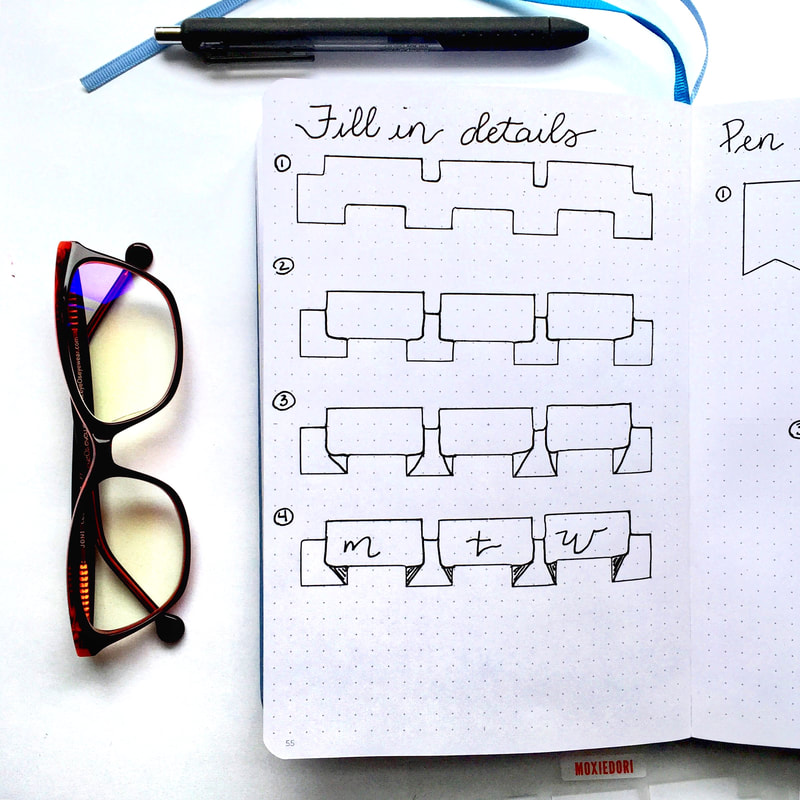
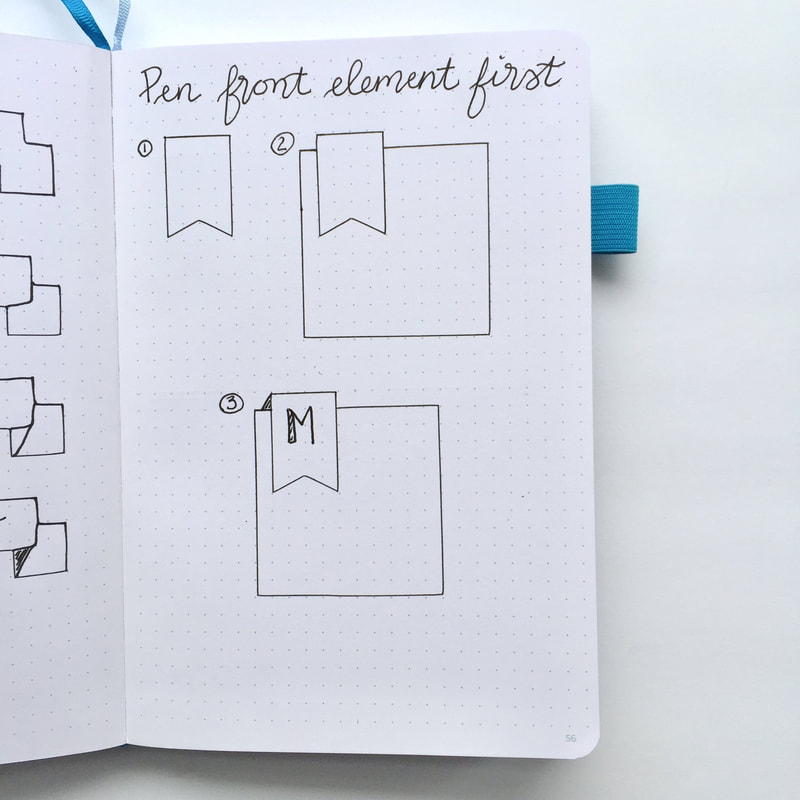

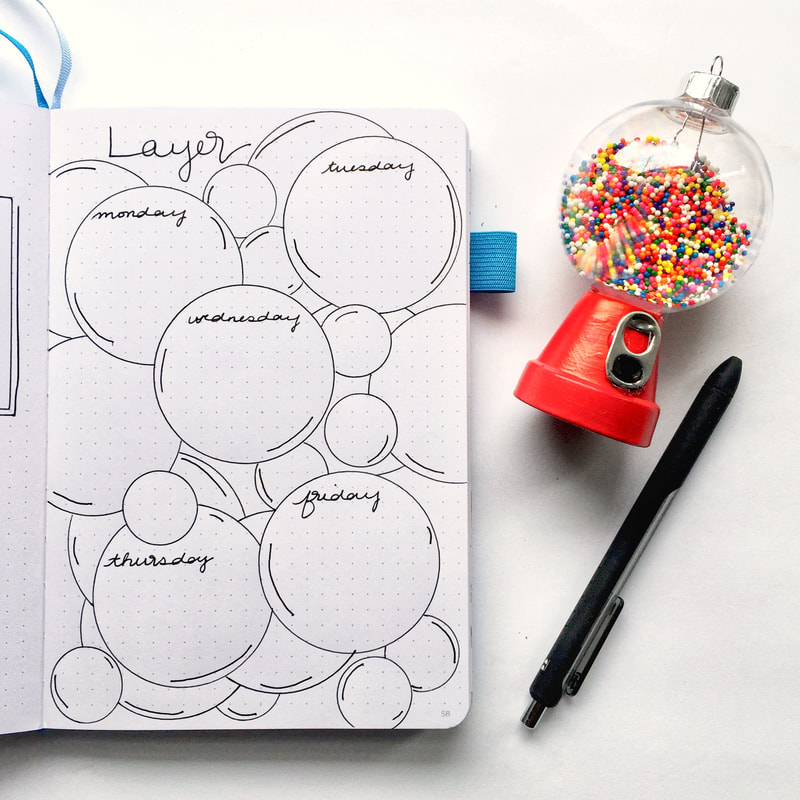
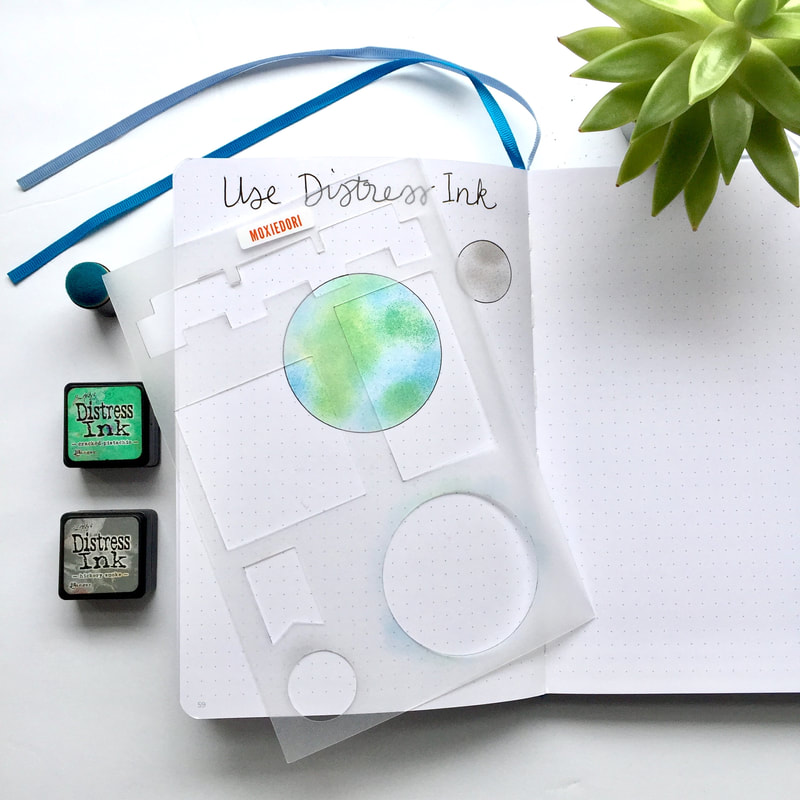
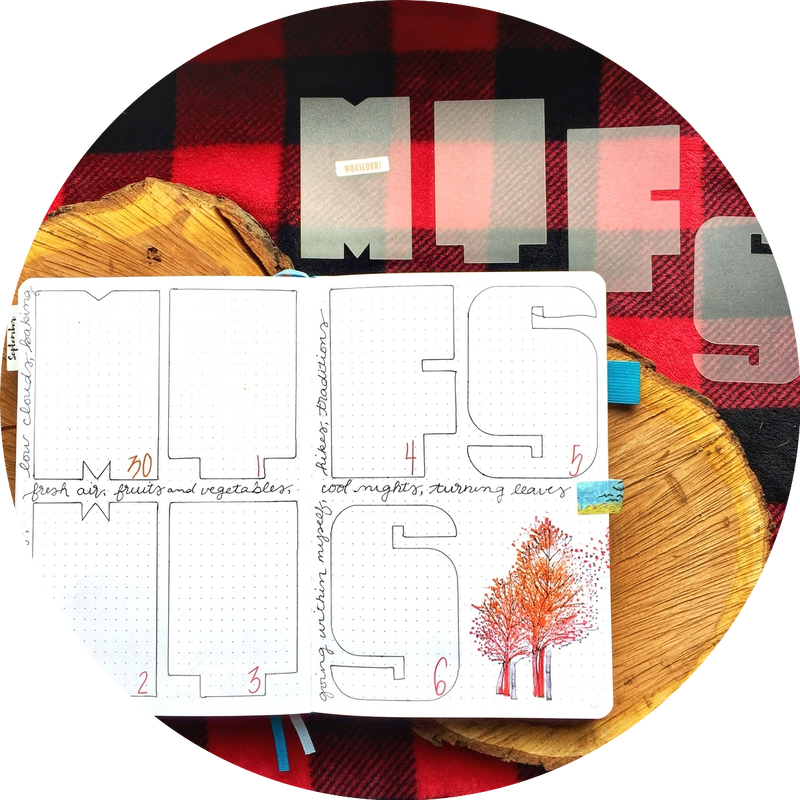
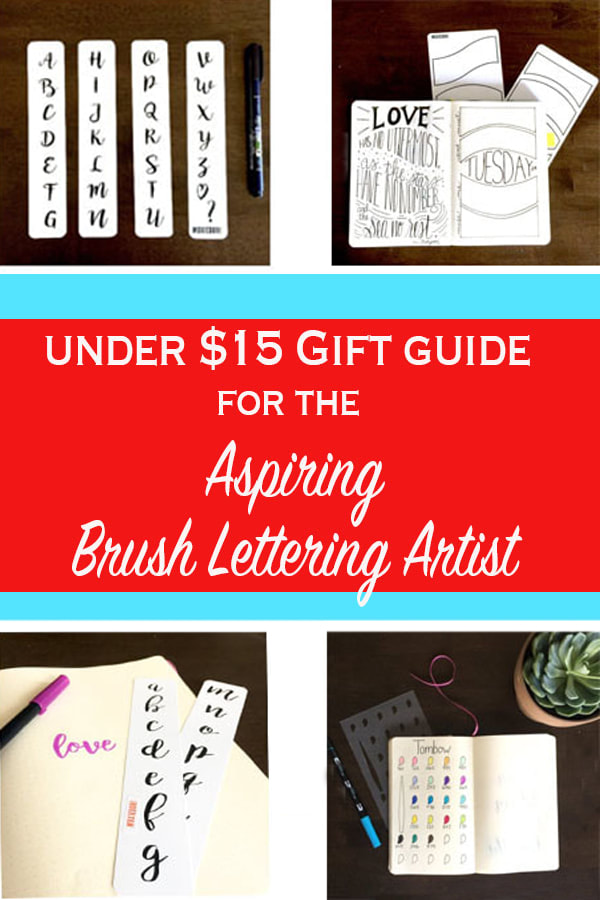
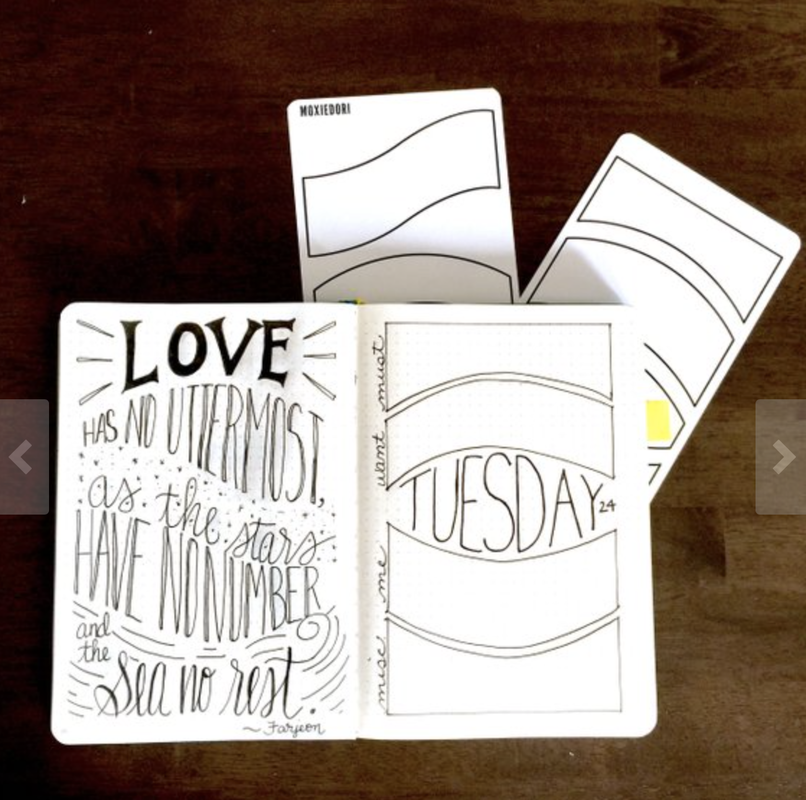
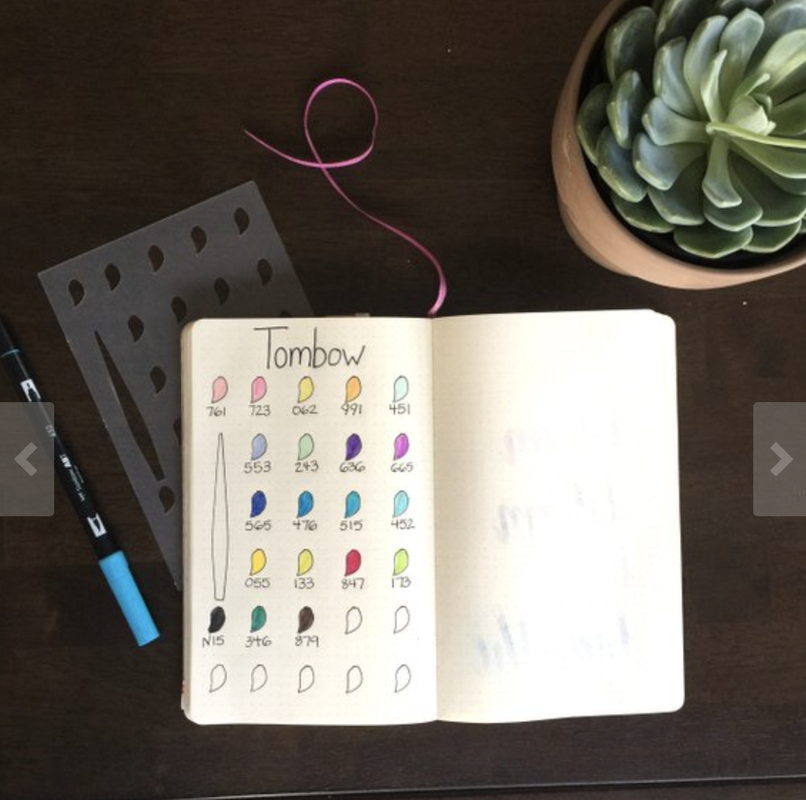
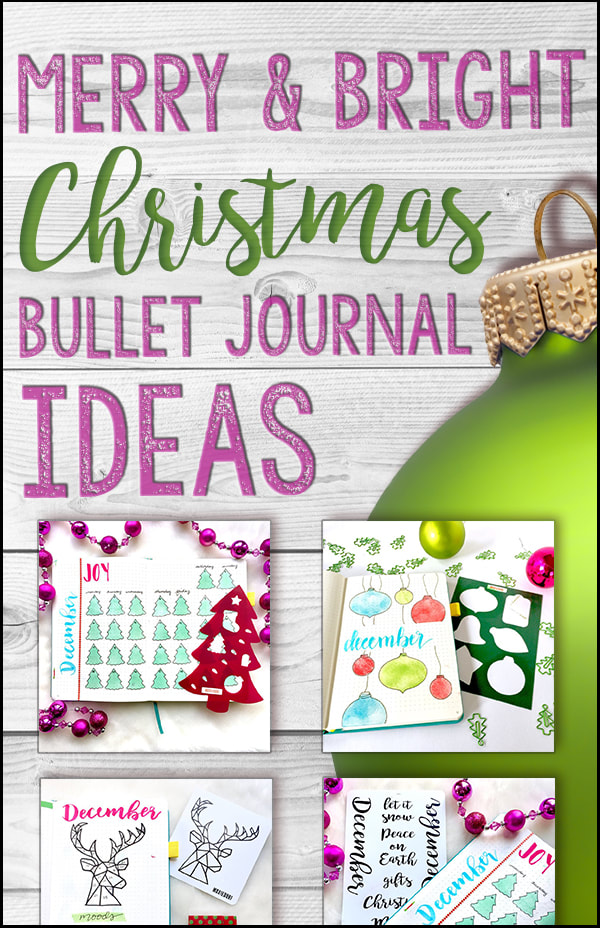
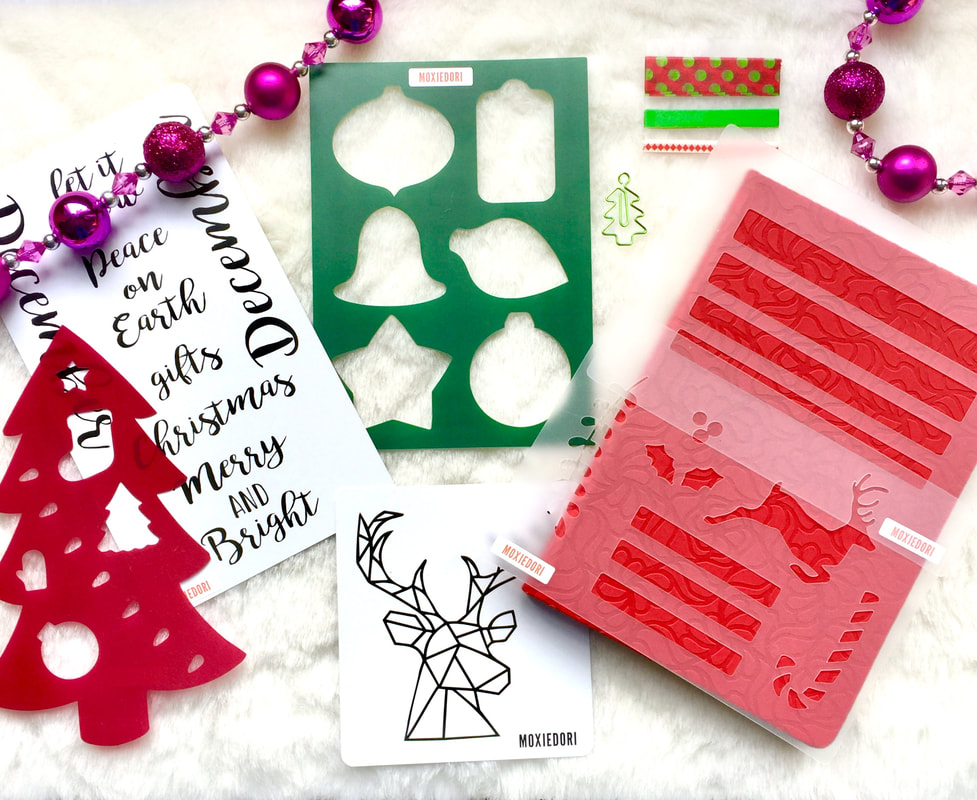
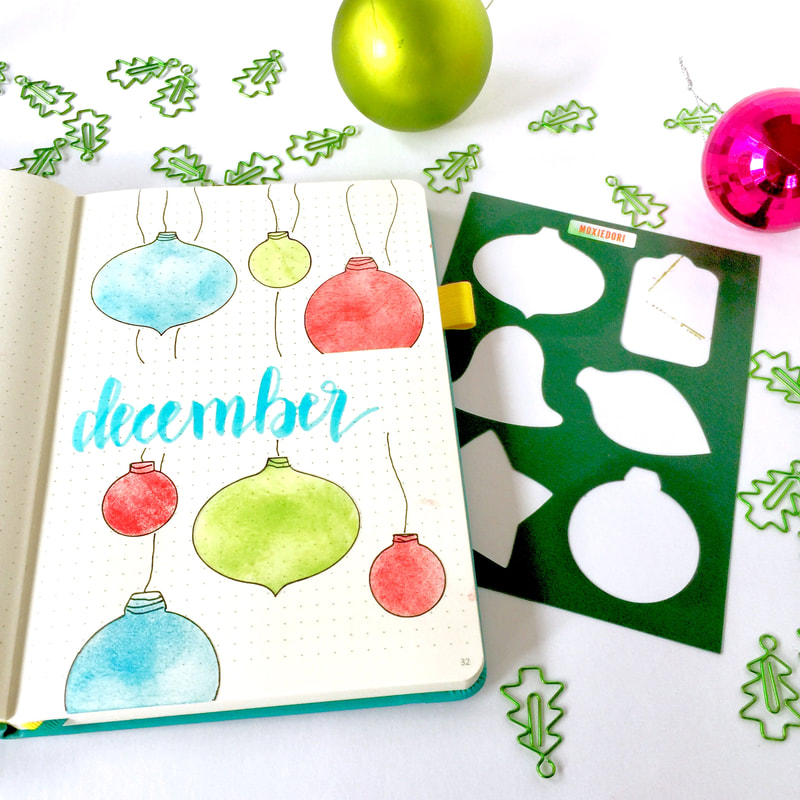
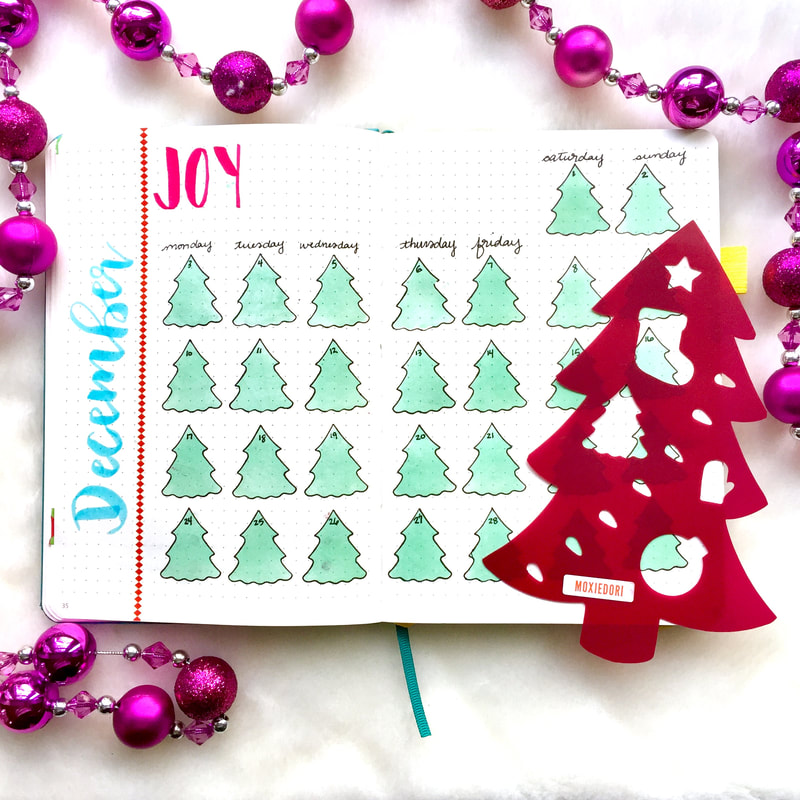
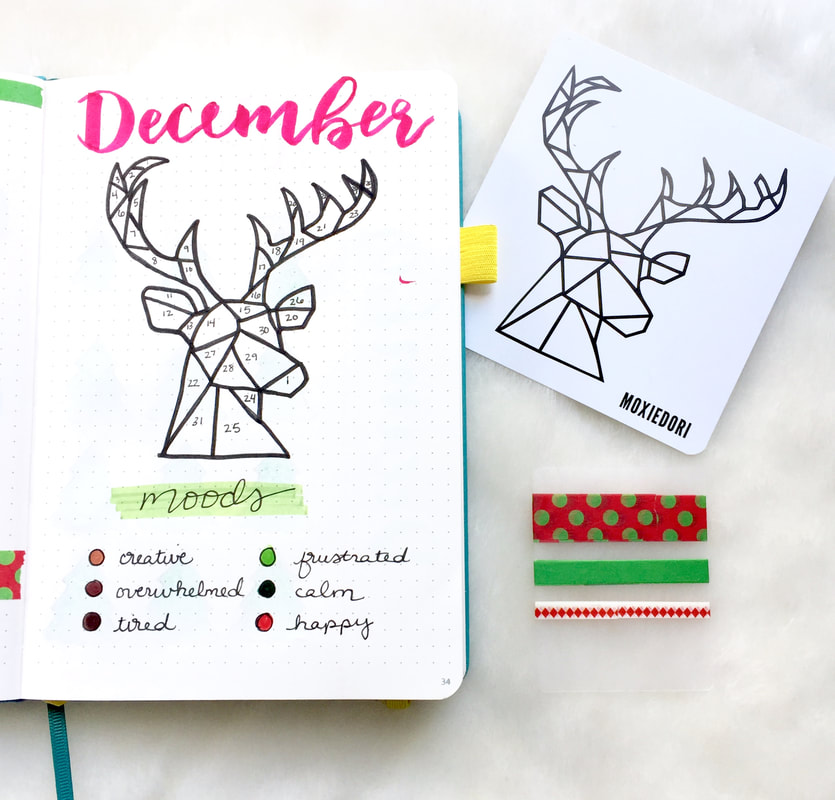
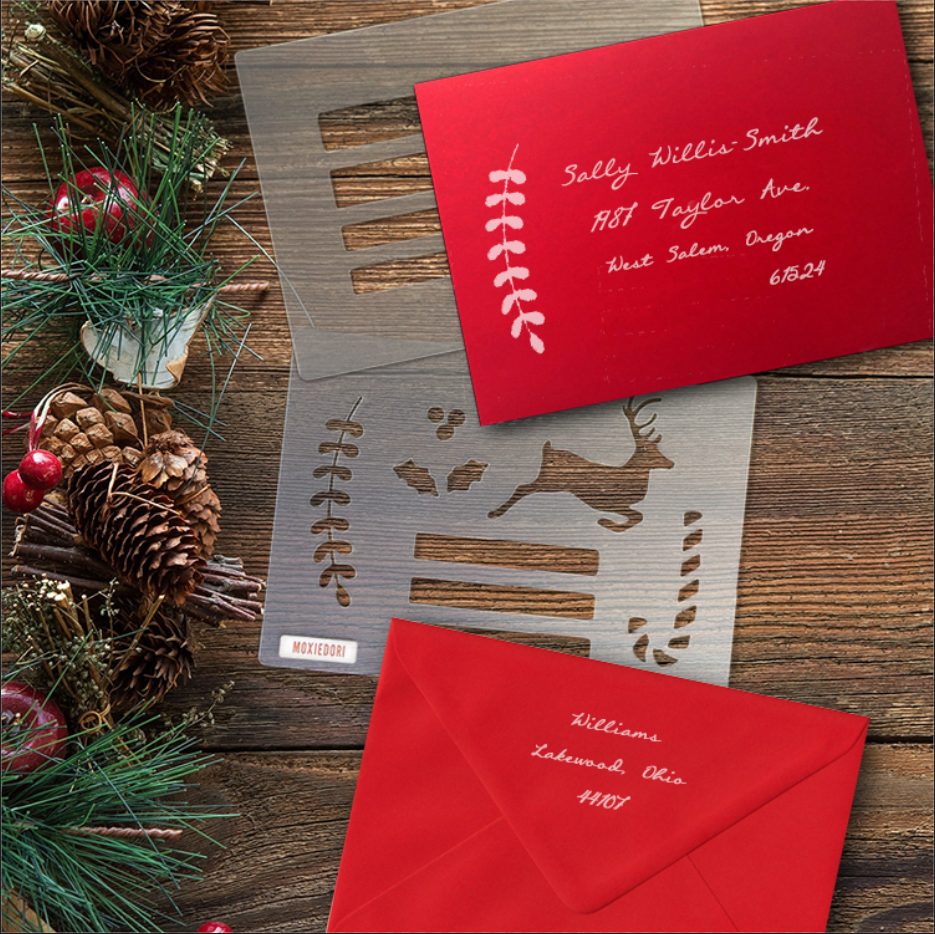
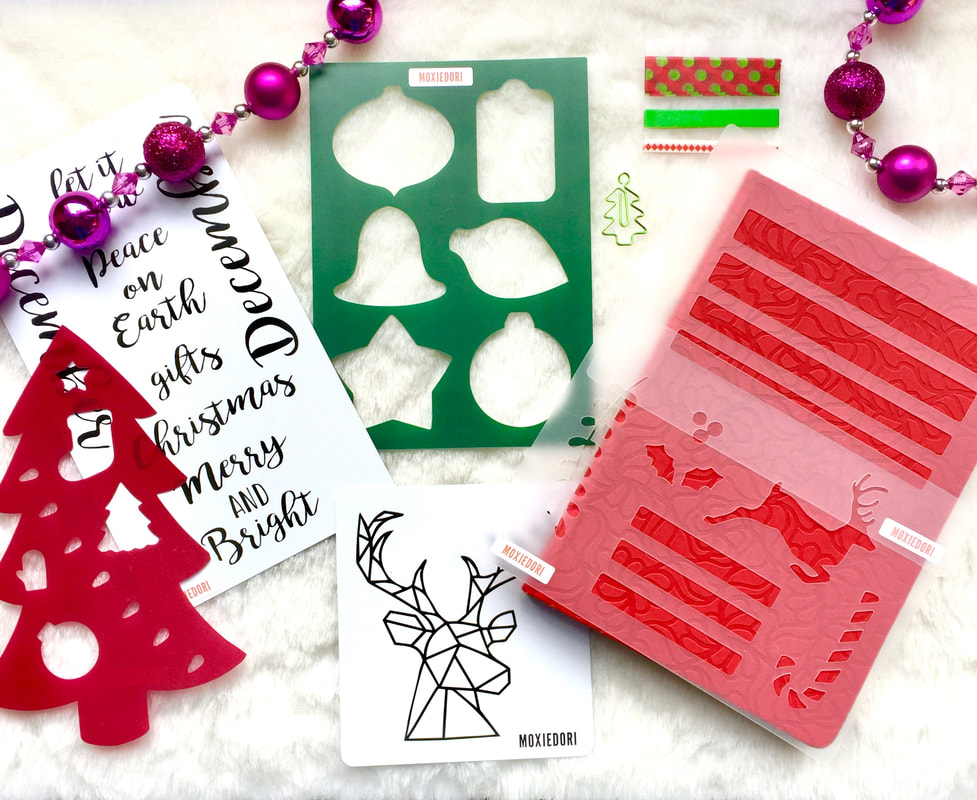
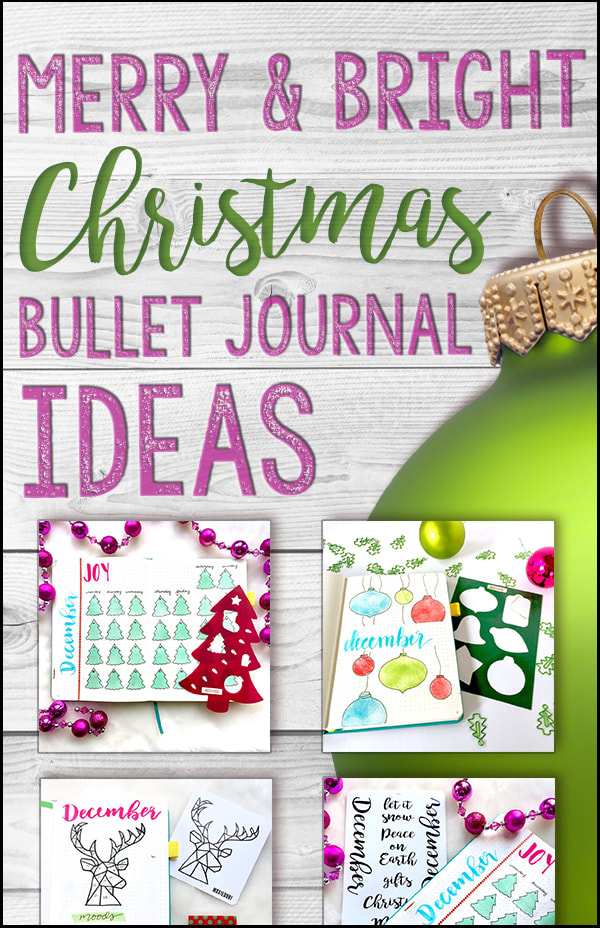

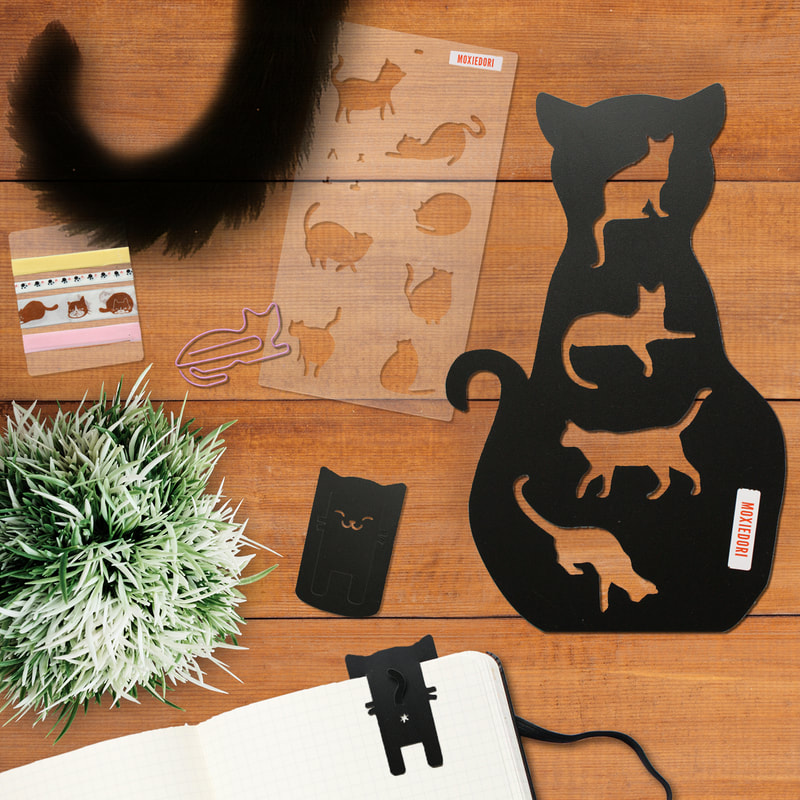
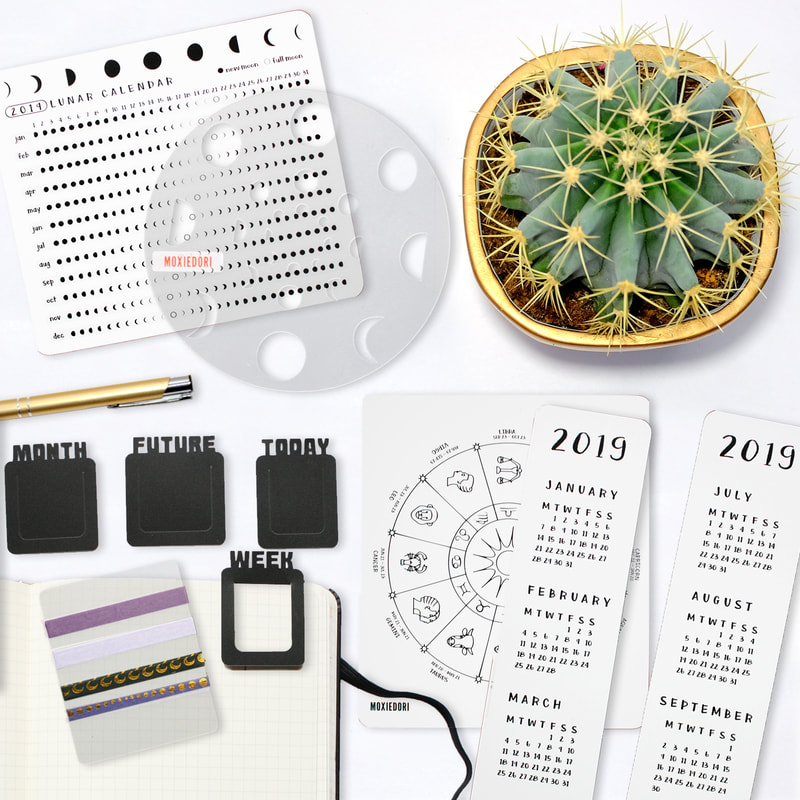
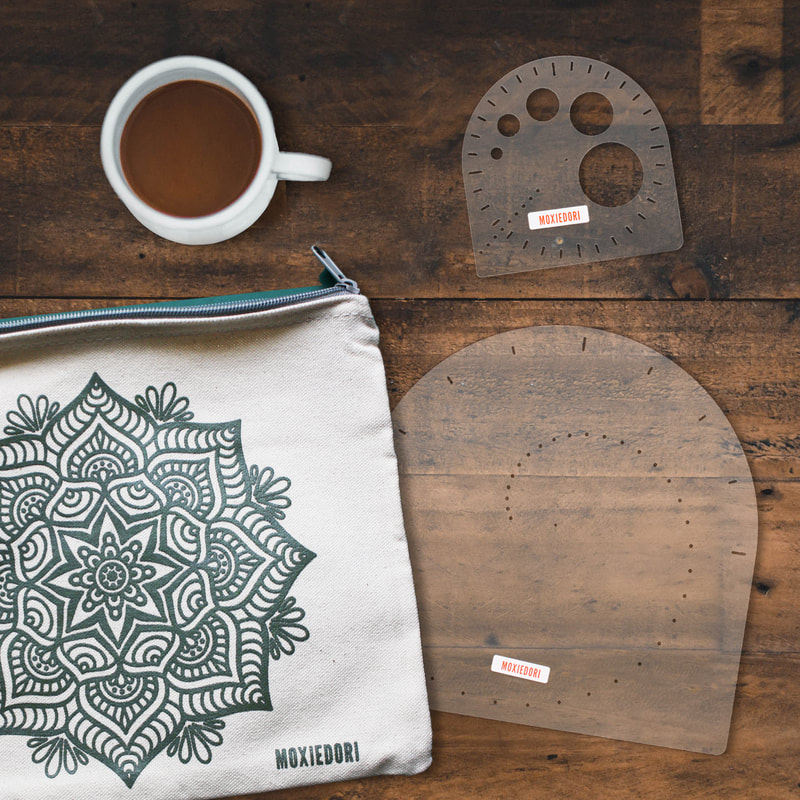
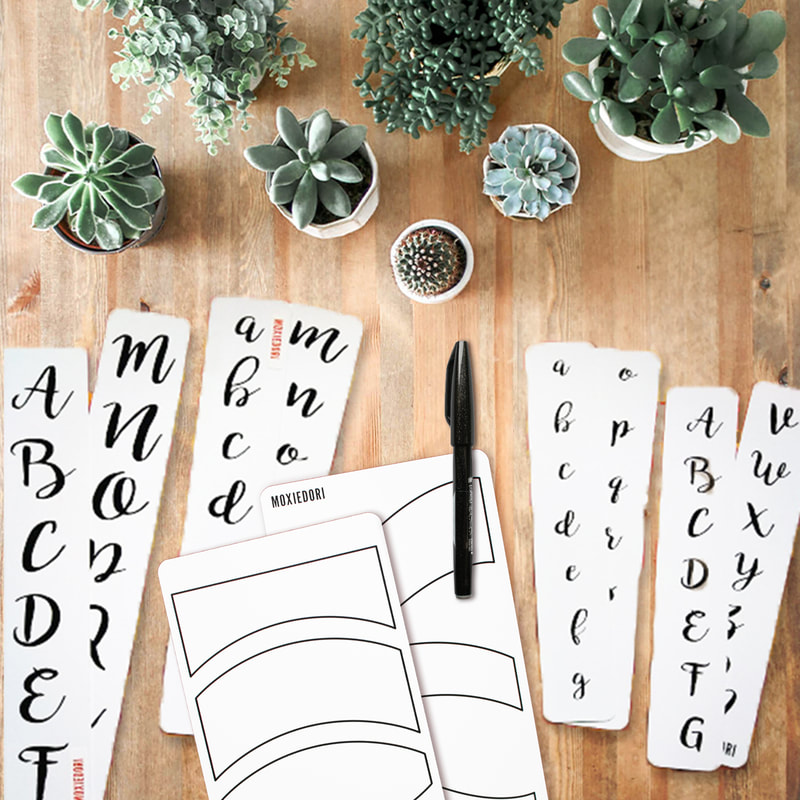
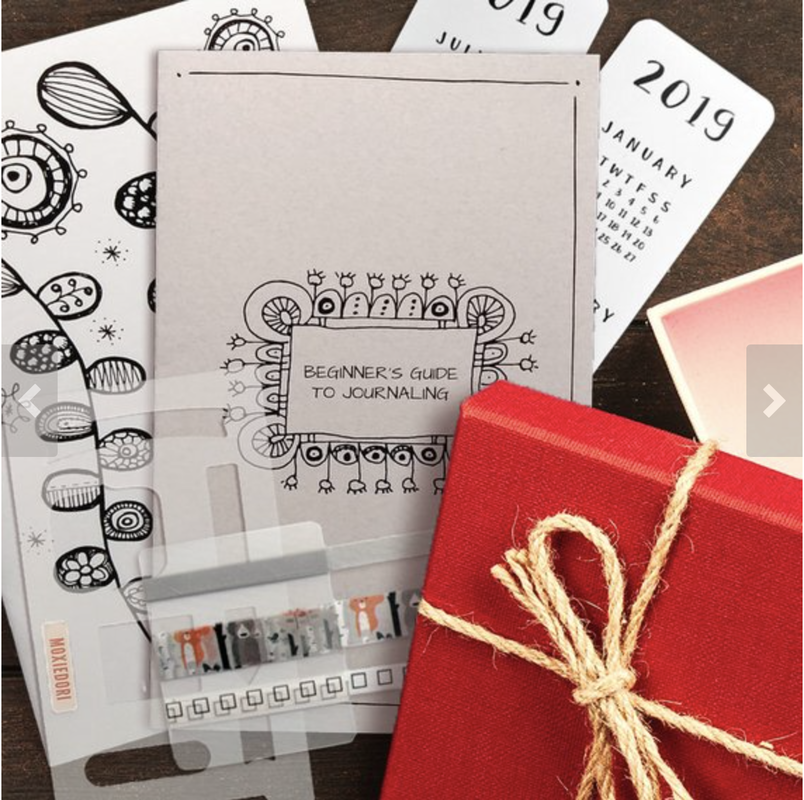
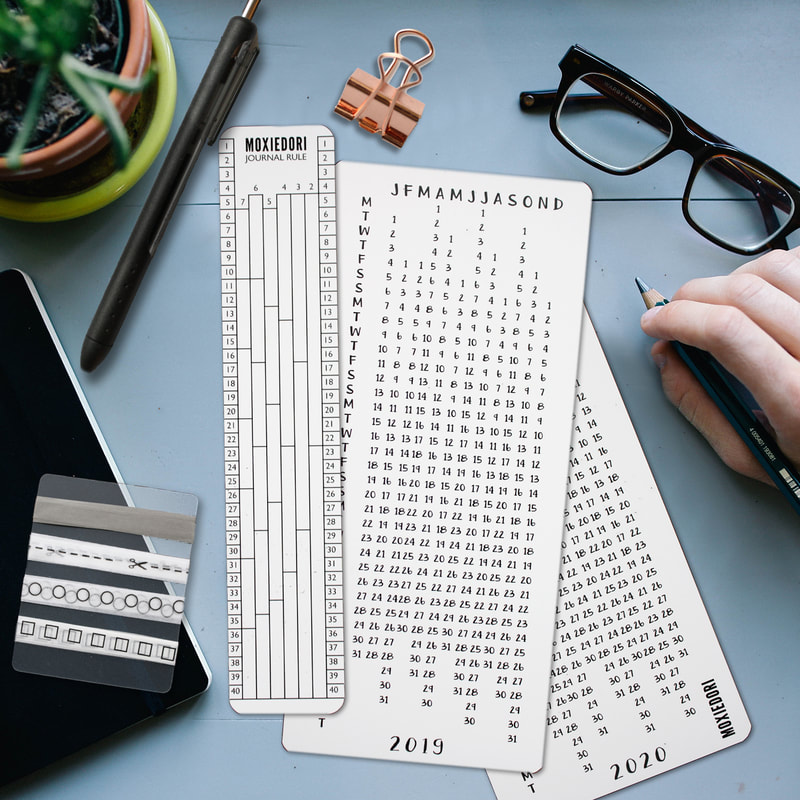
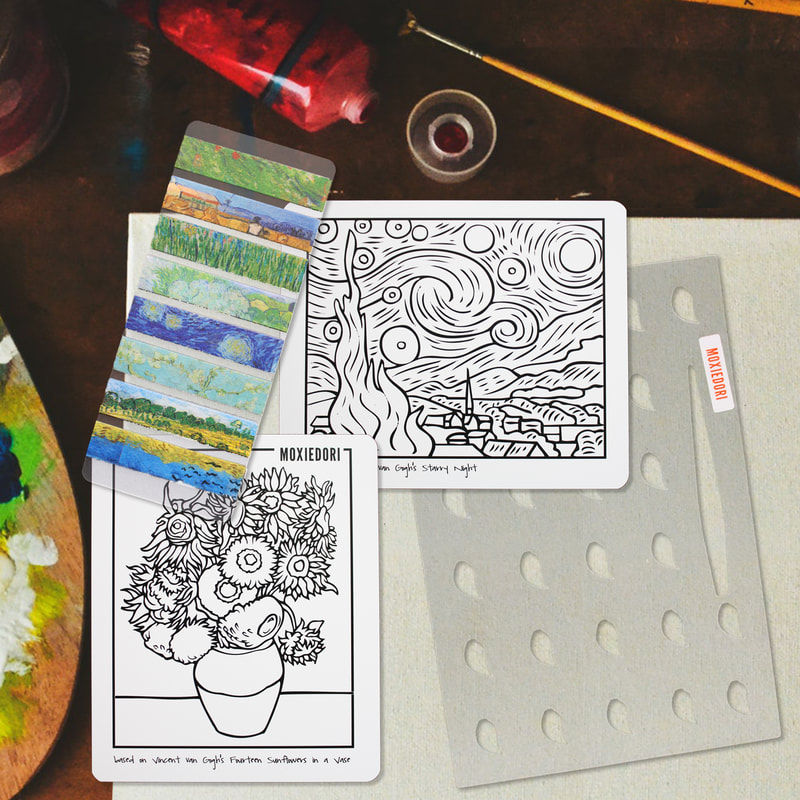
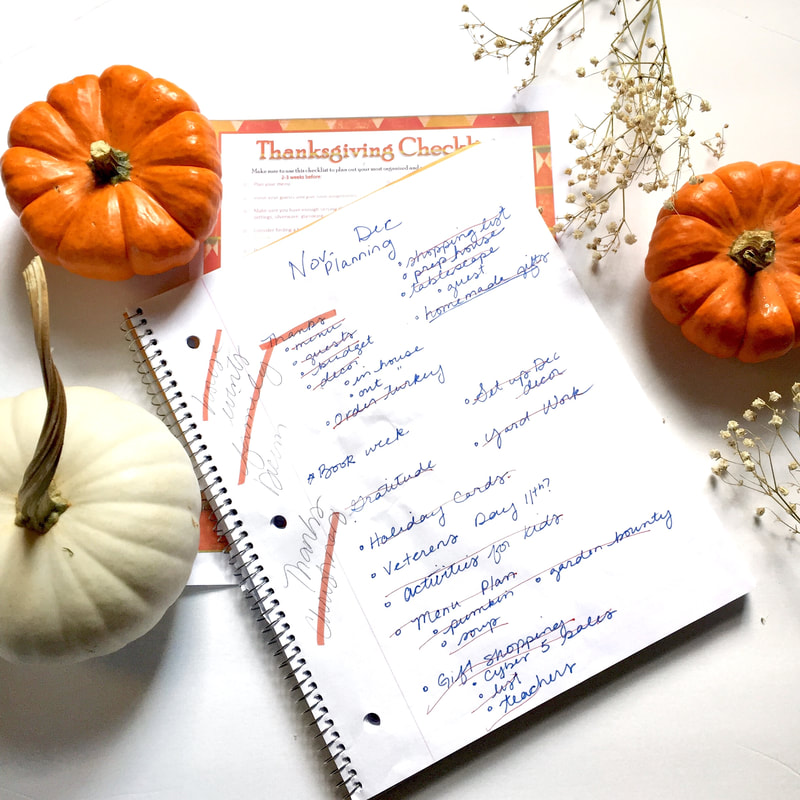
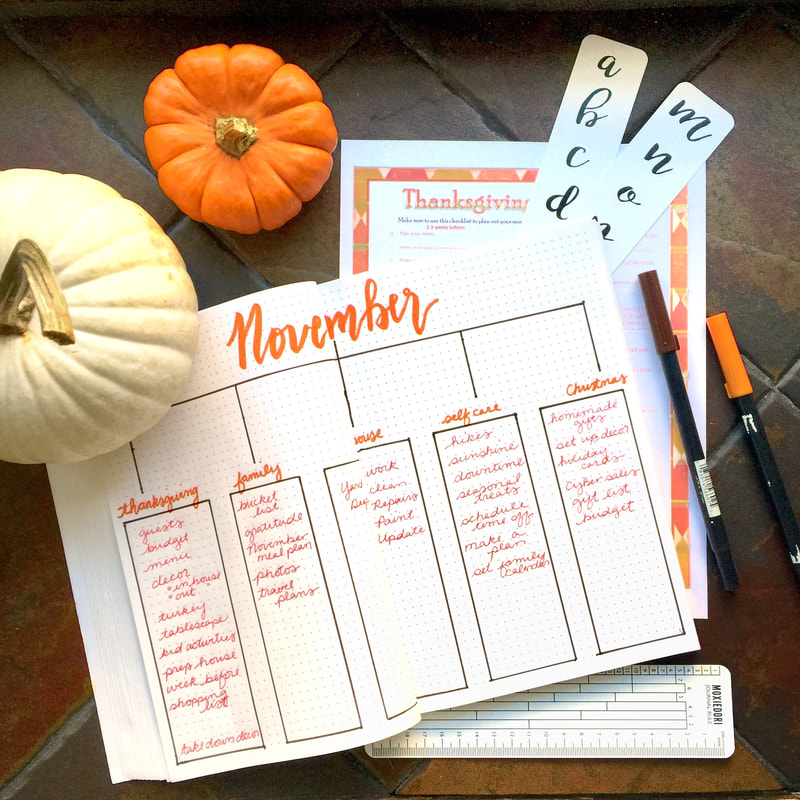
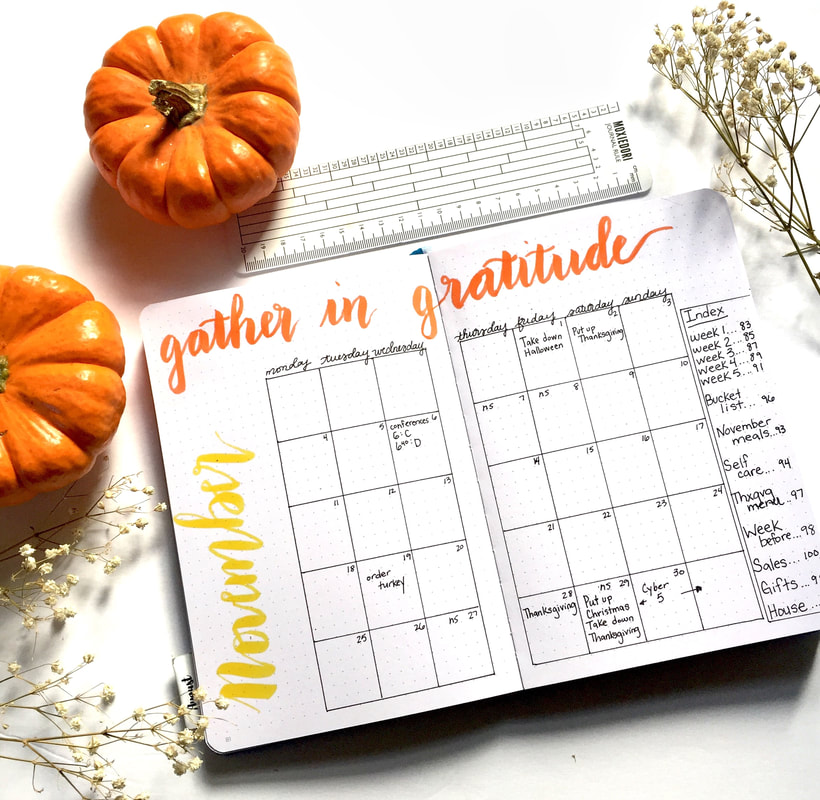
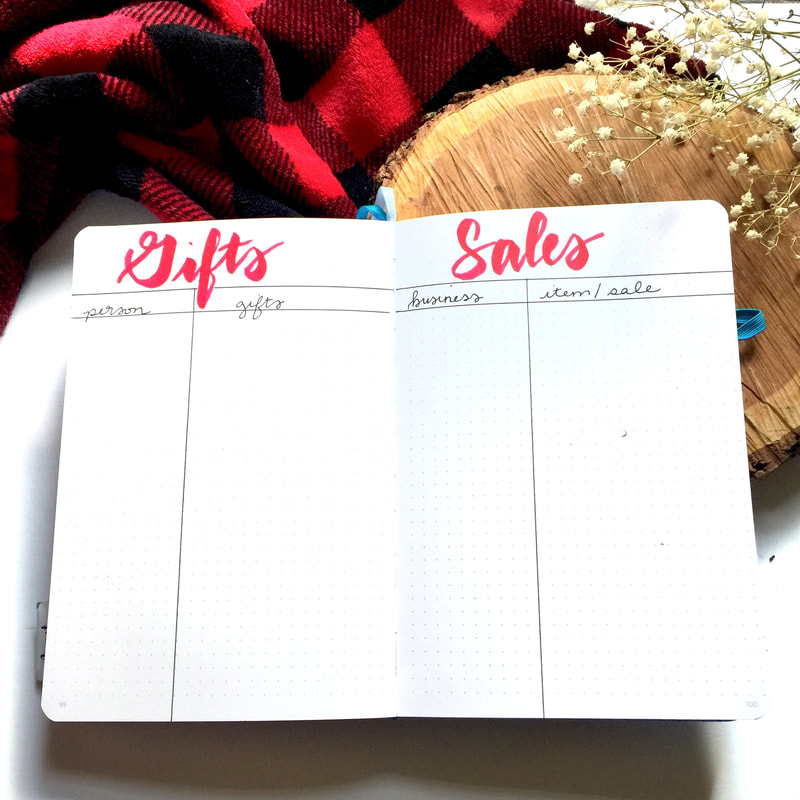

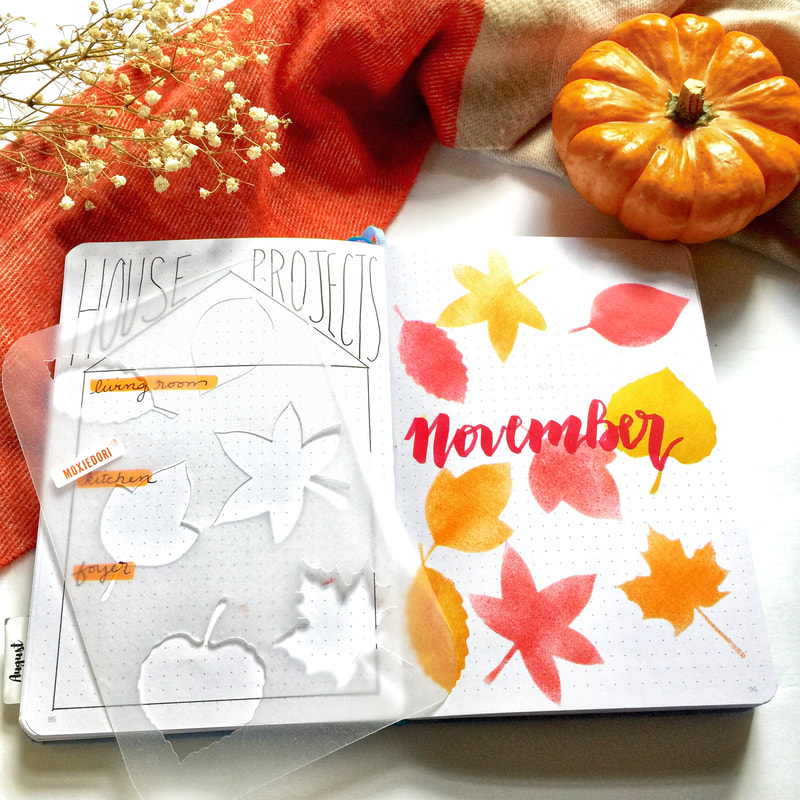

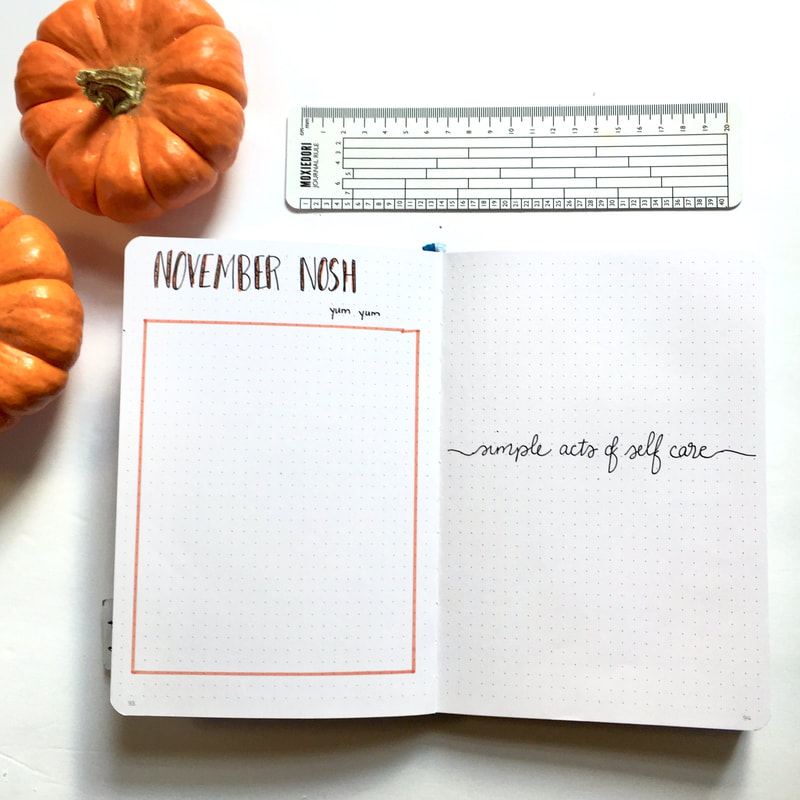
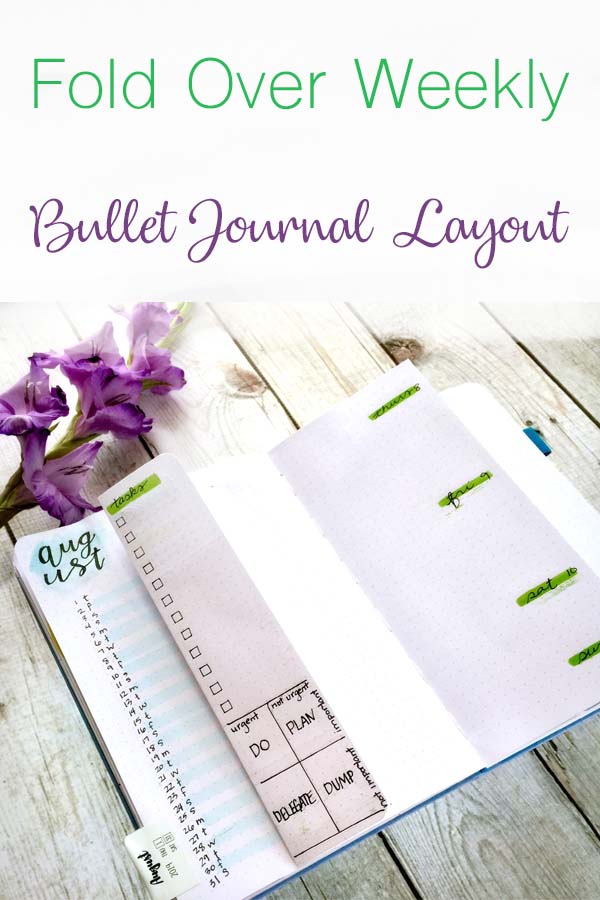

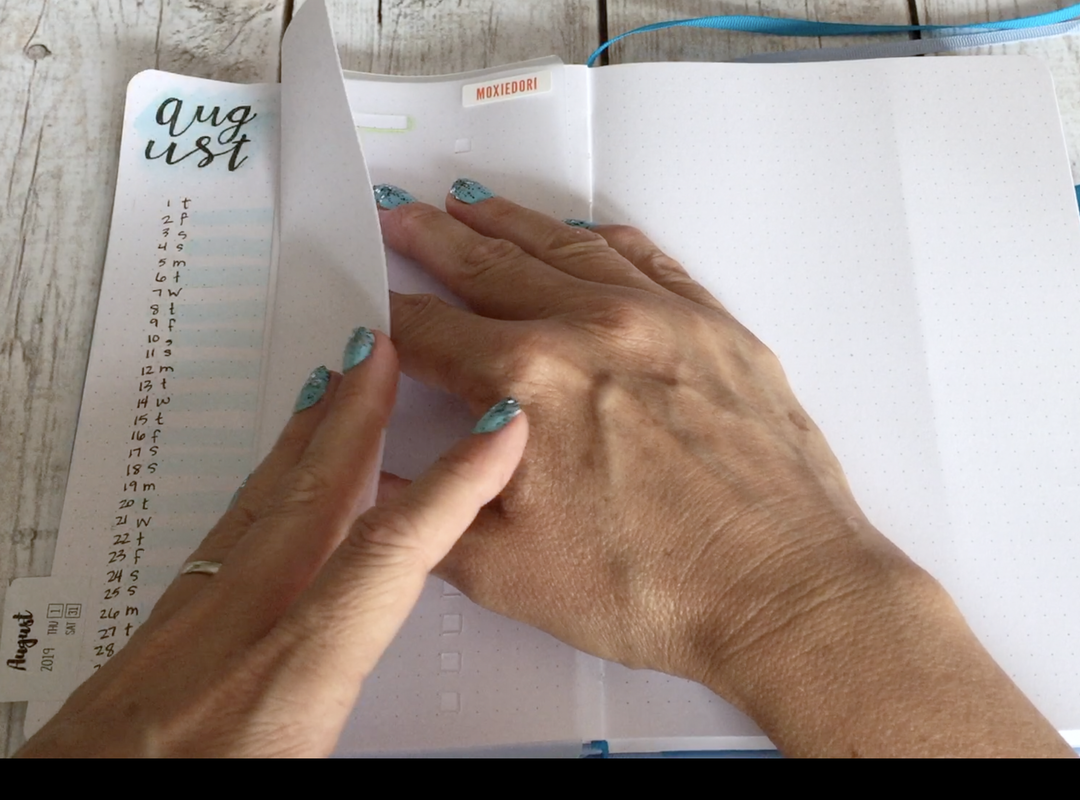
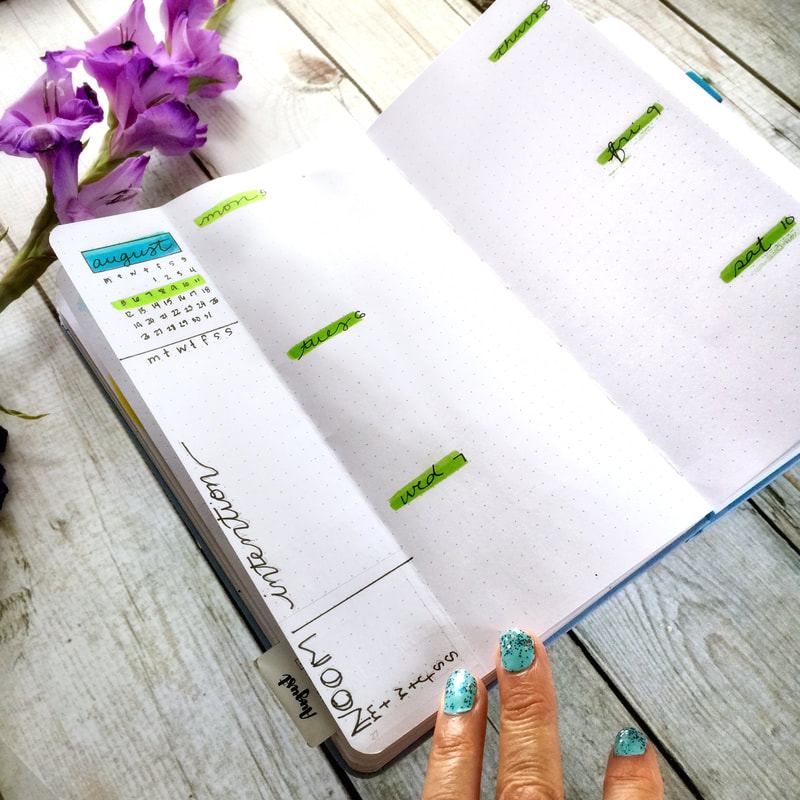
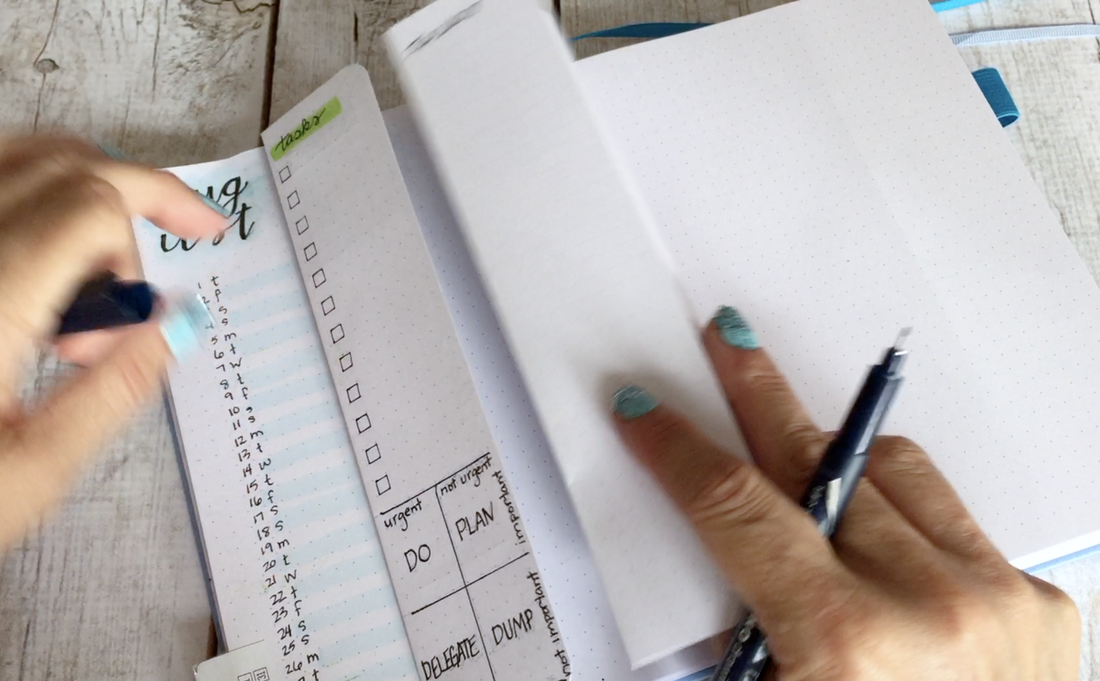
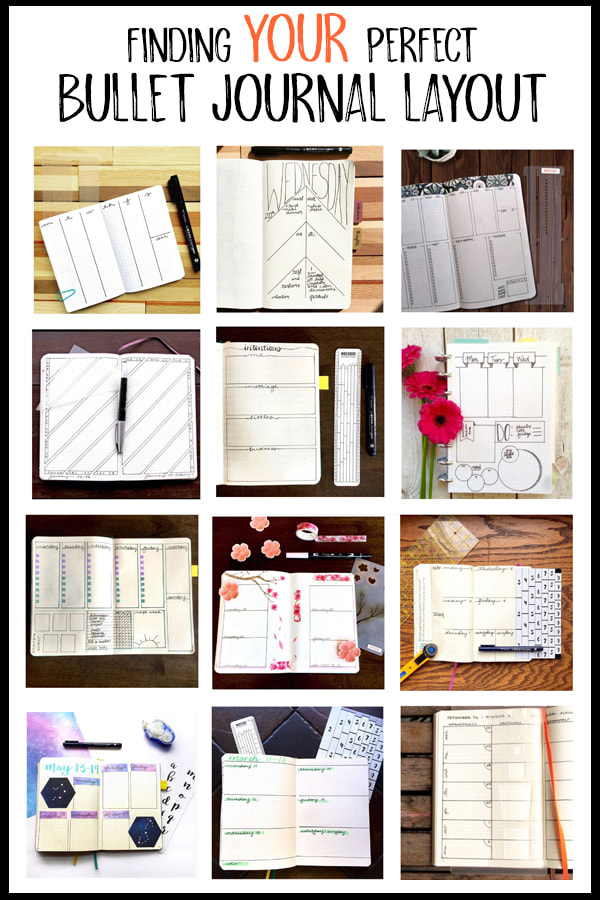
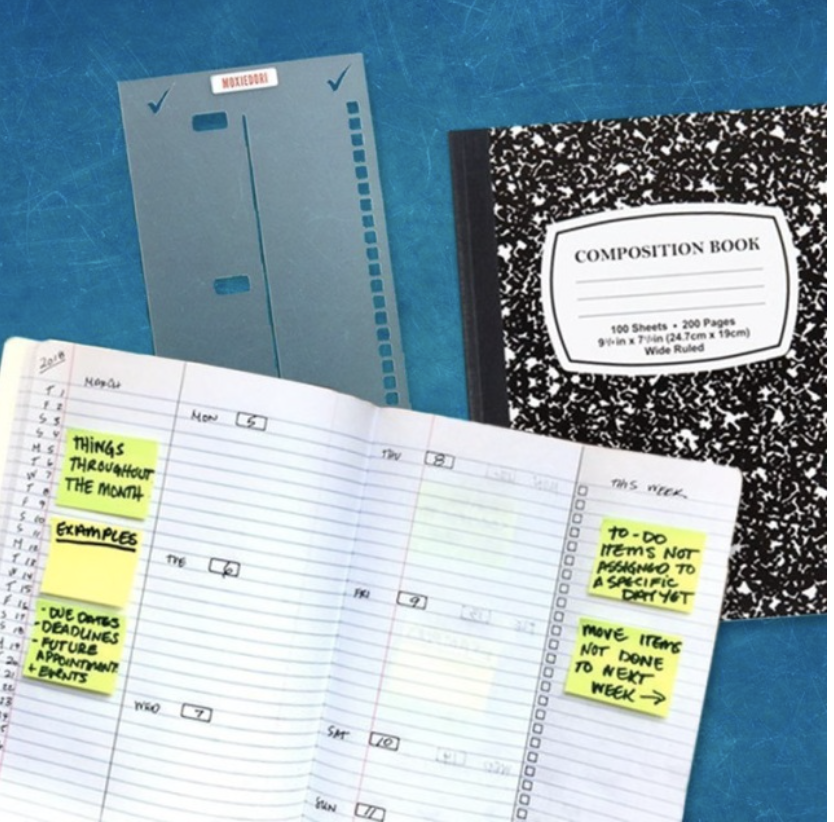
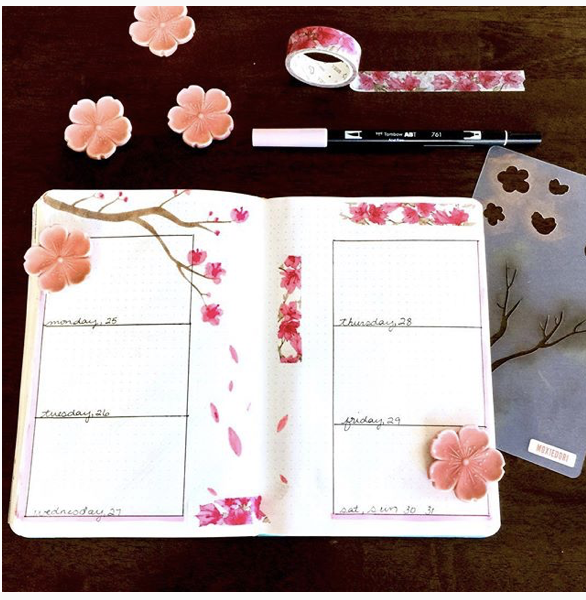
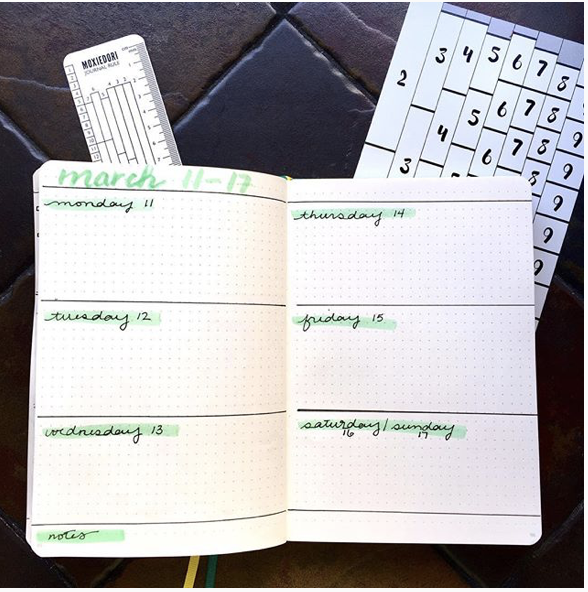
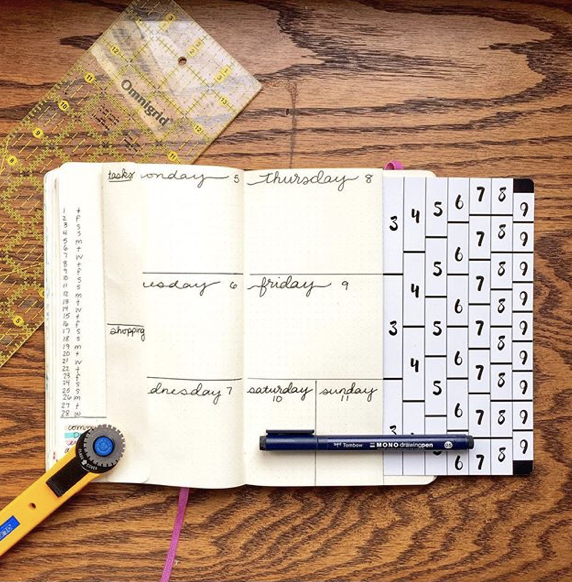

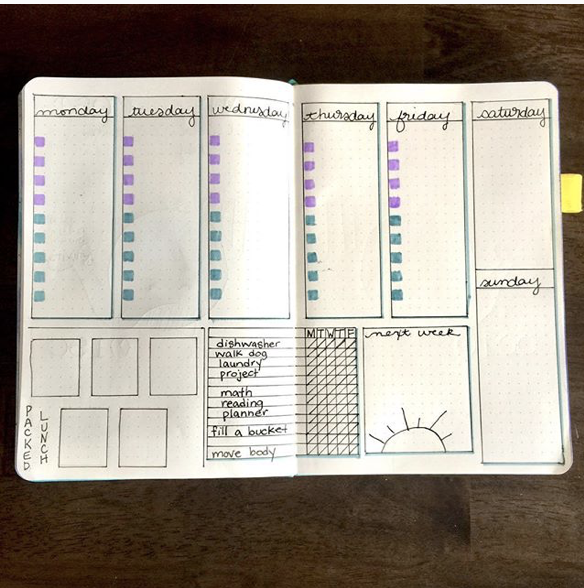
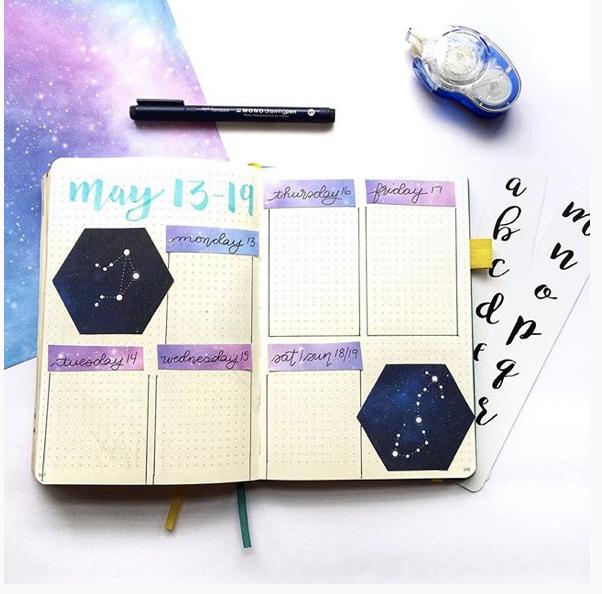

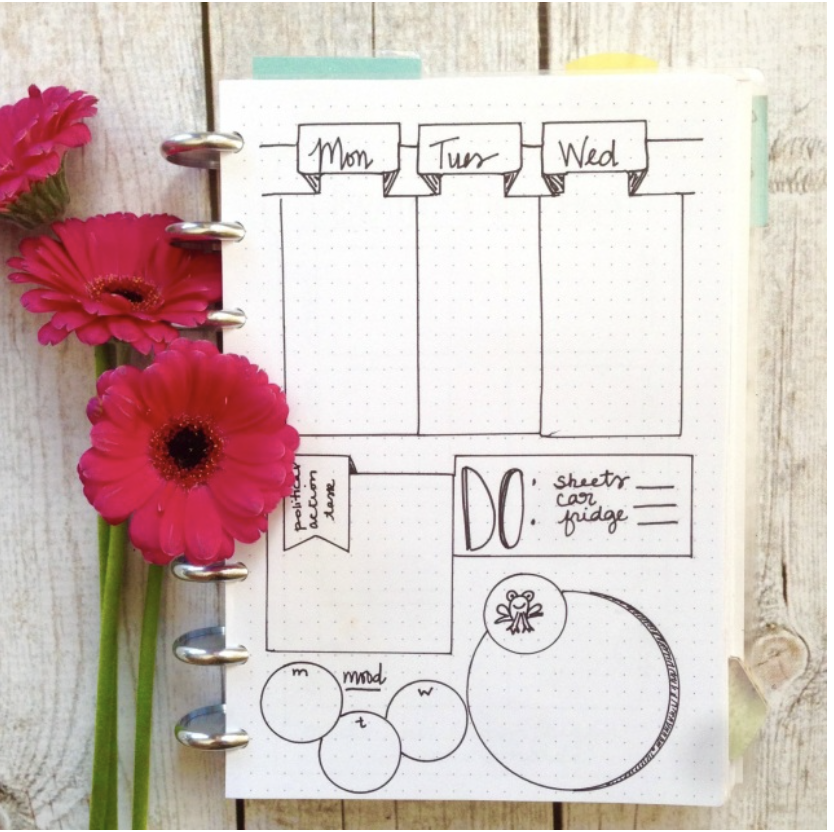
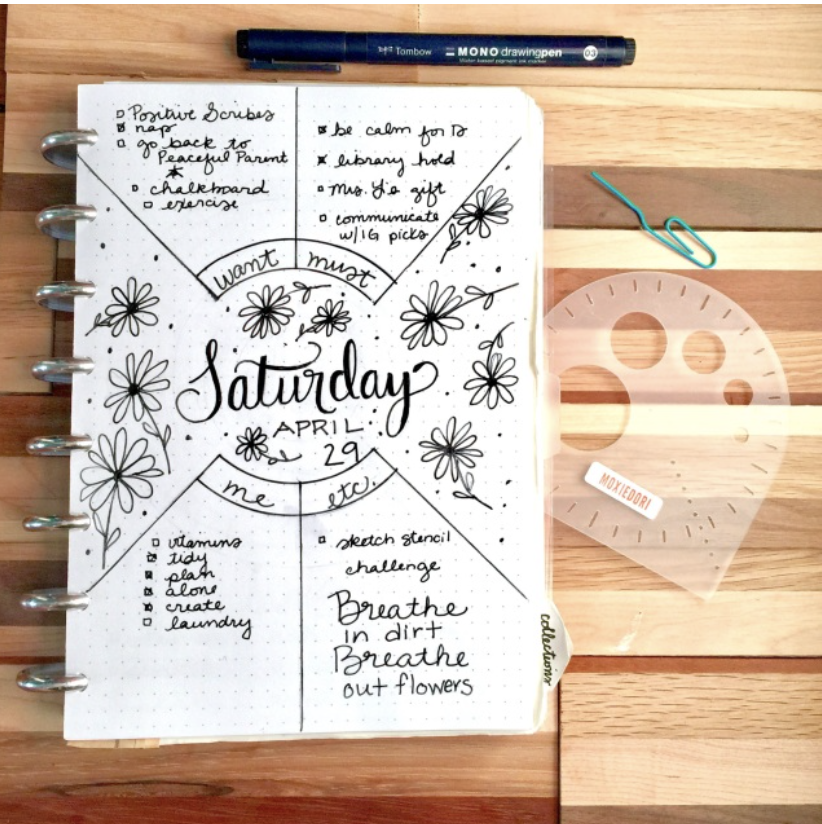
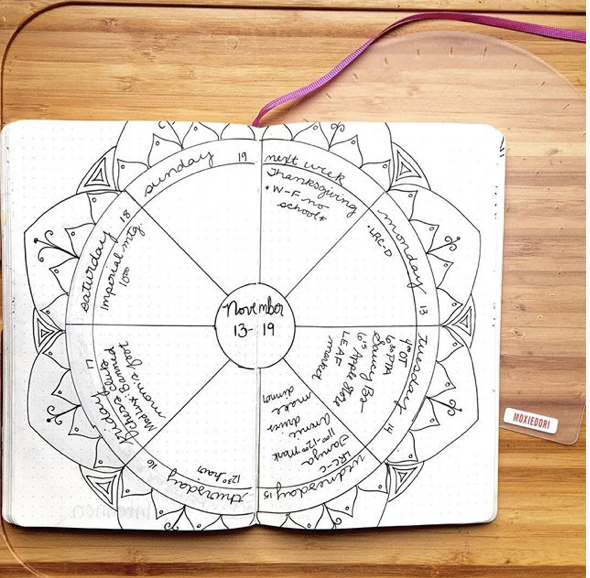

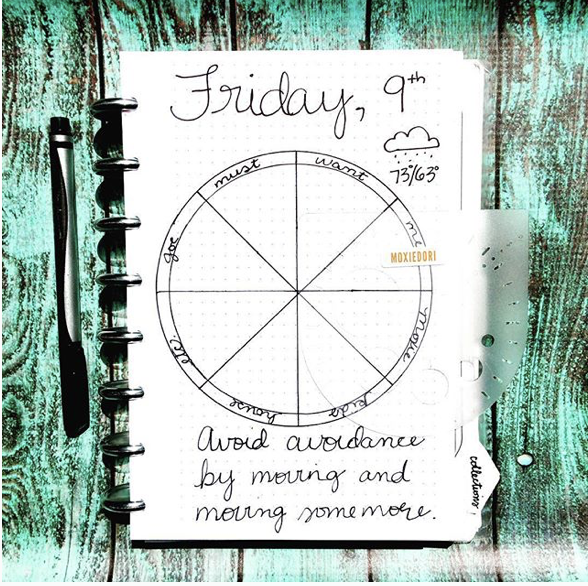
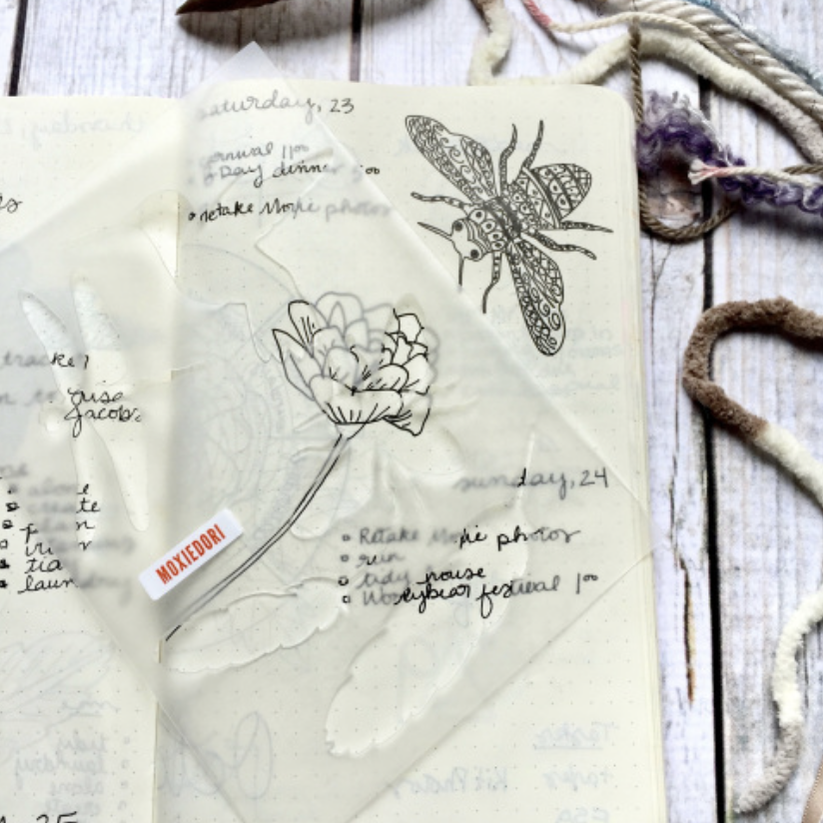
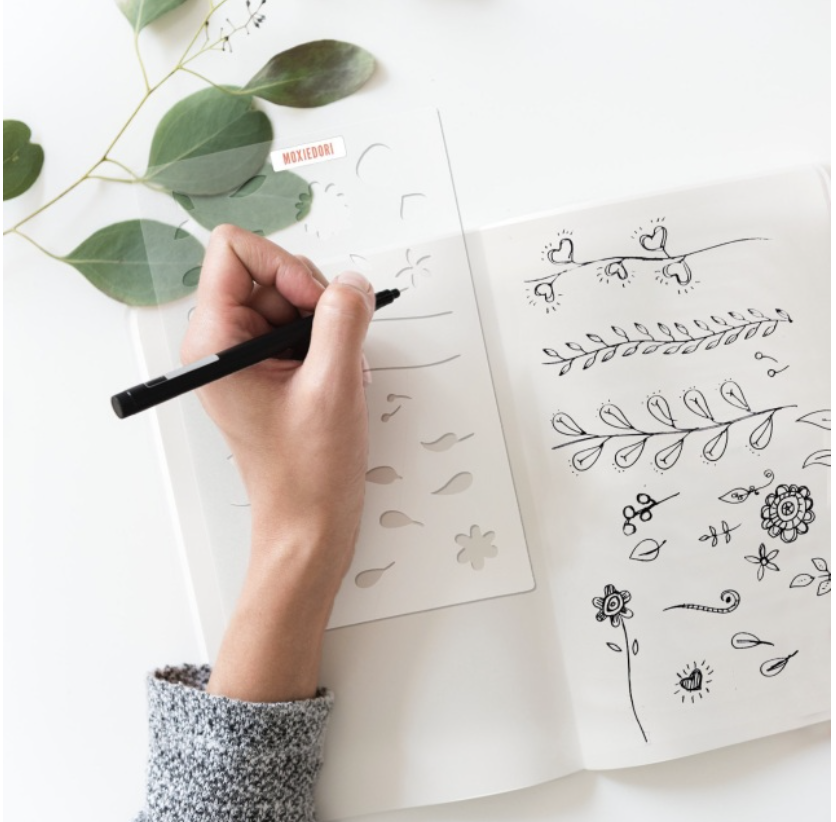
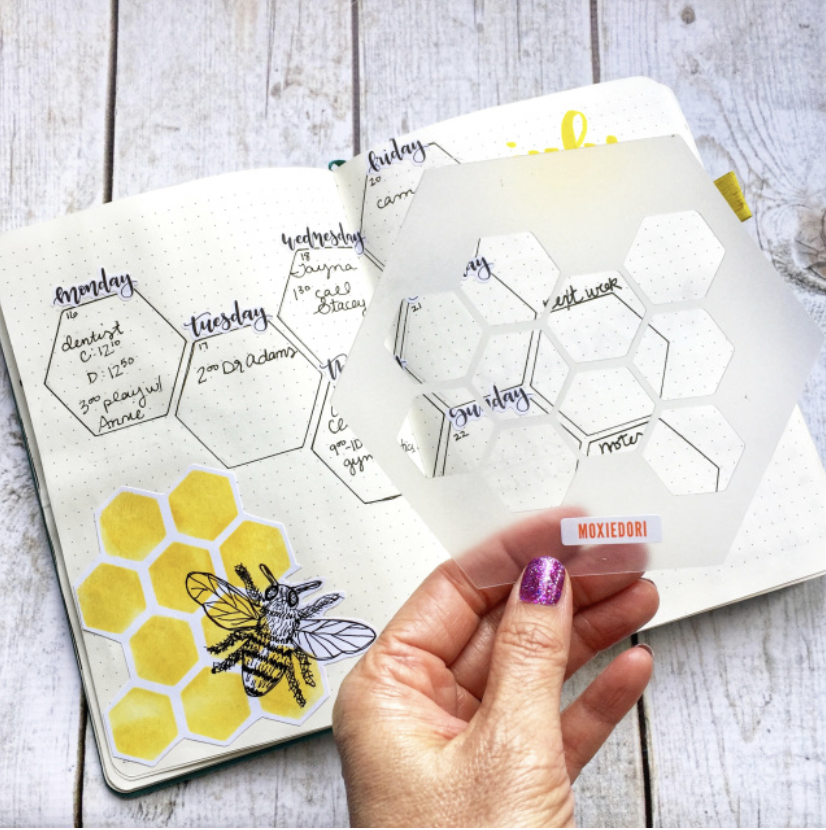

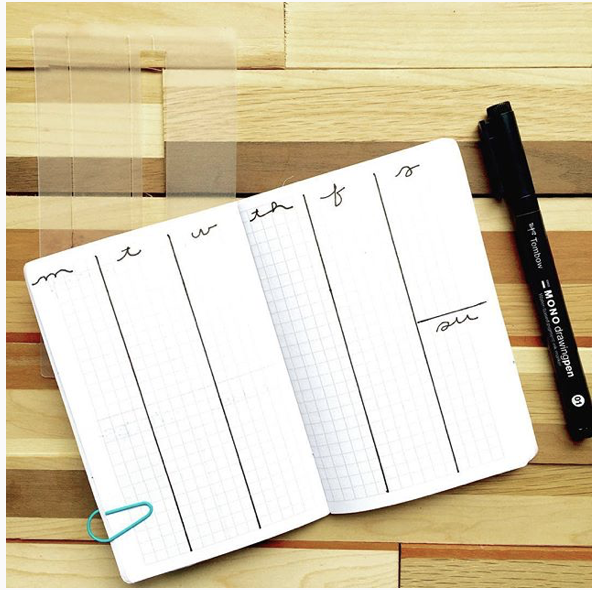
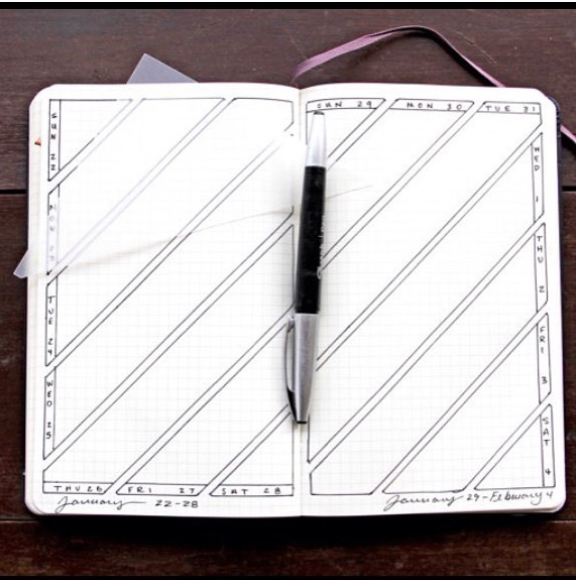

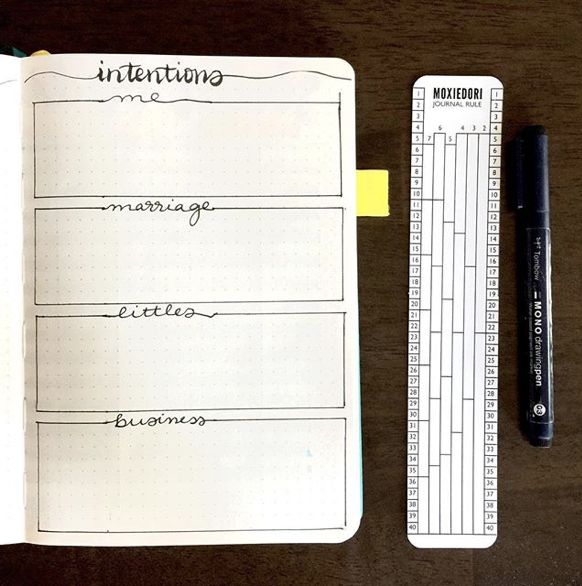
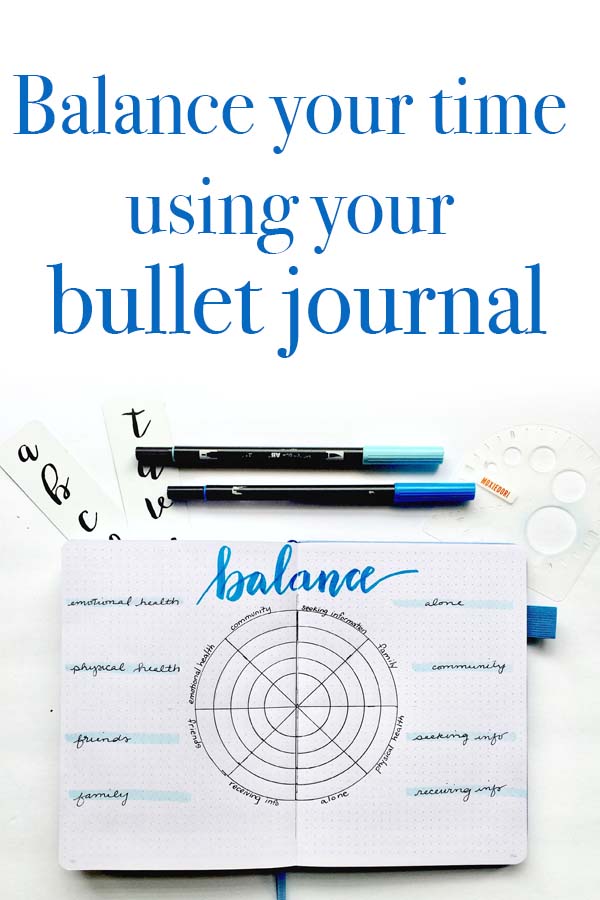
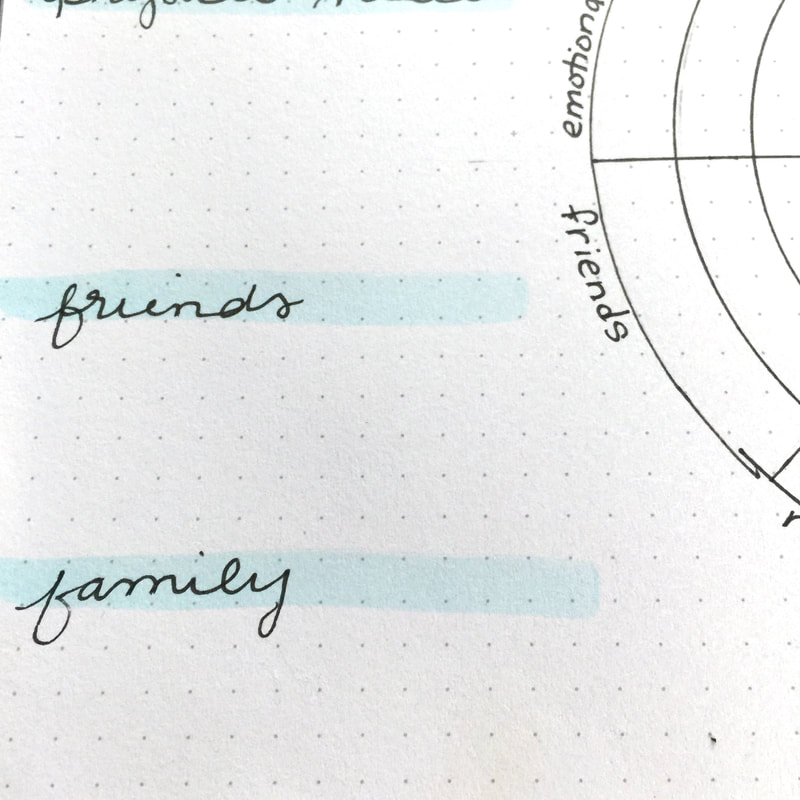
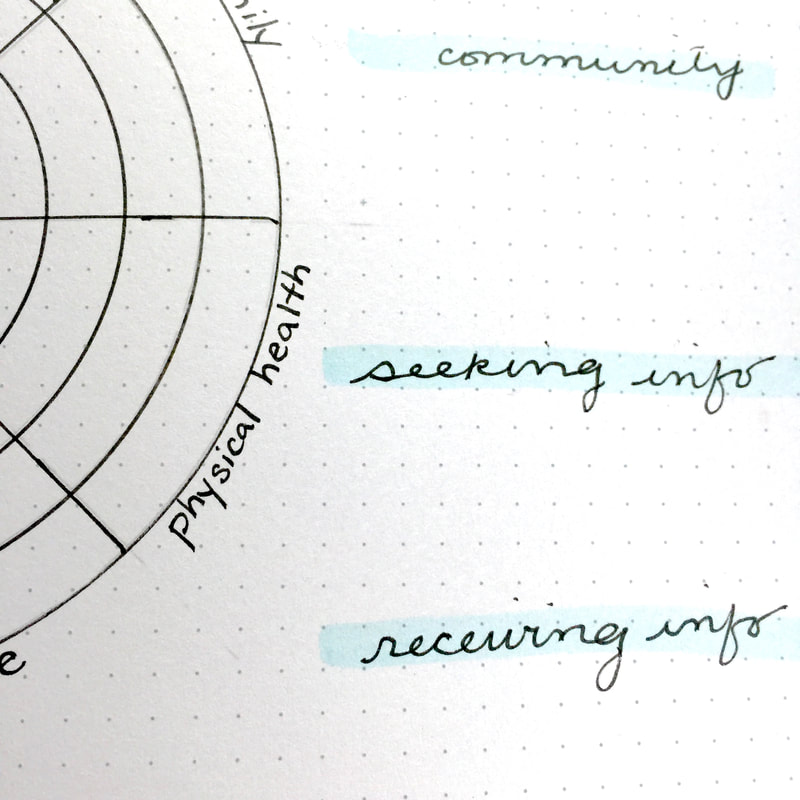
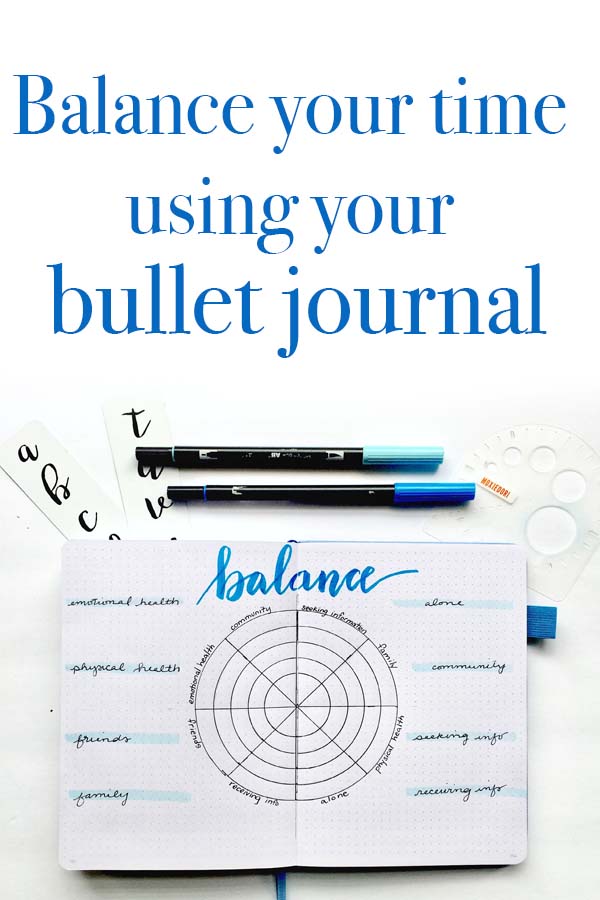
 RSS Feed
RSS Feed